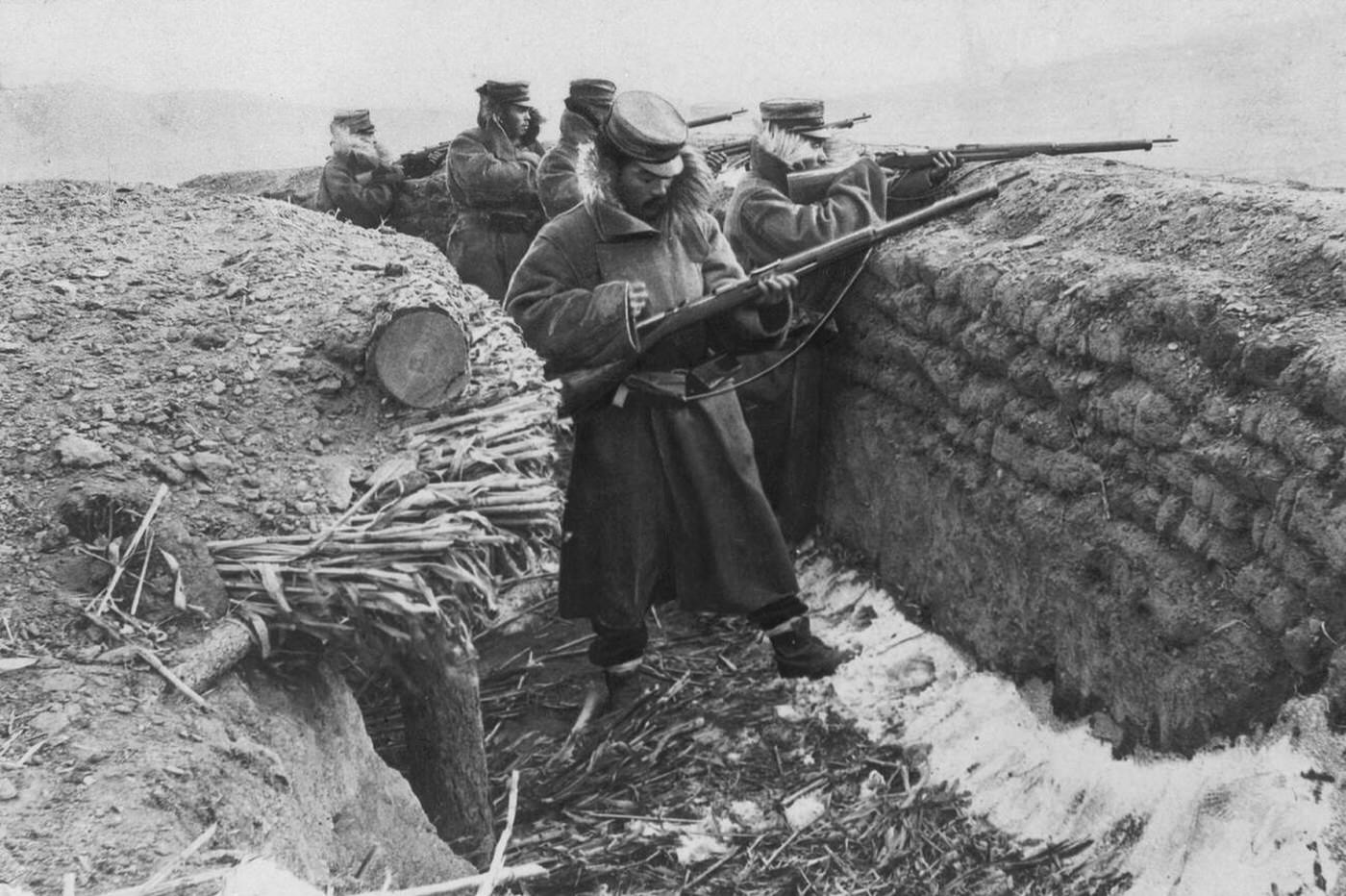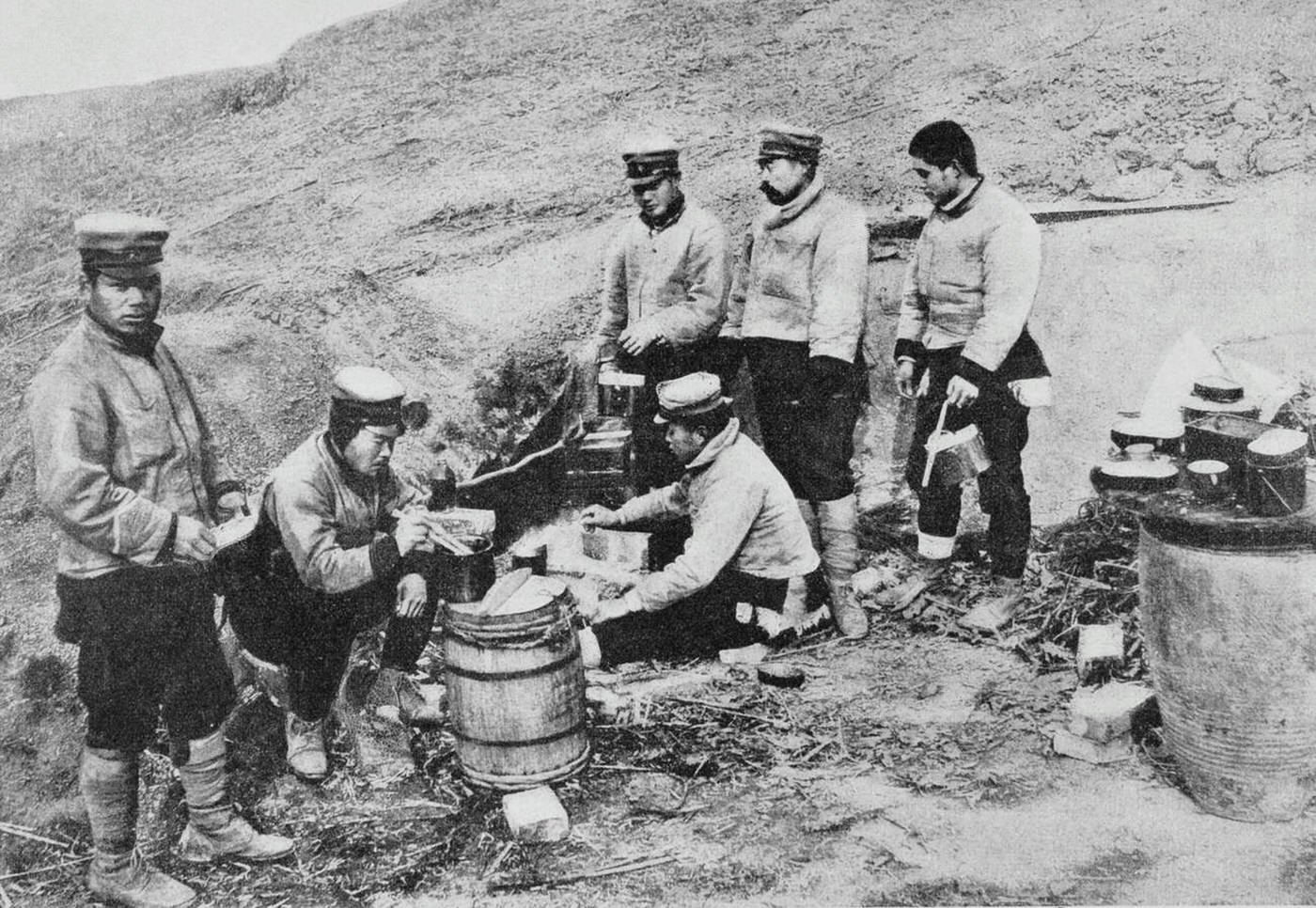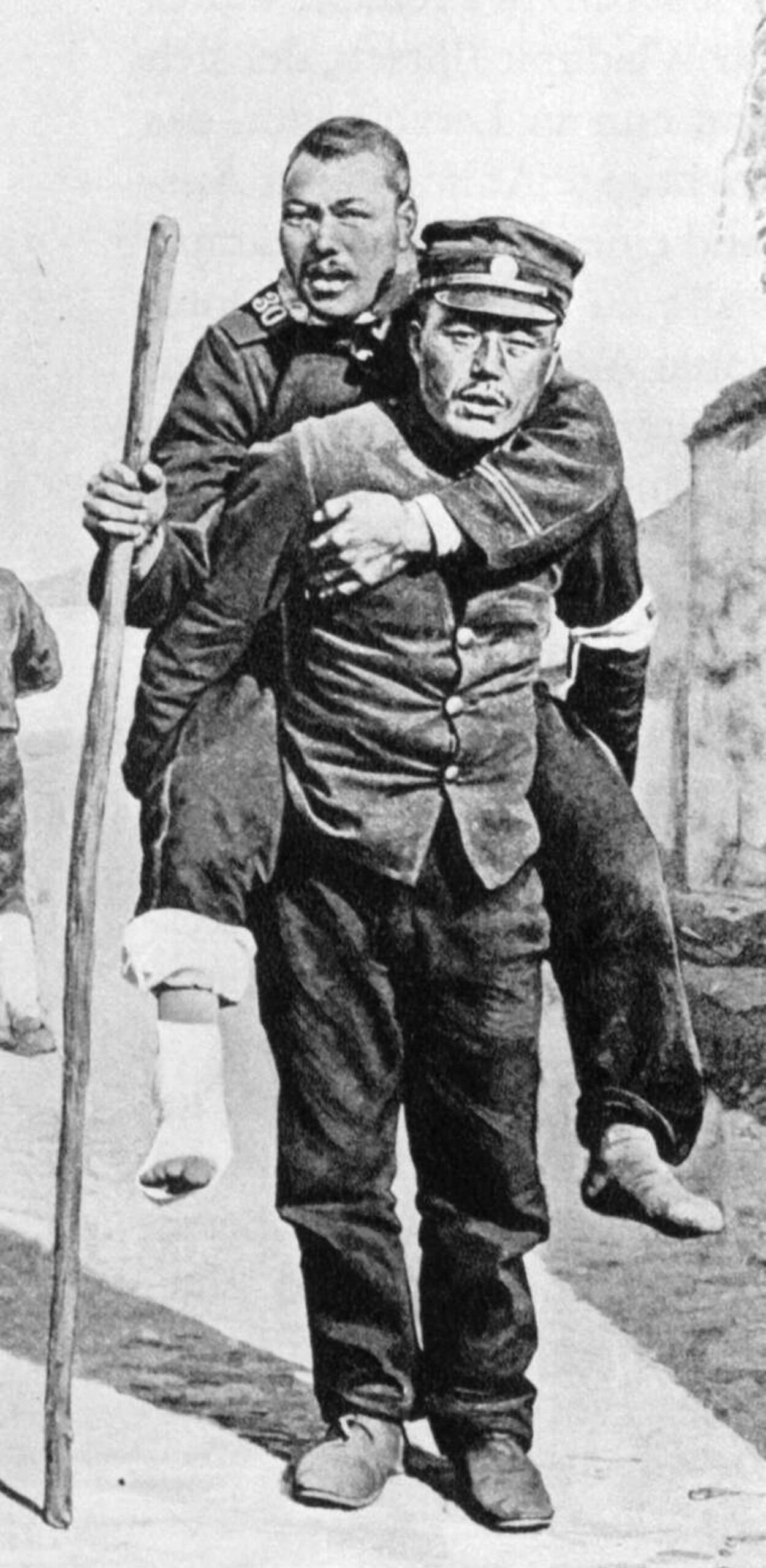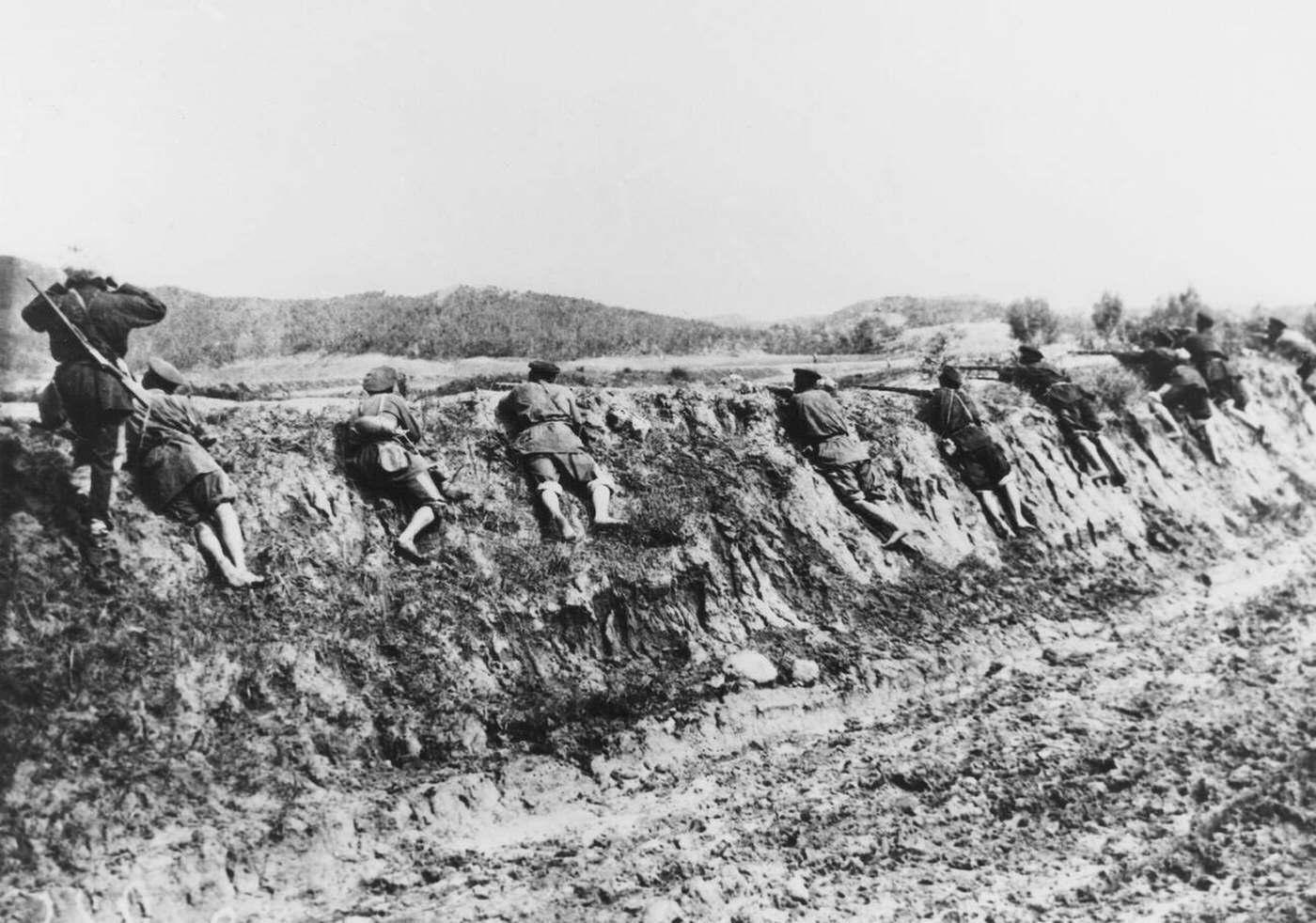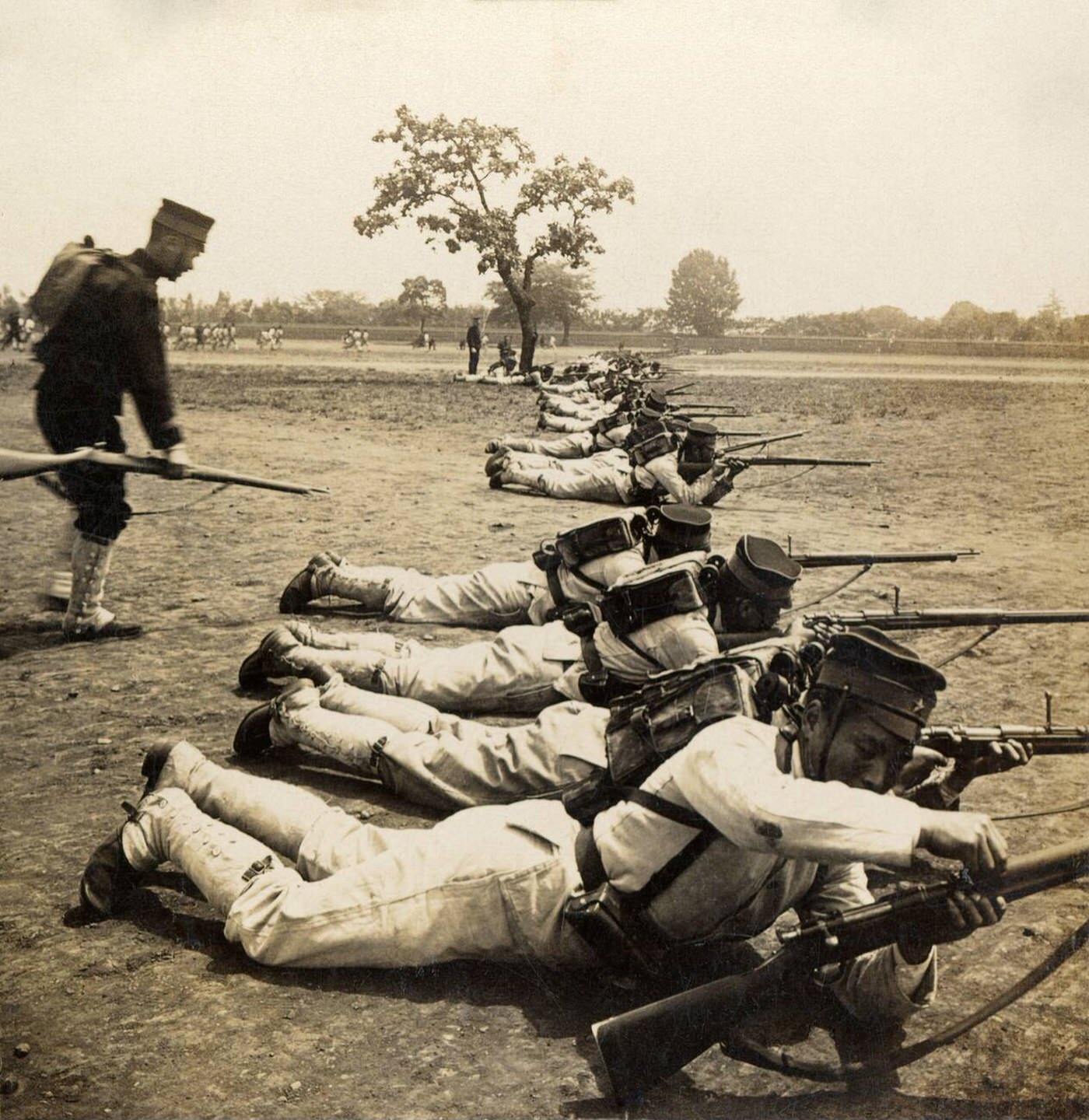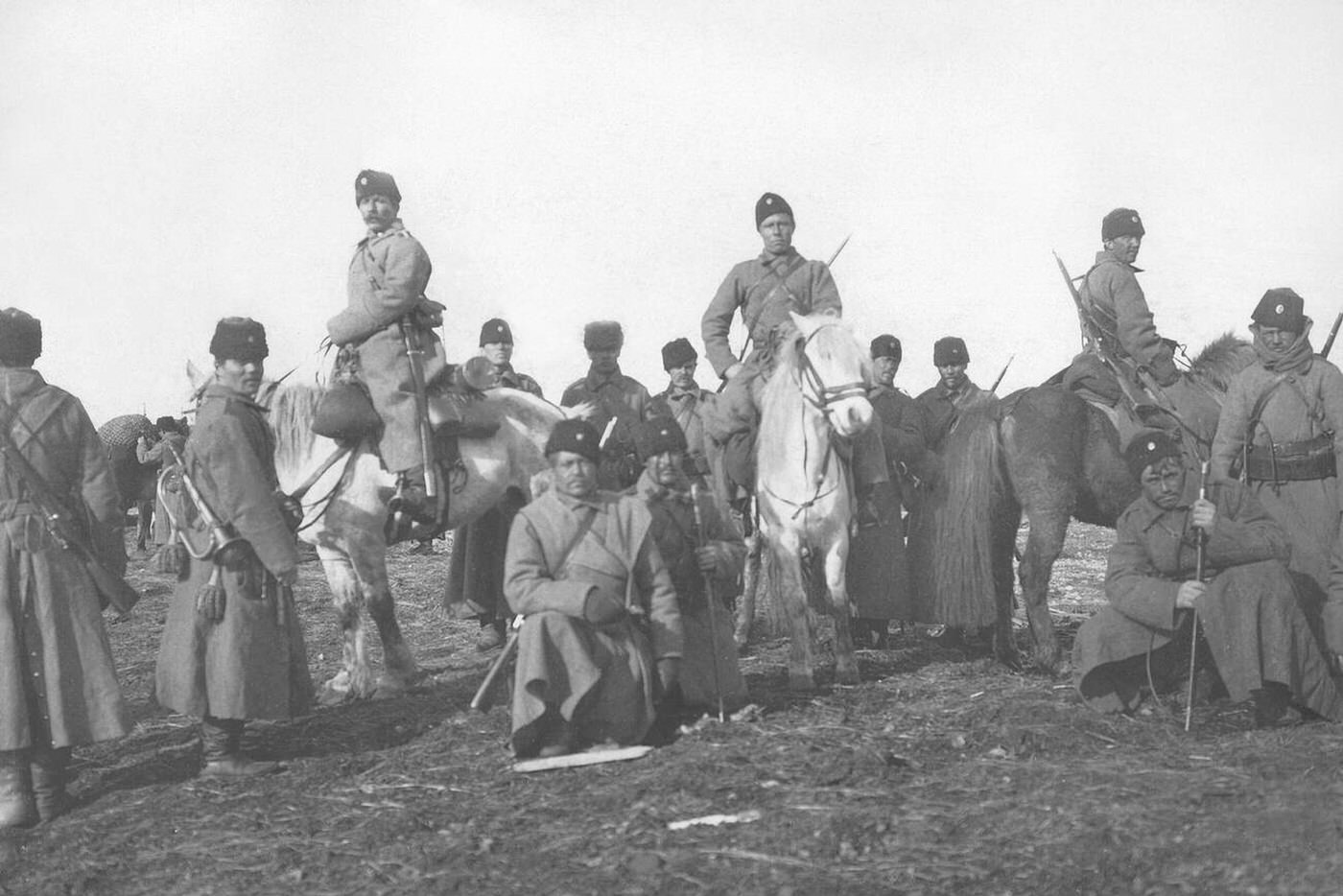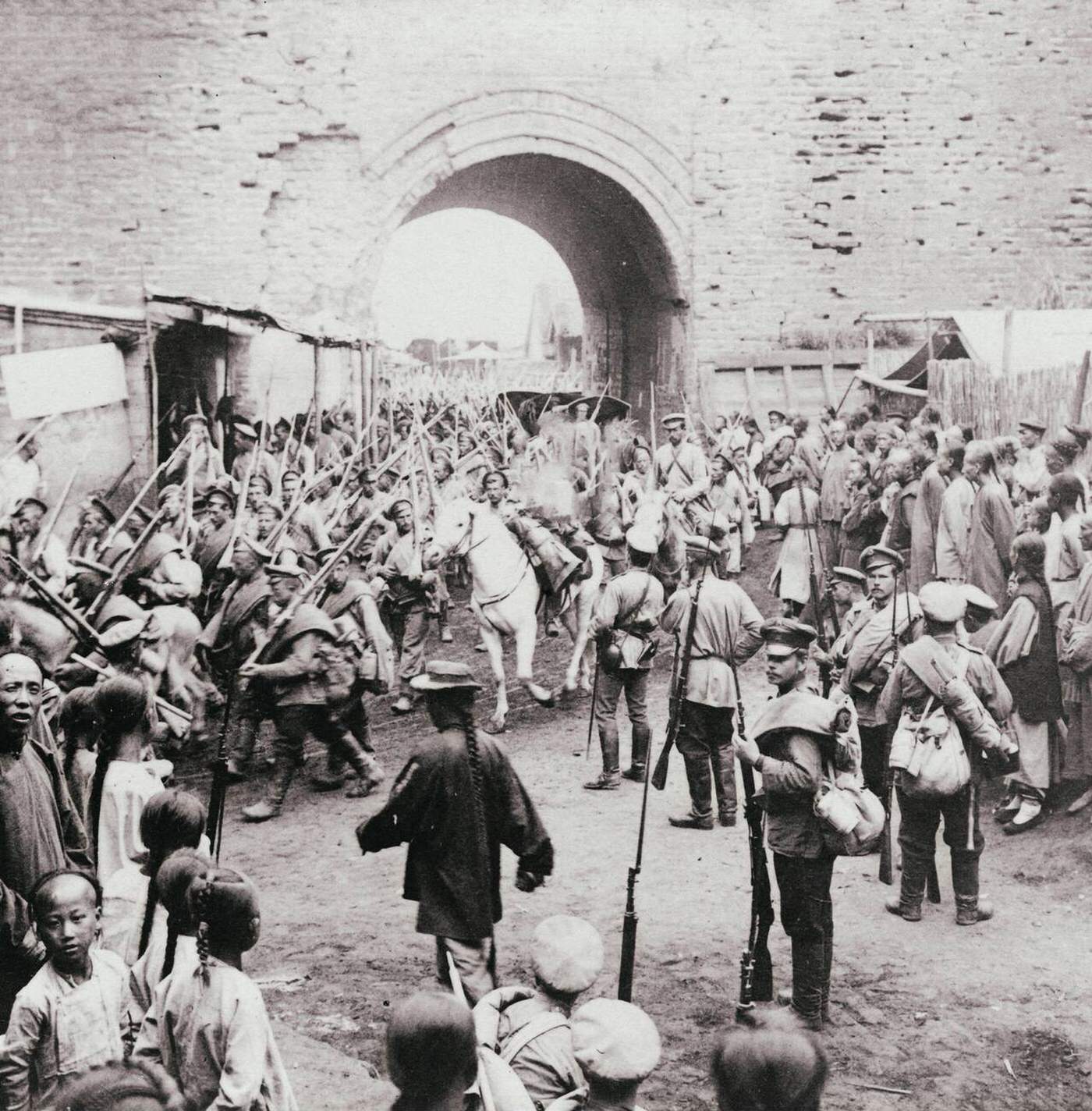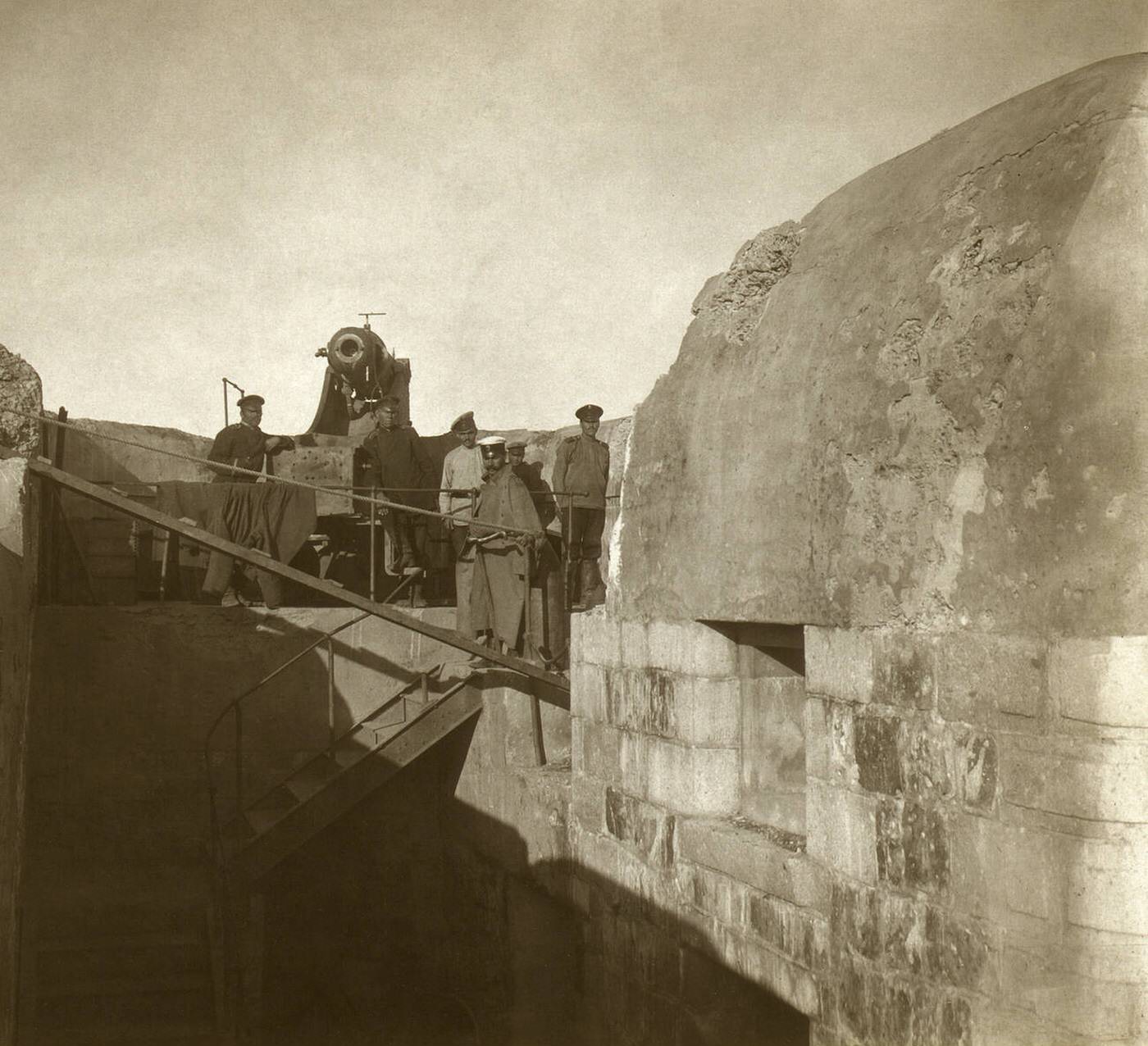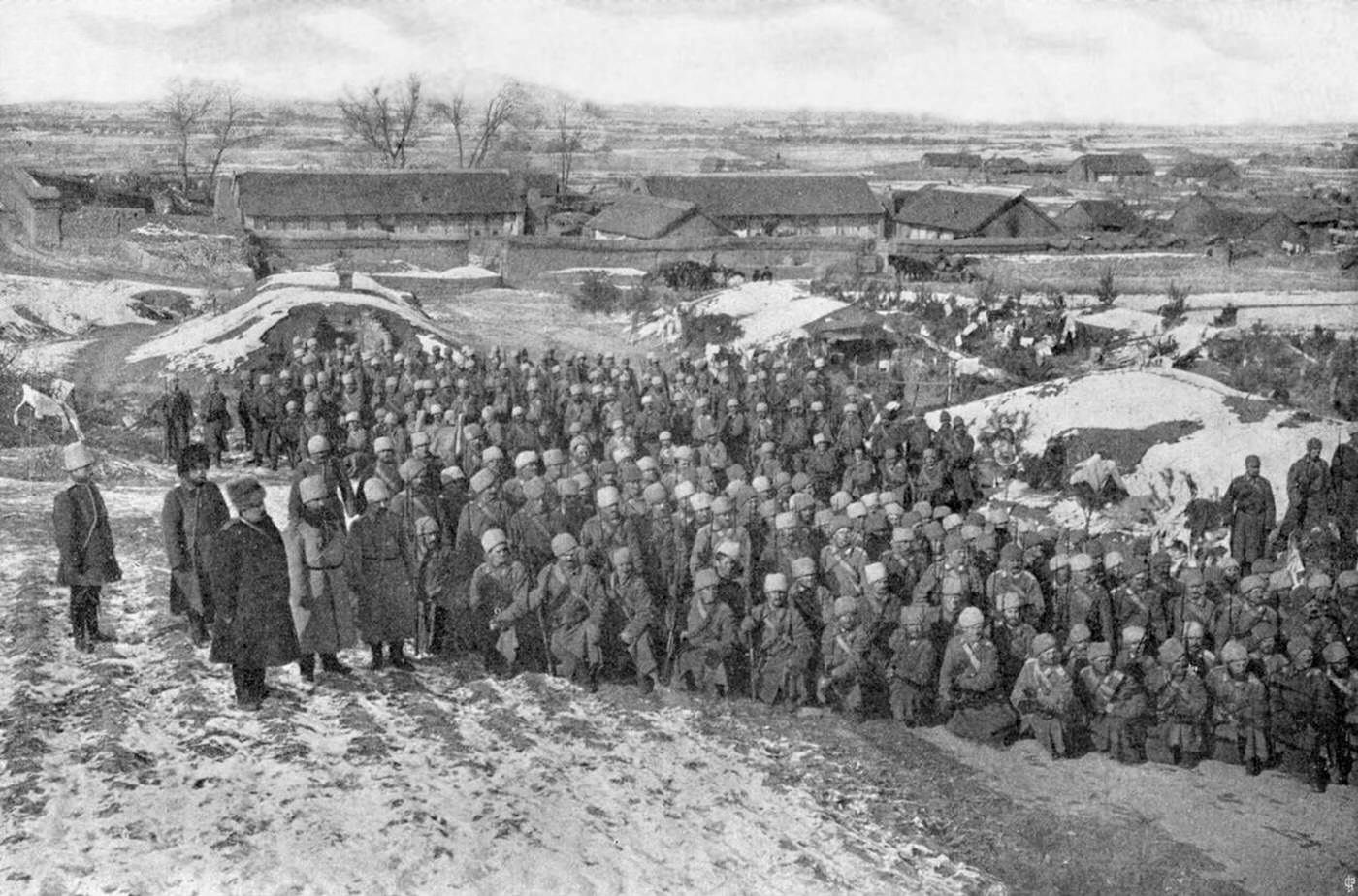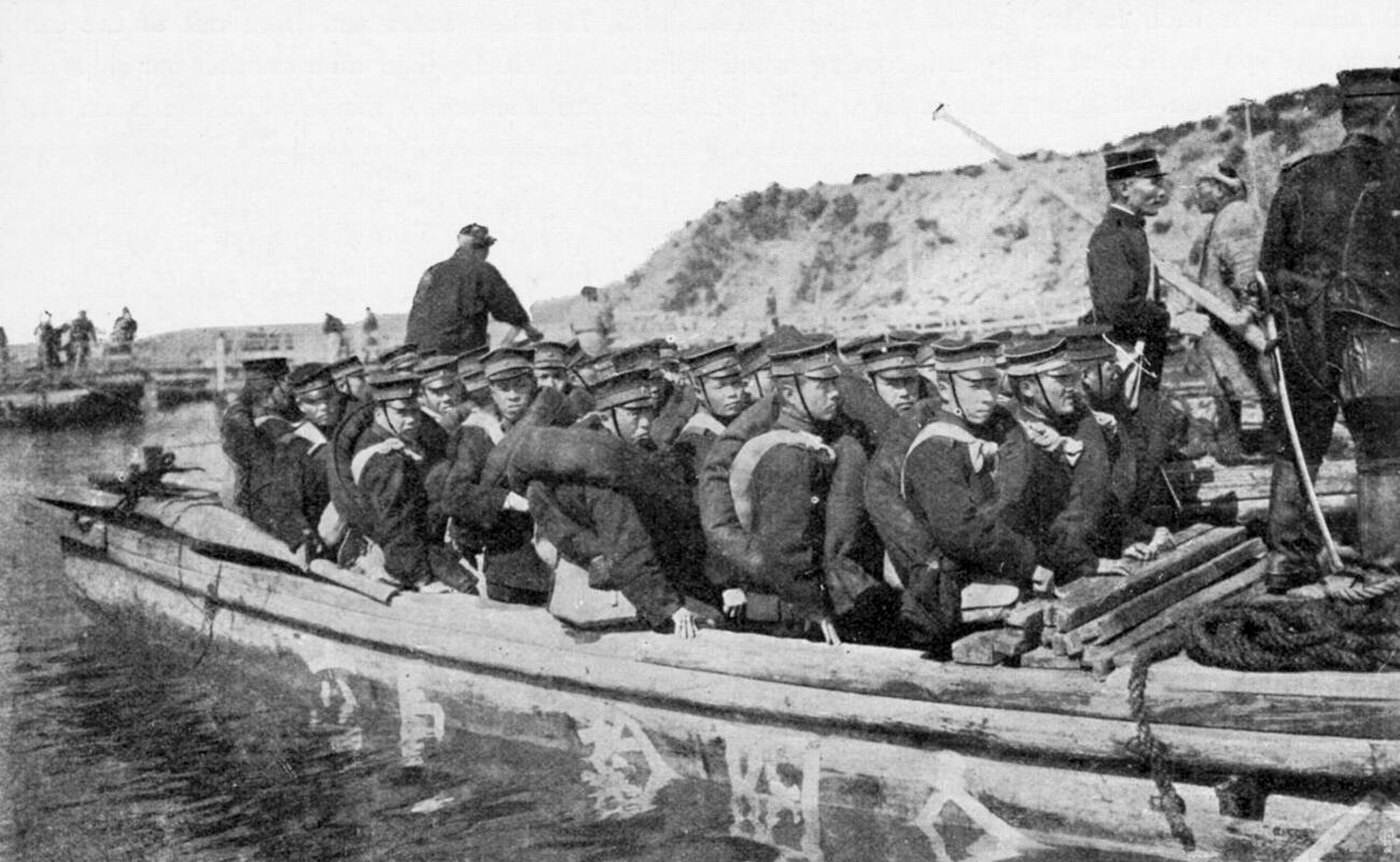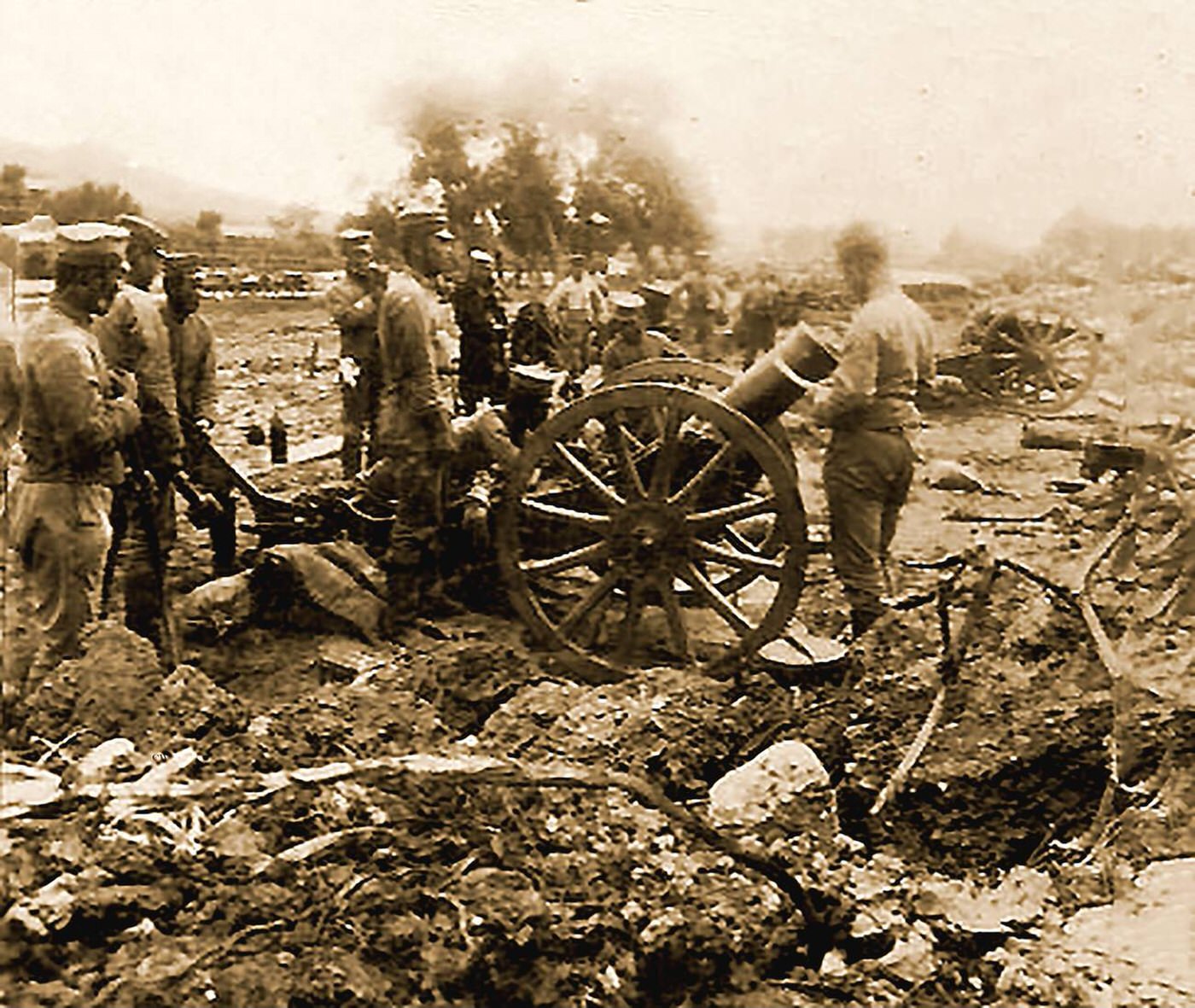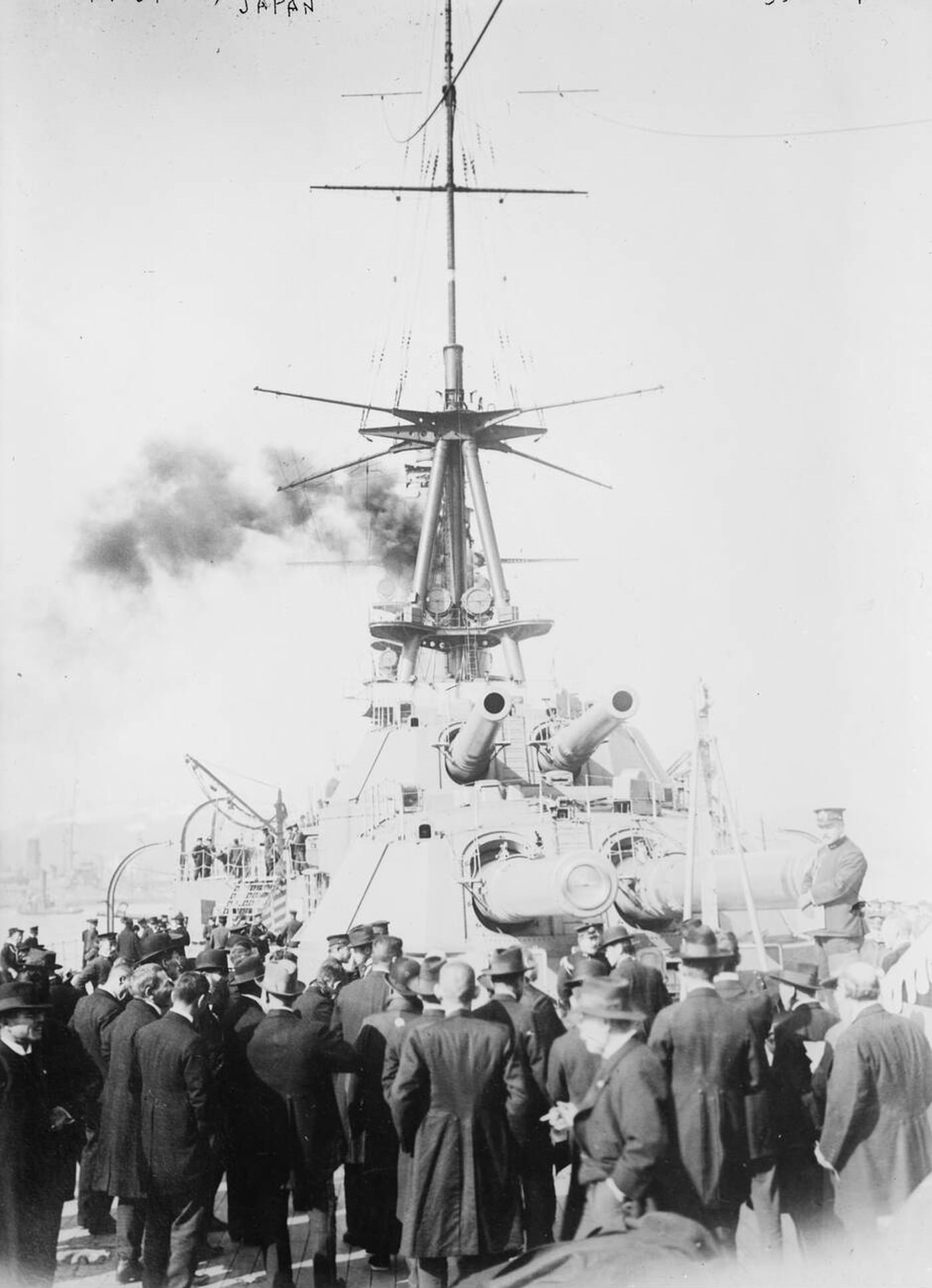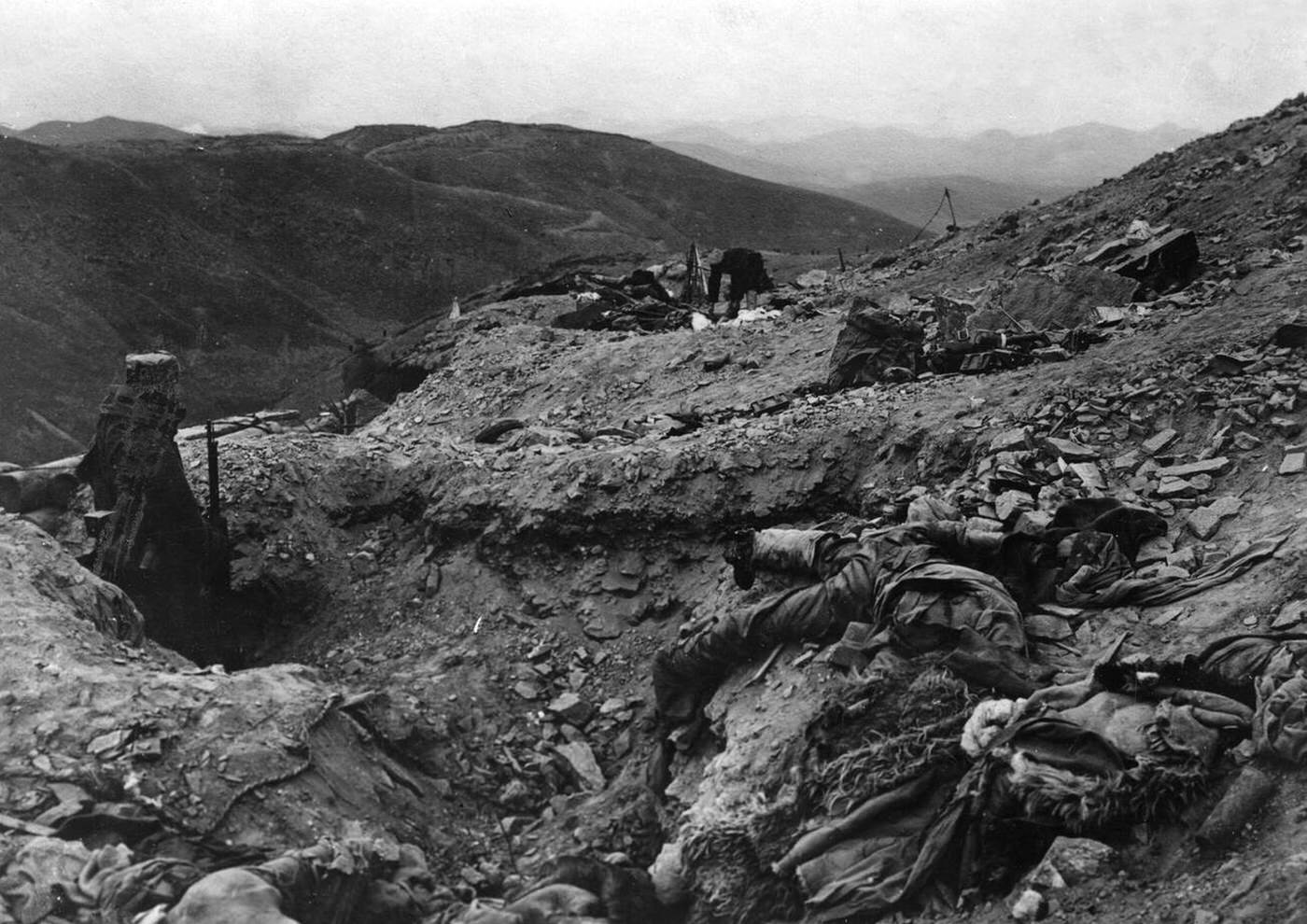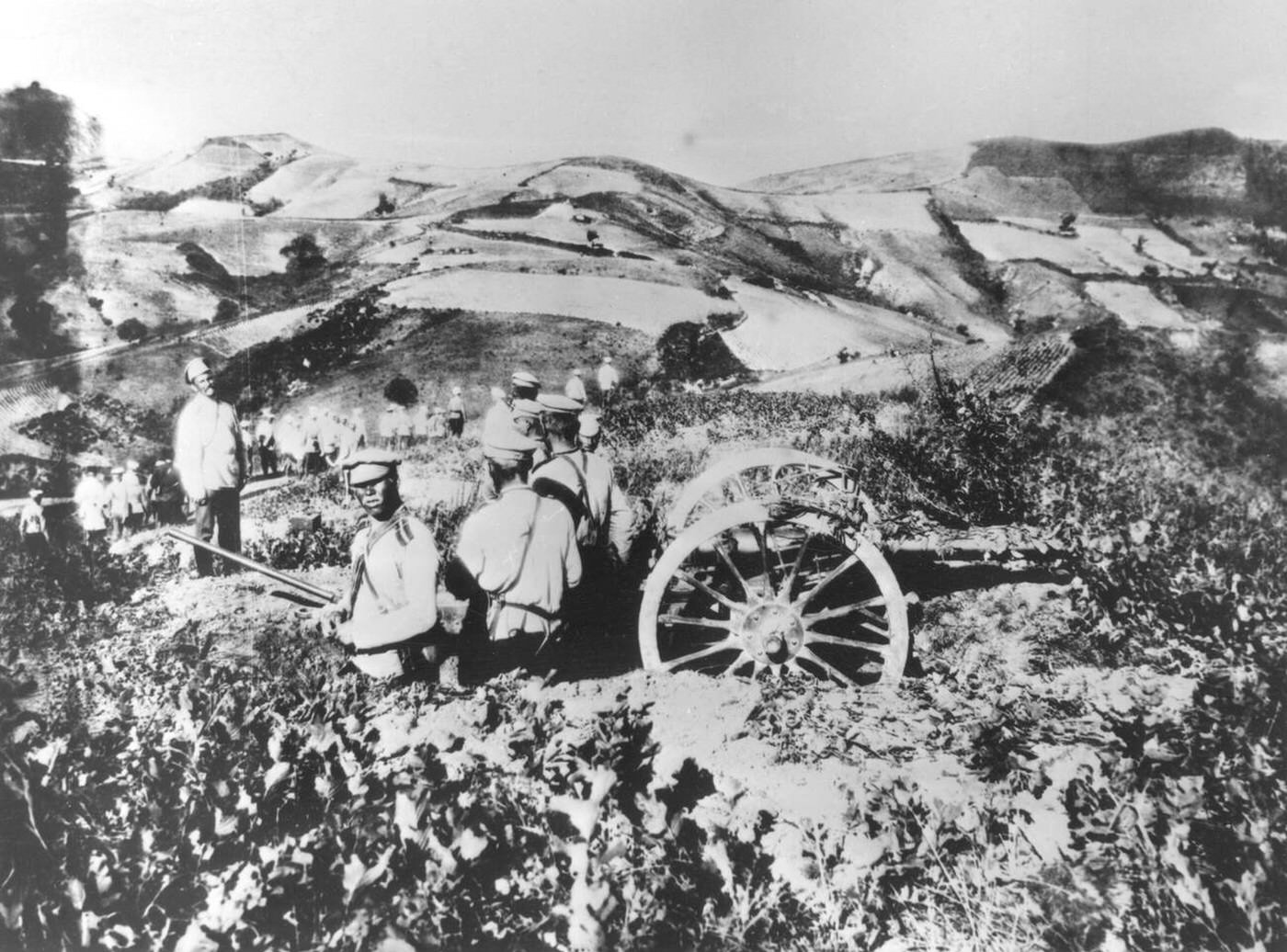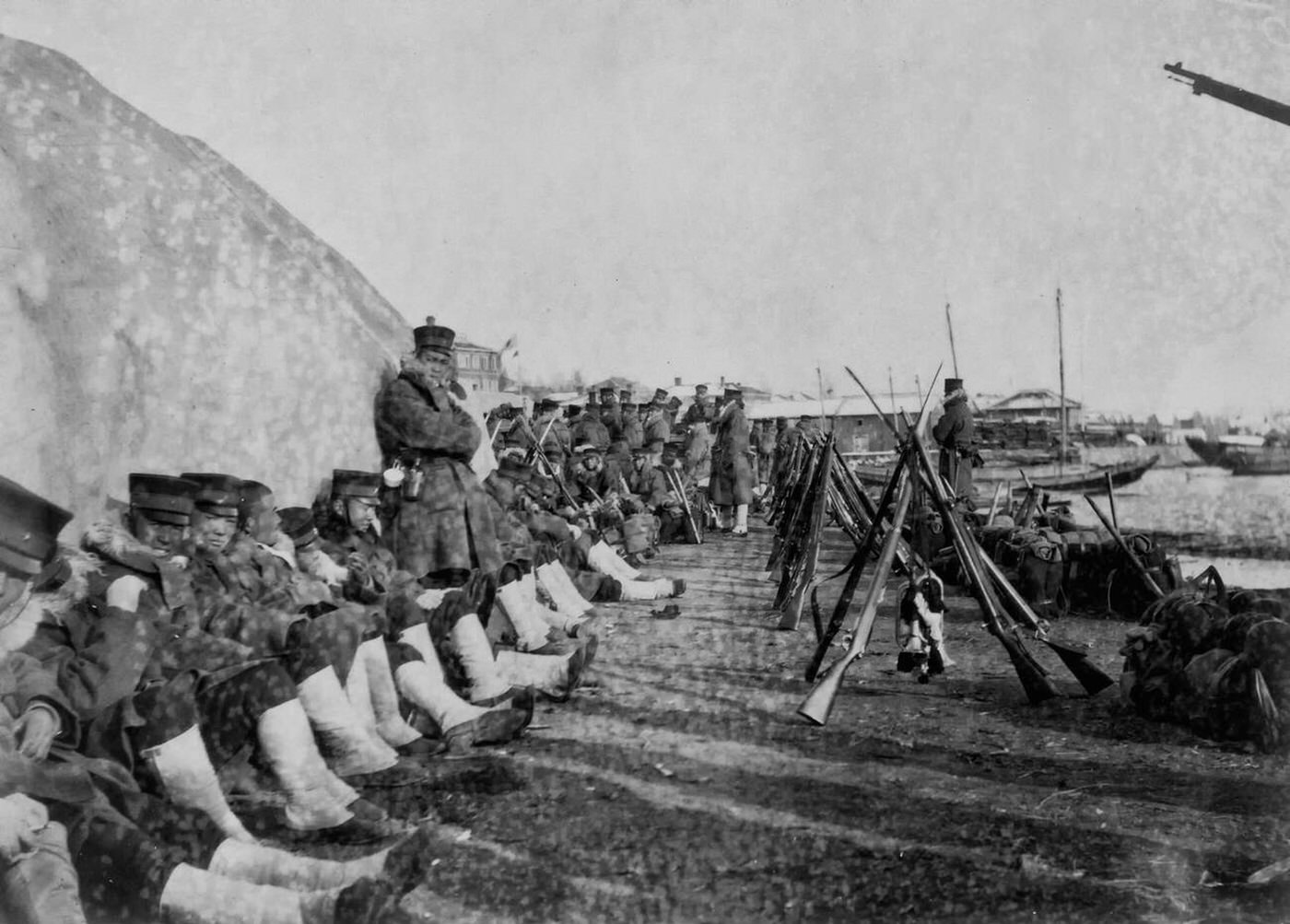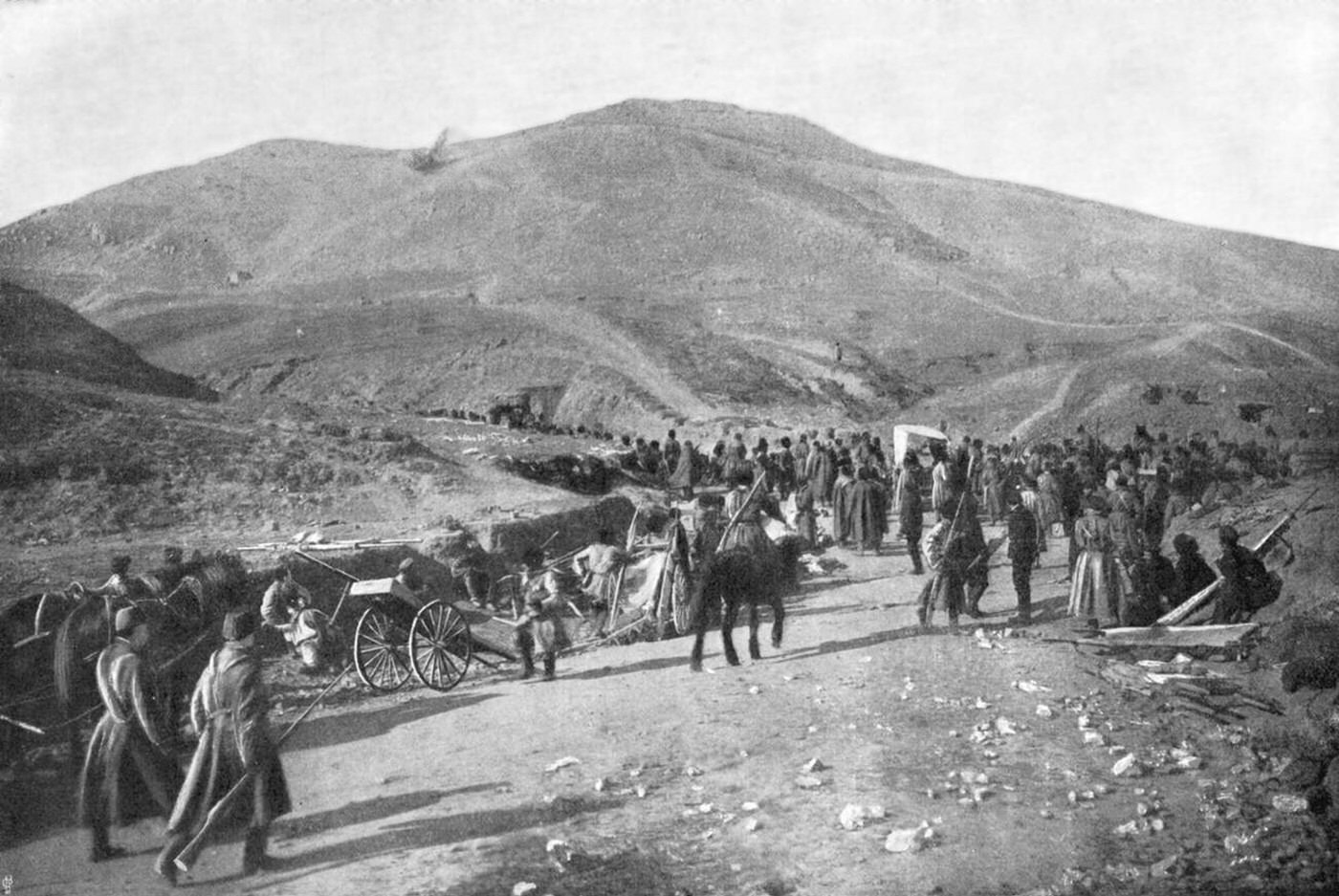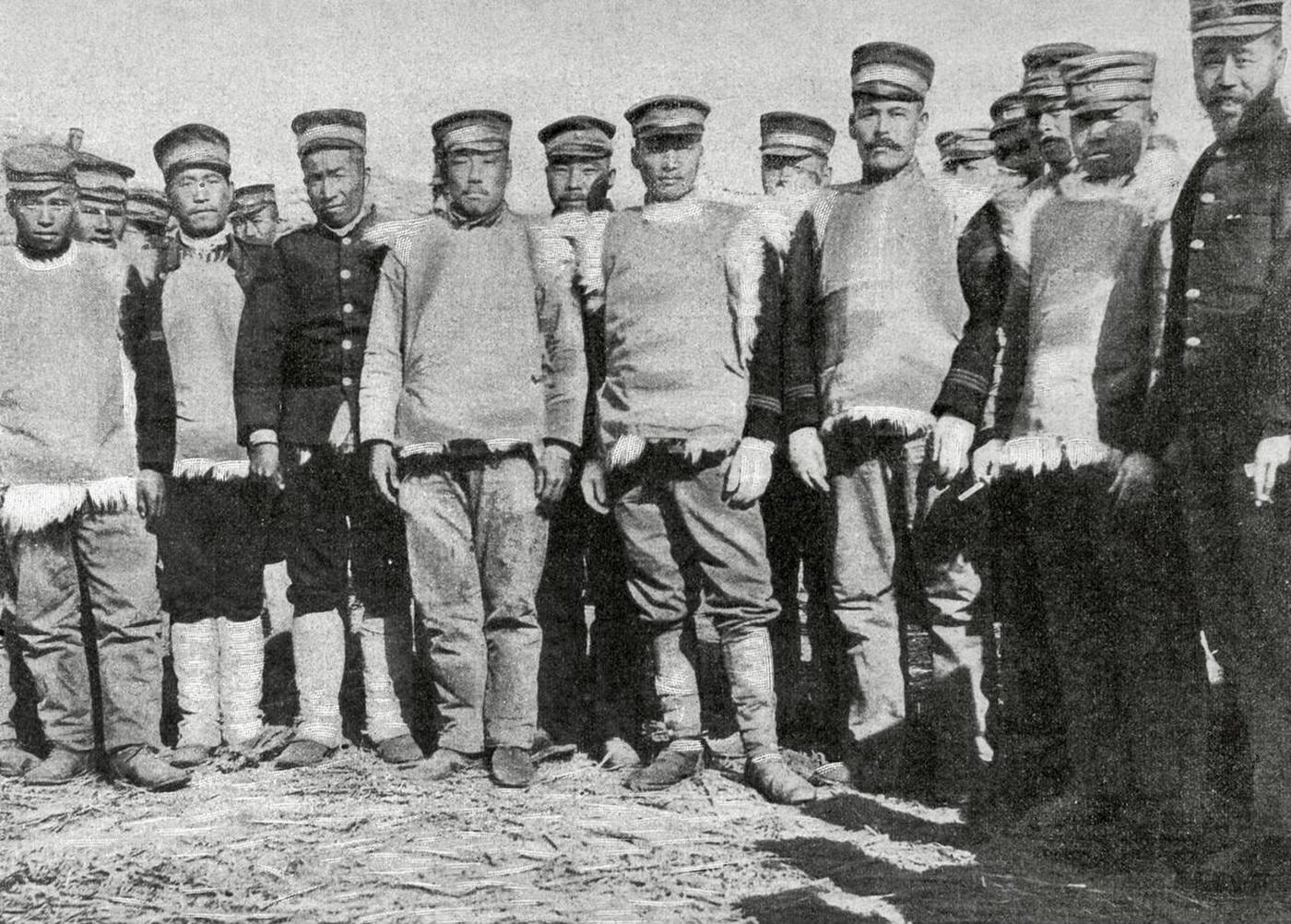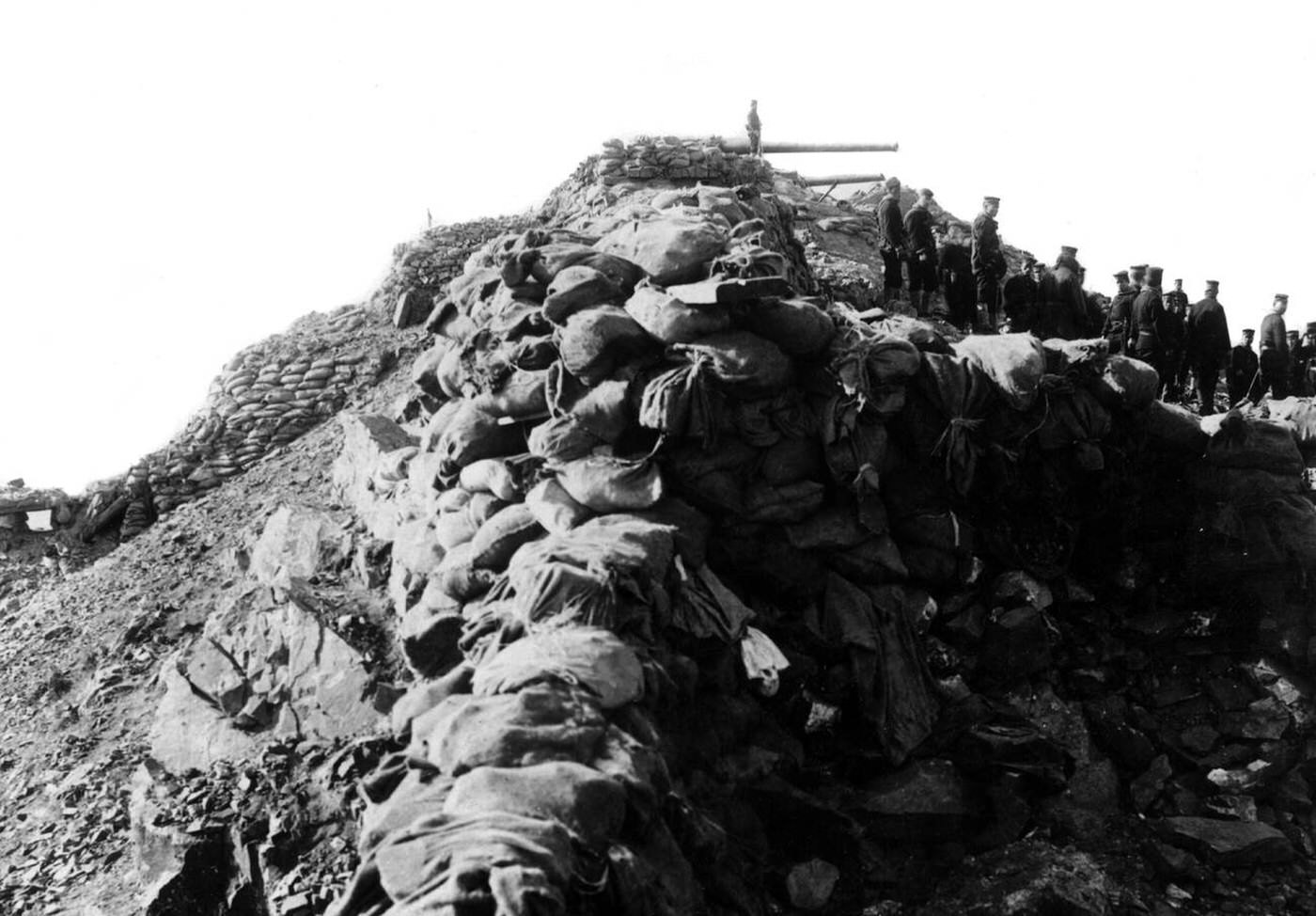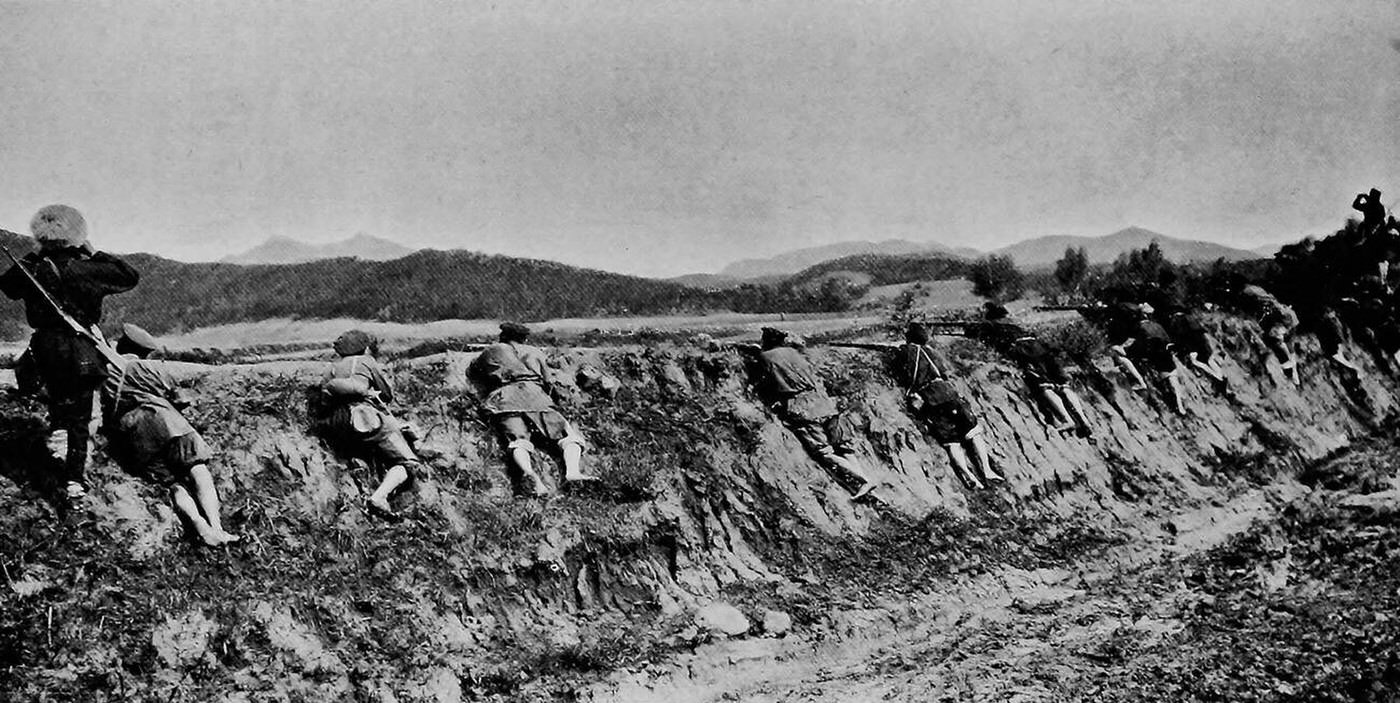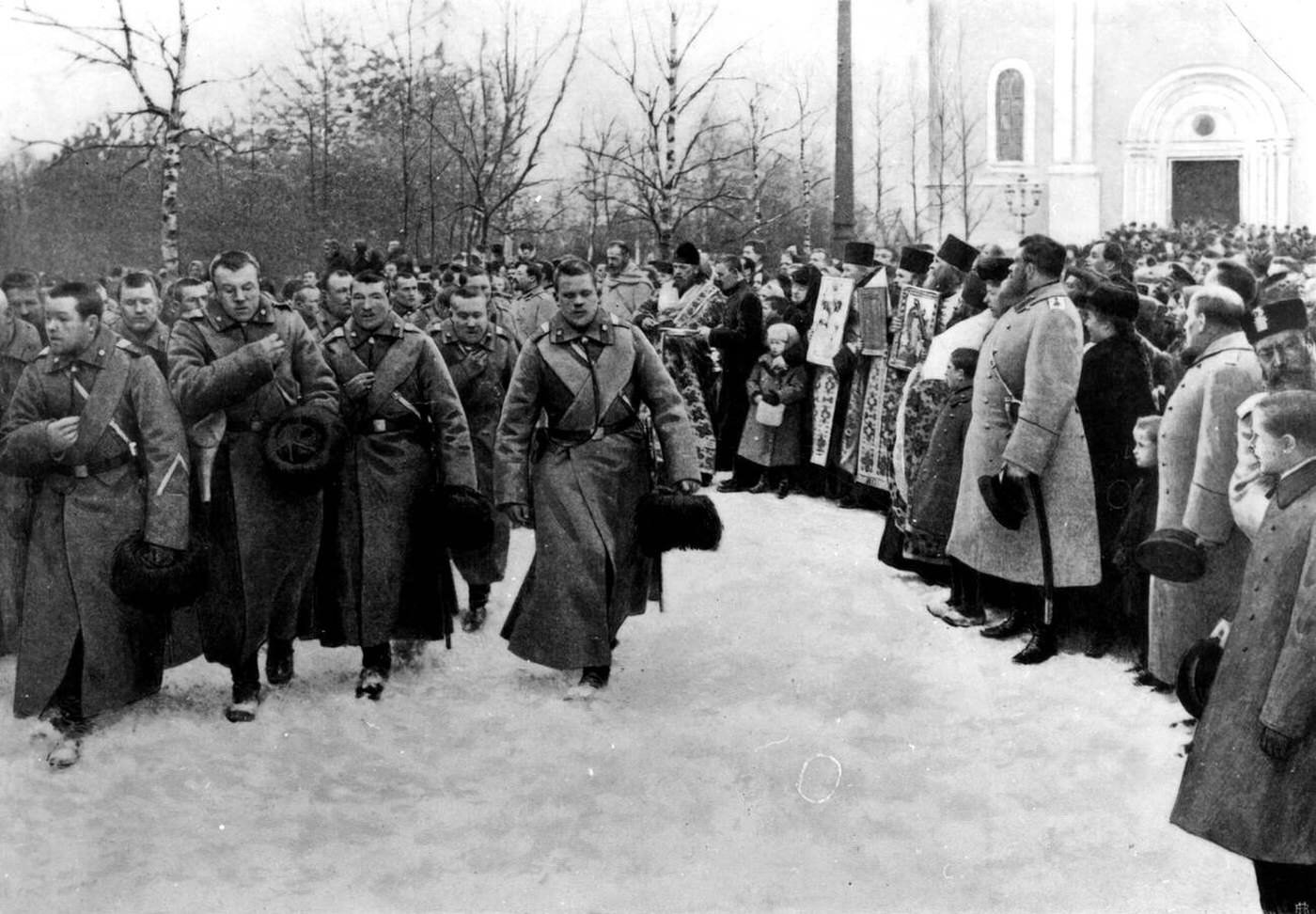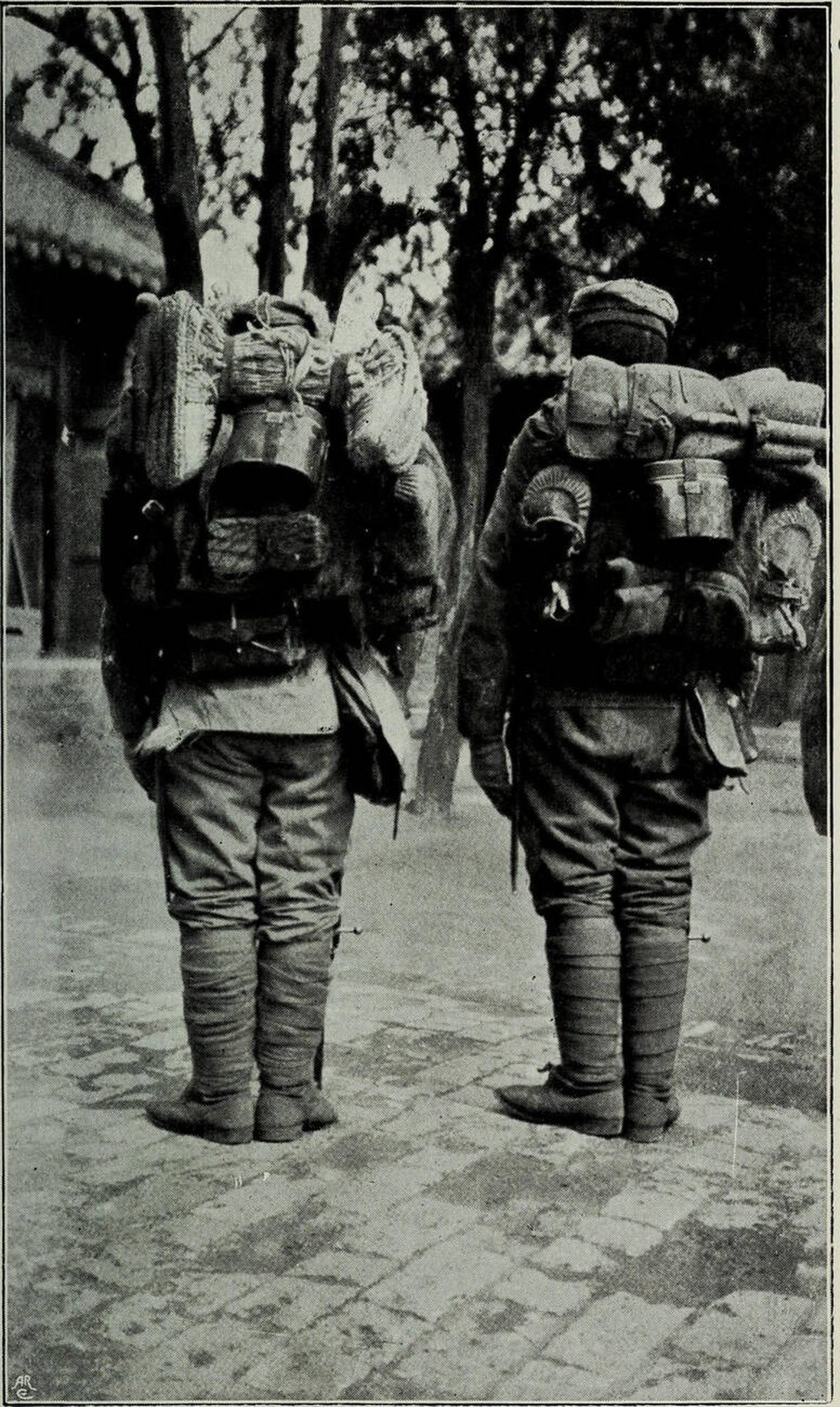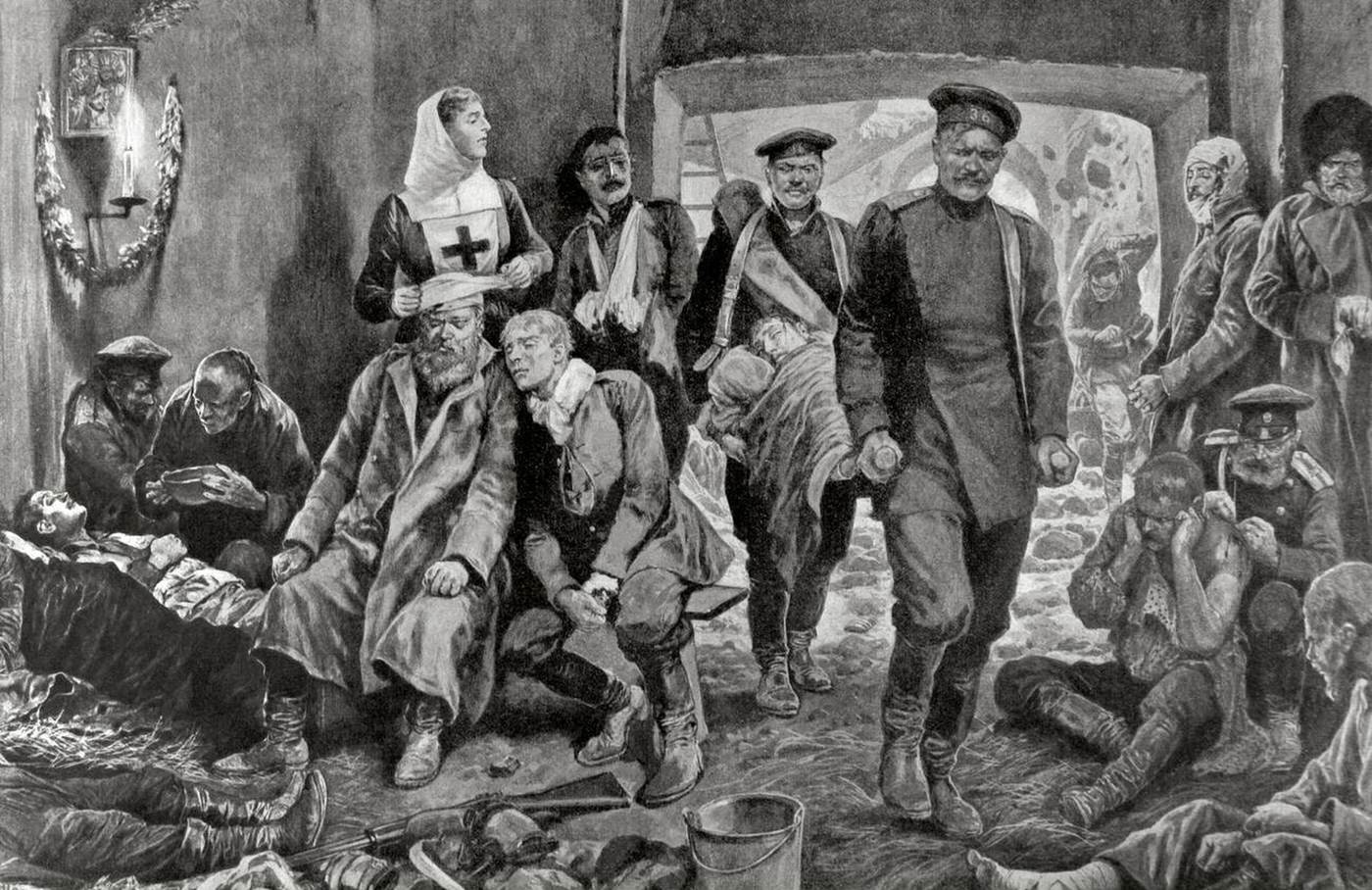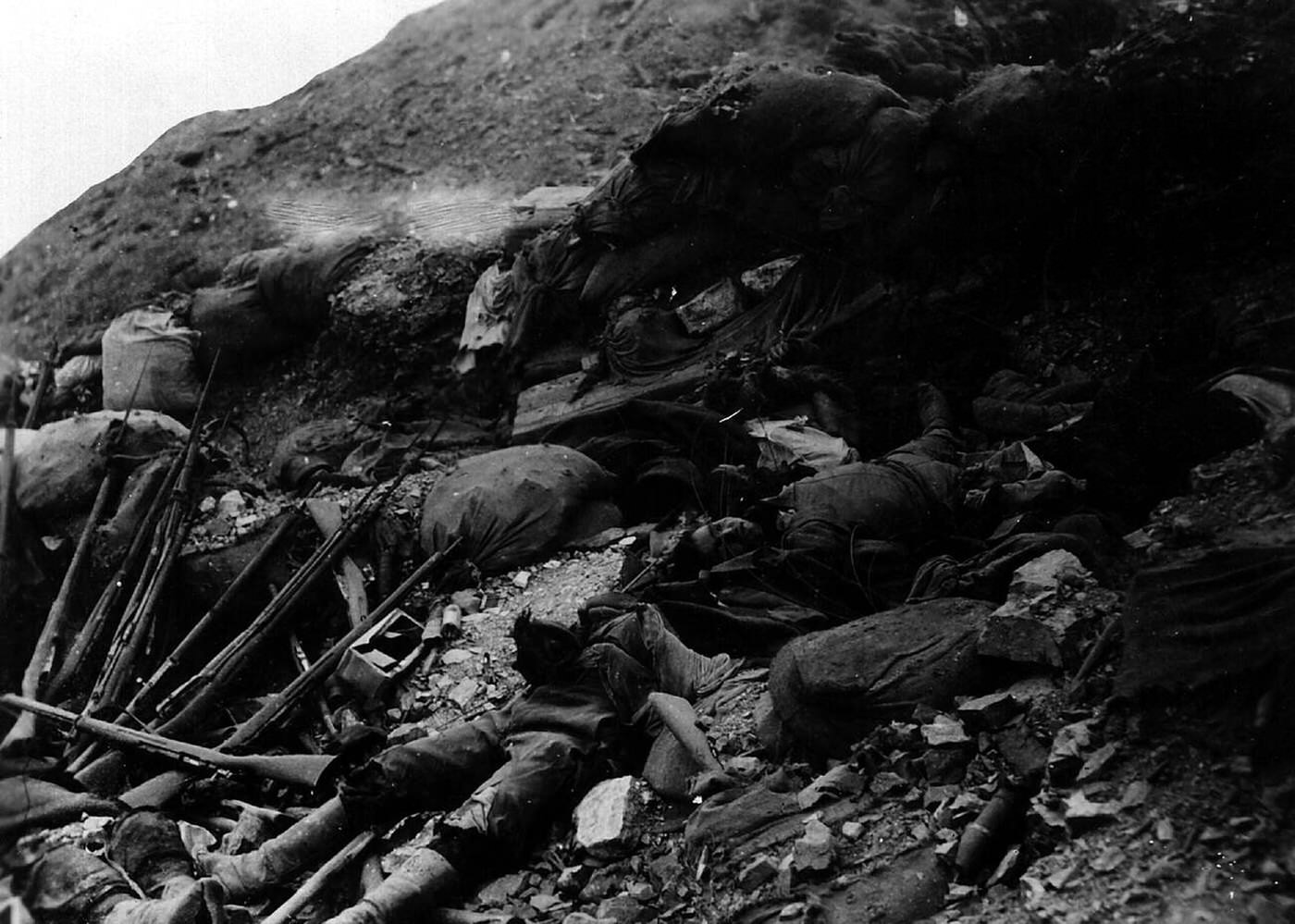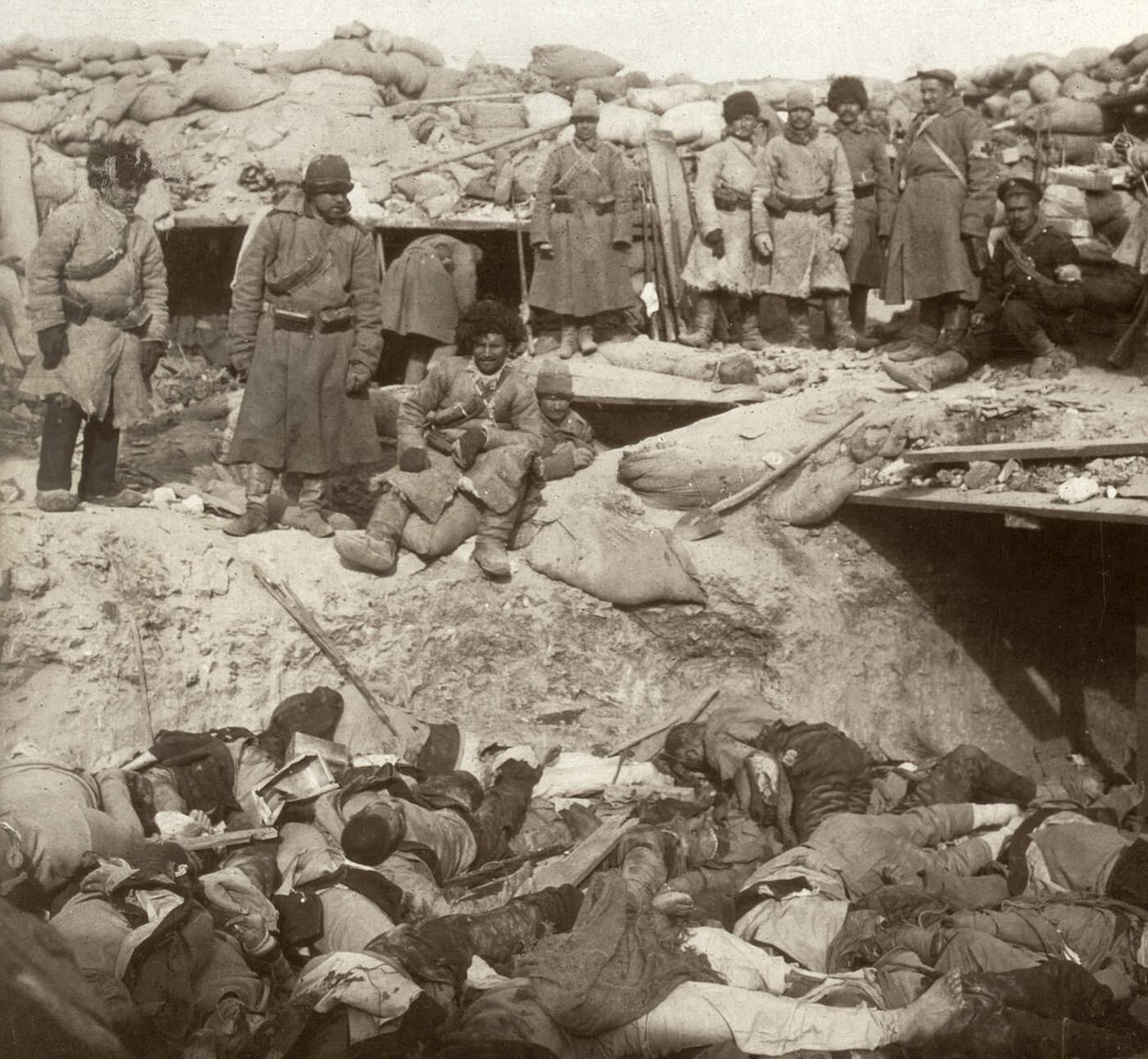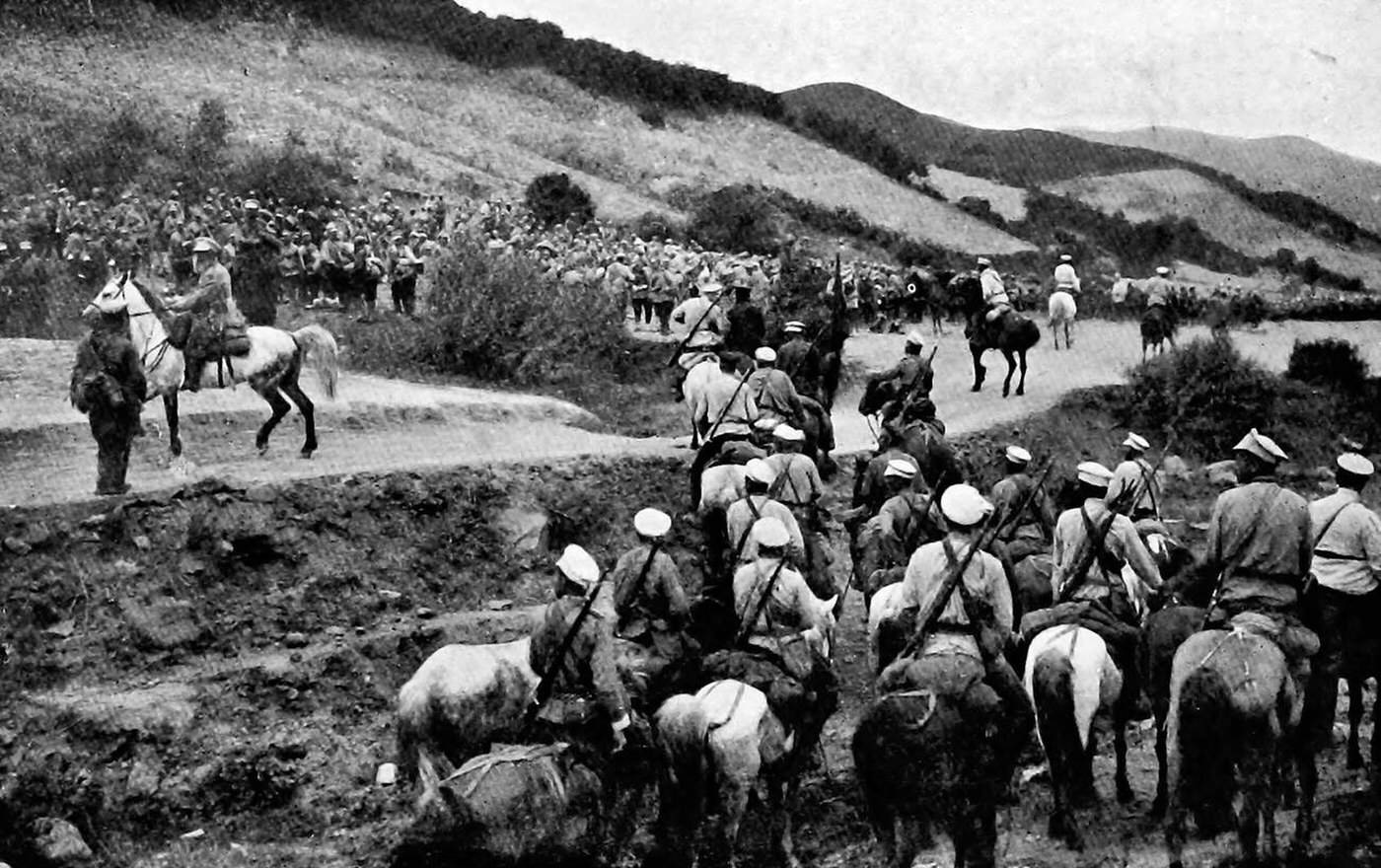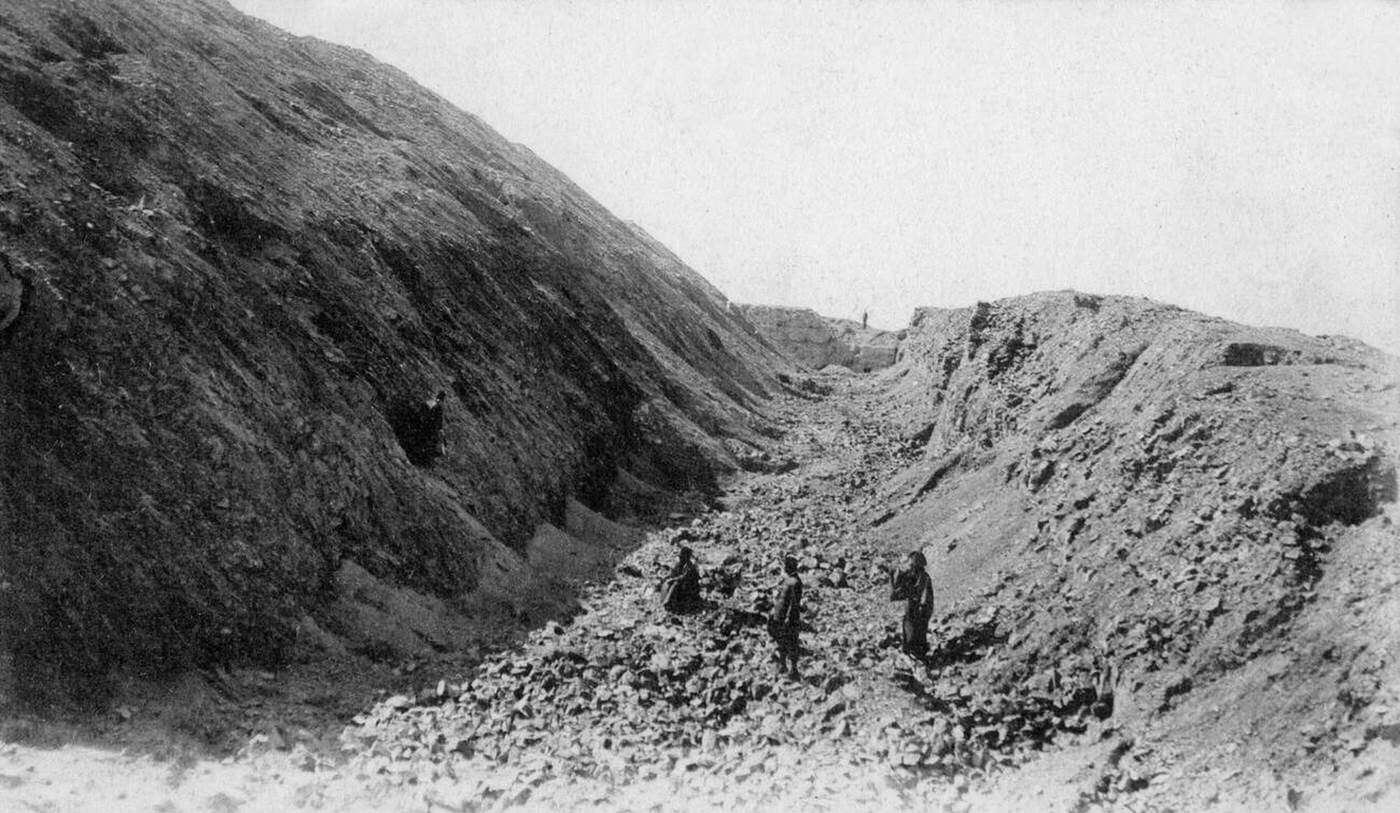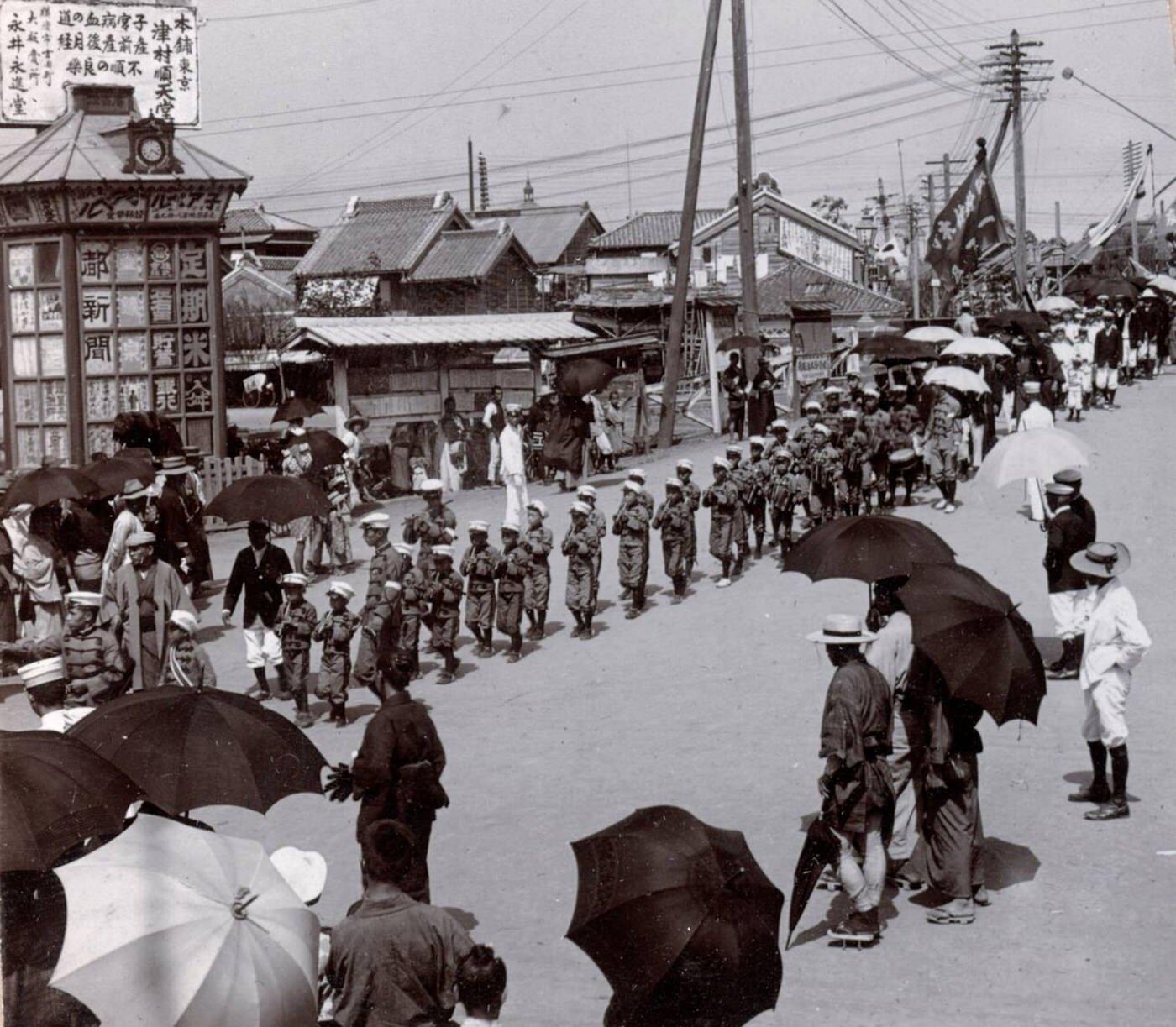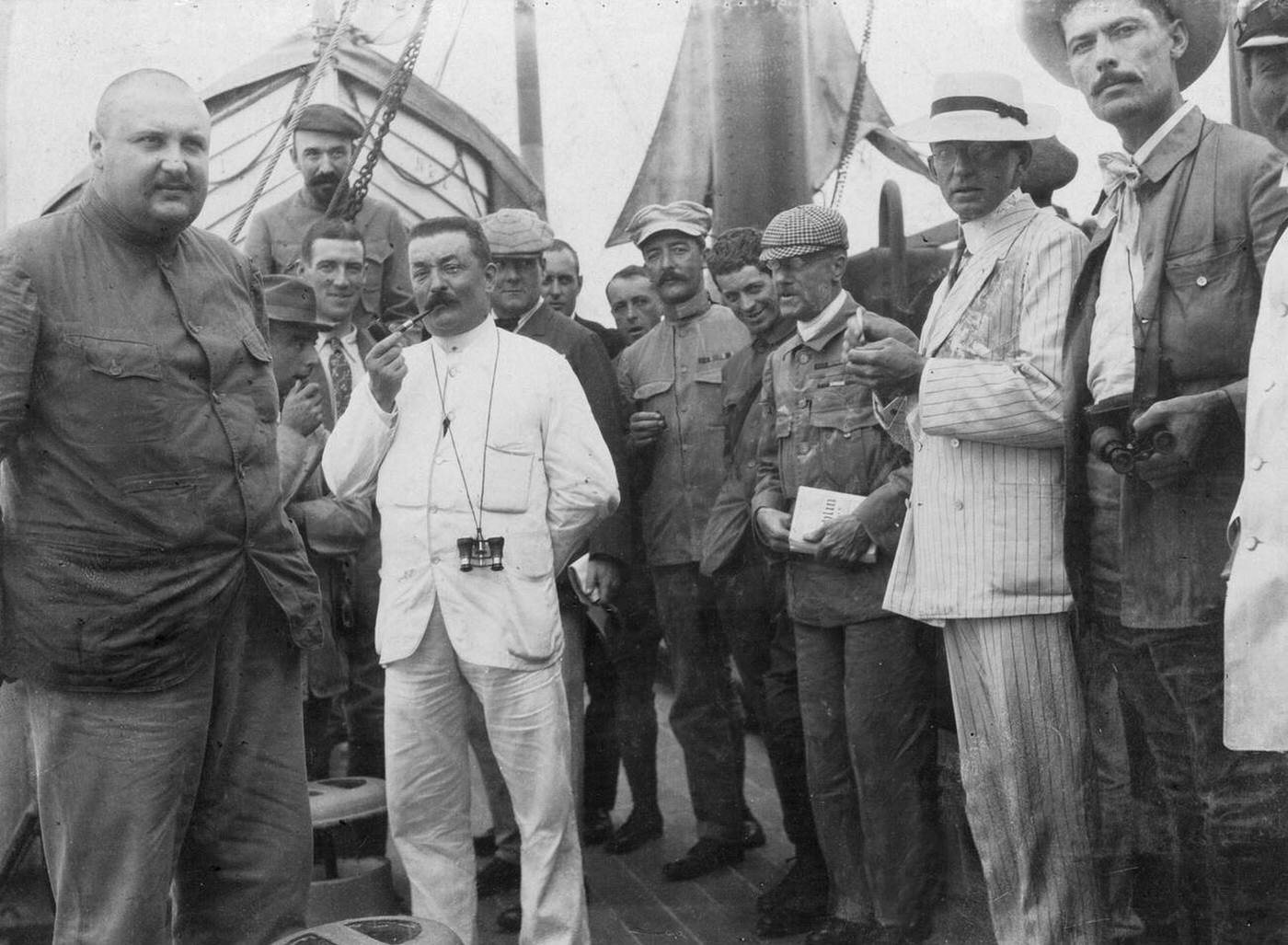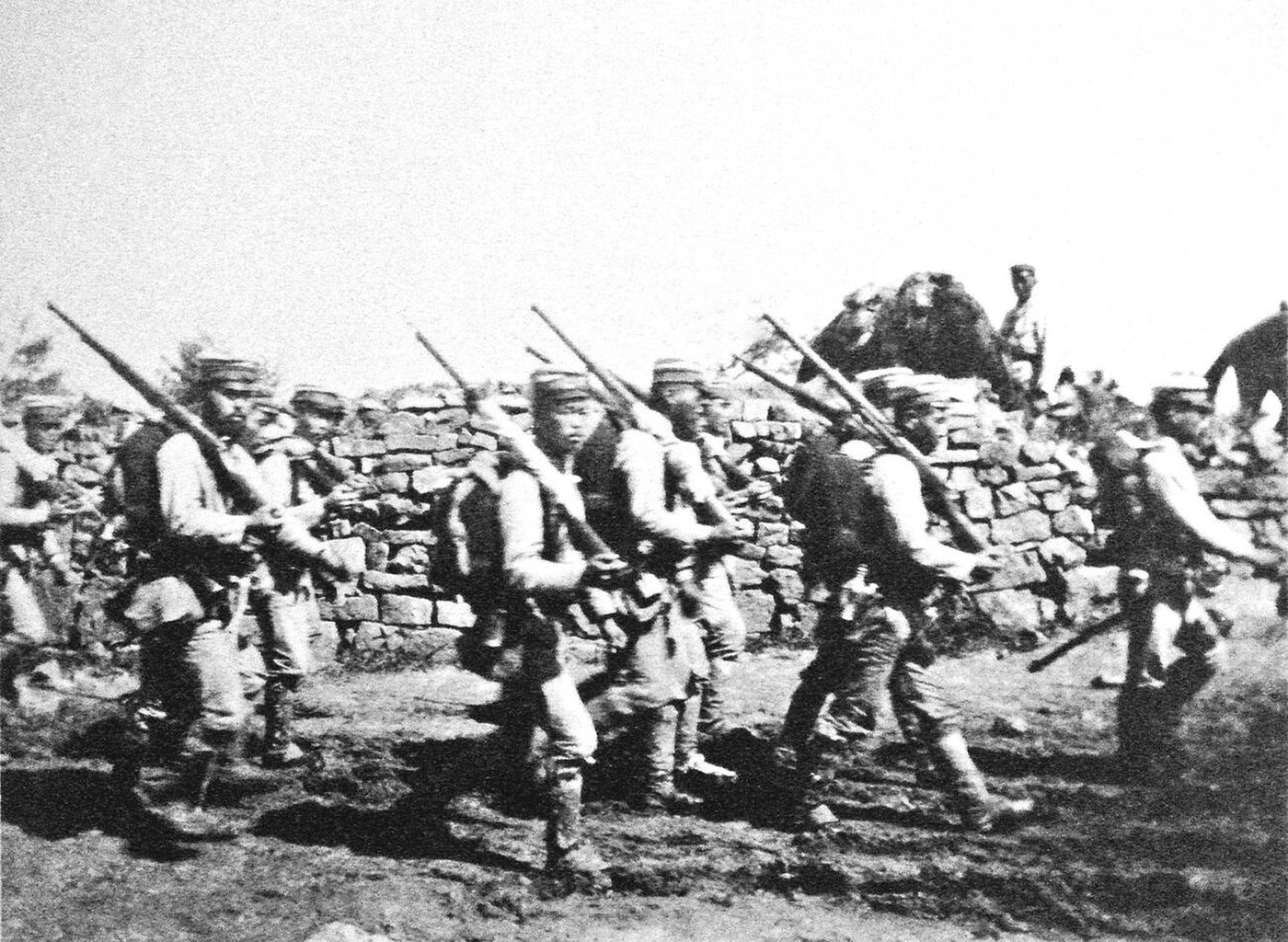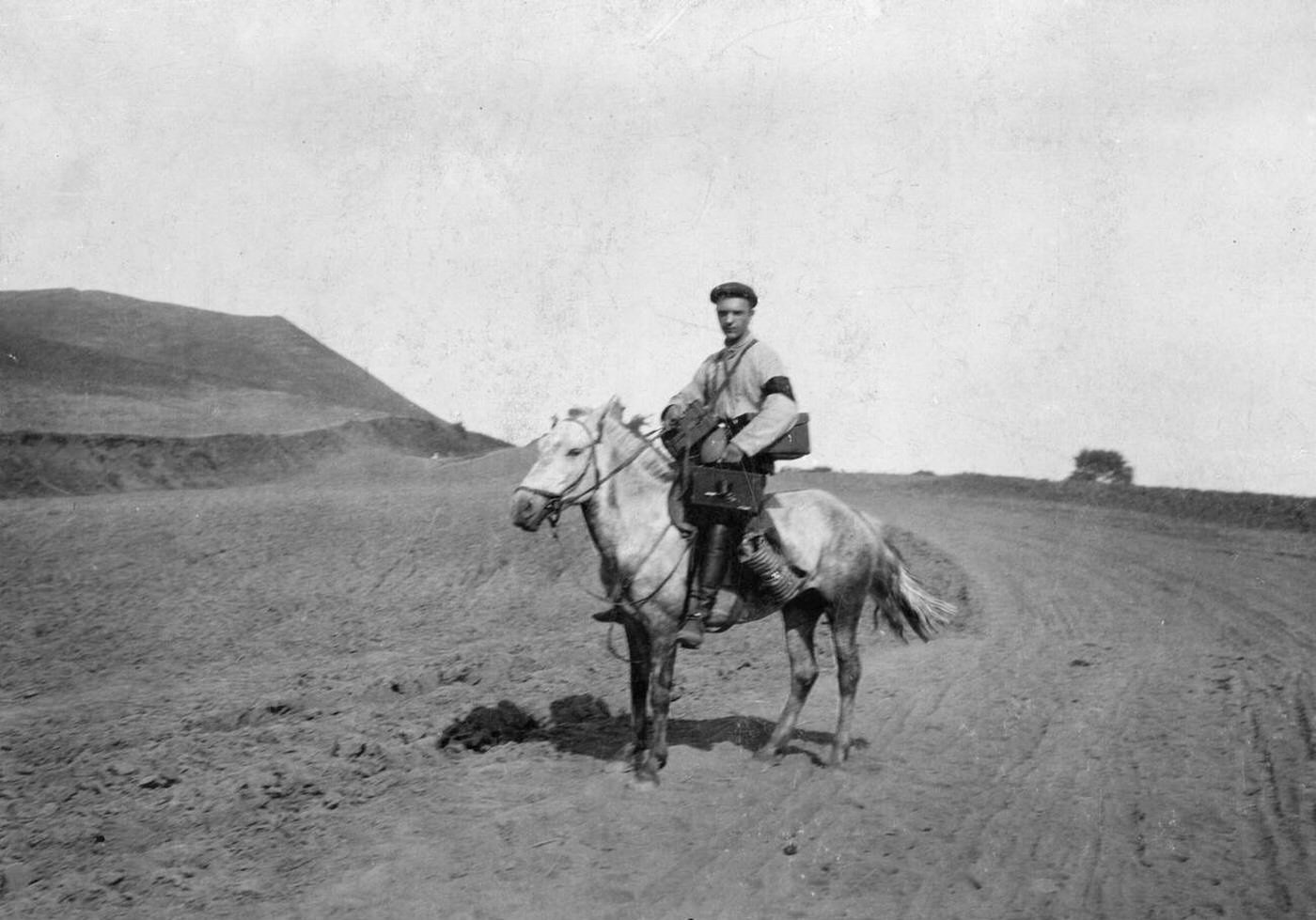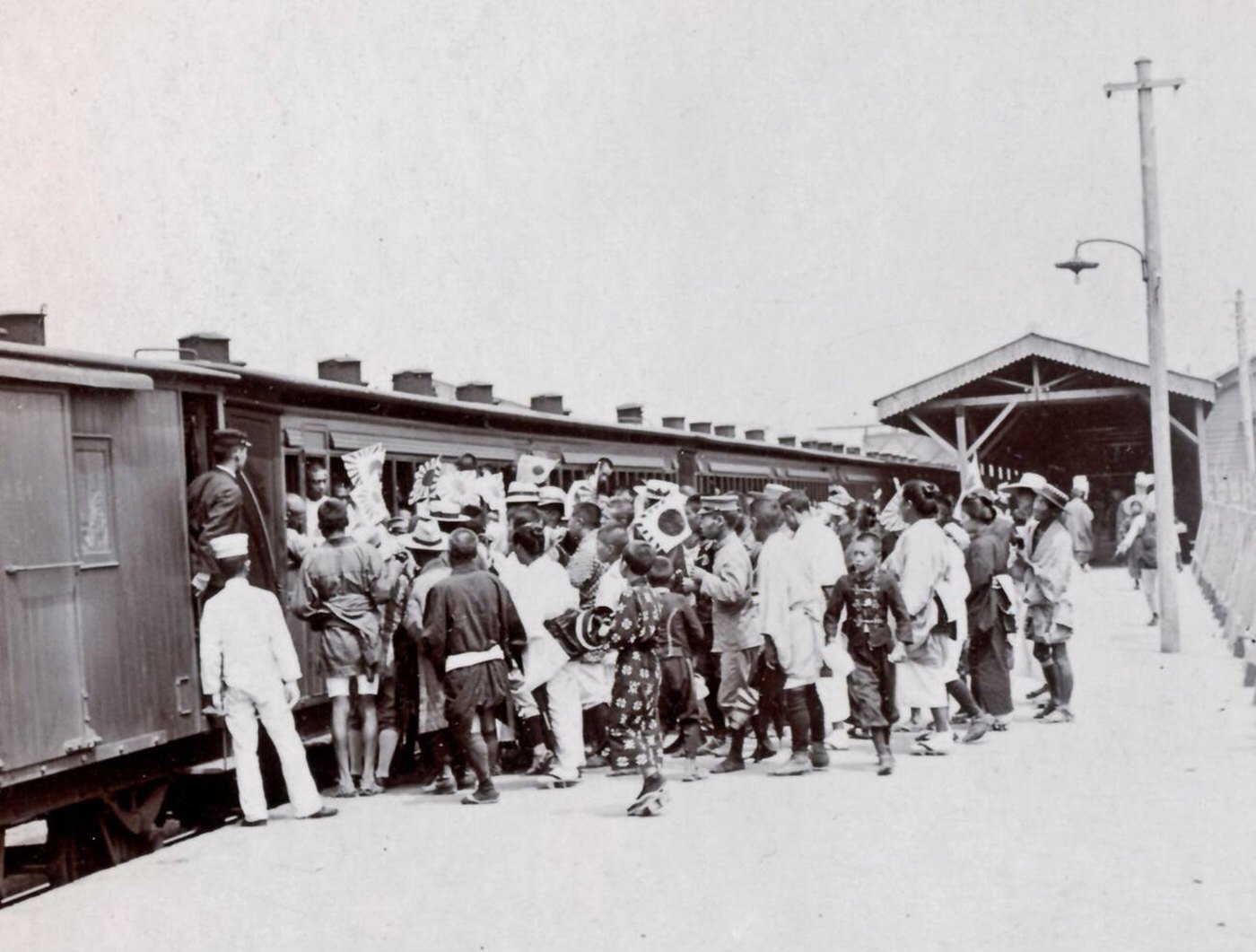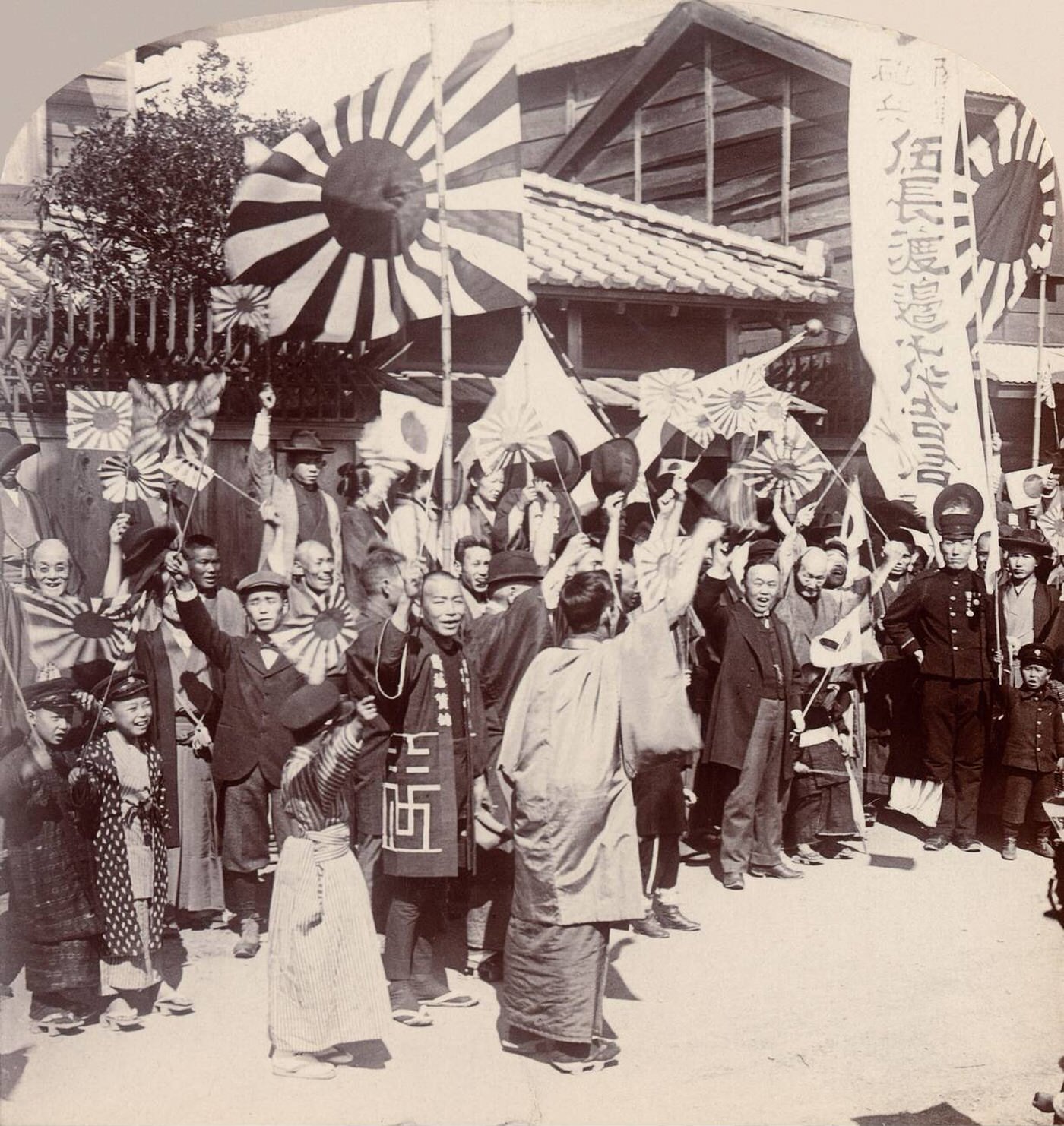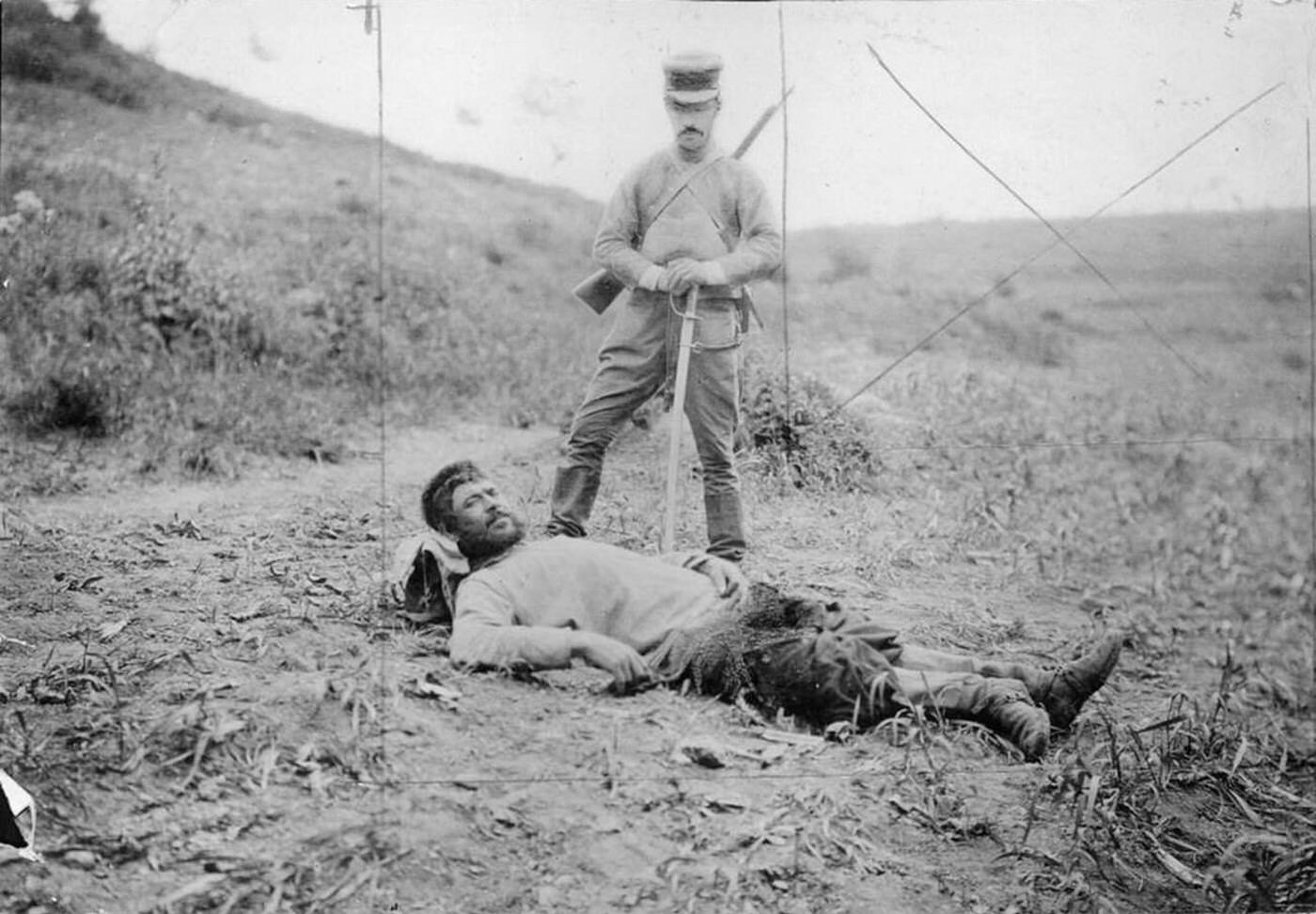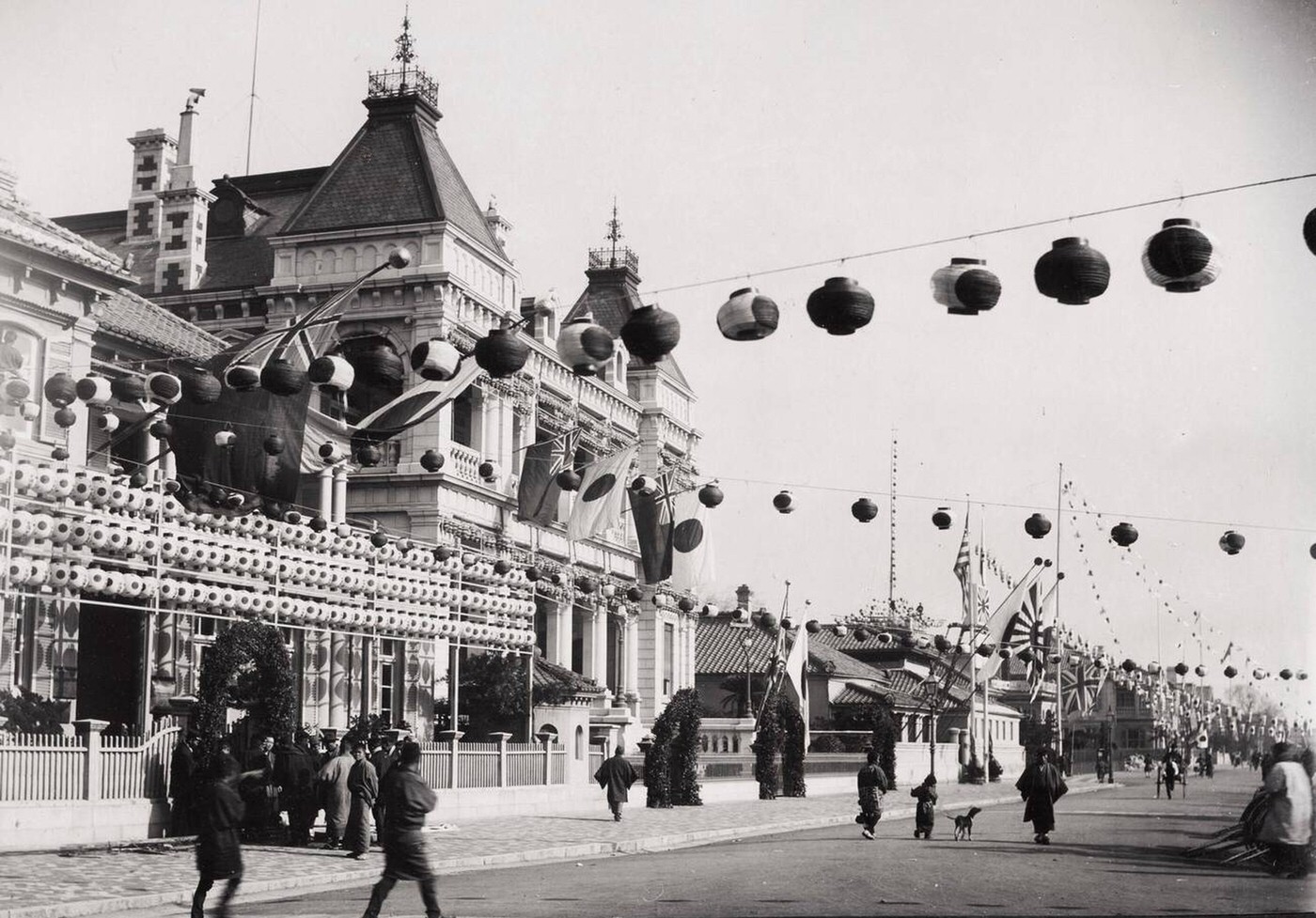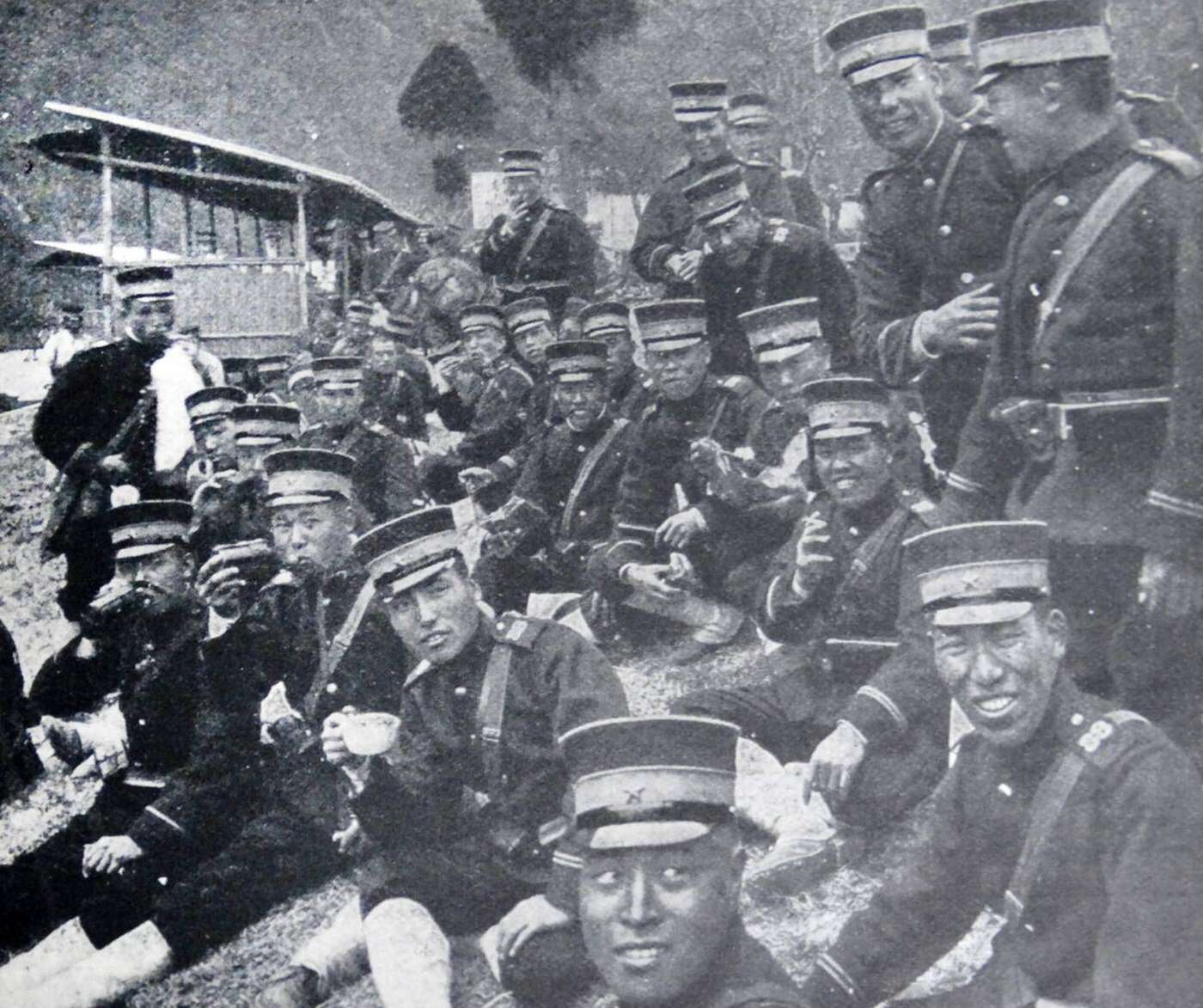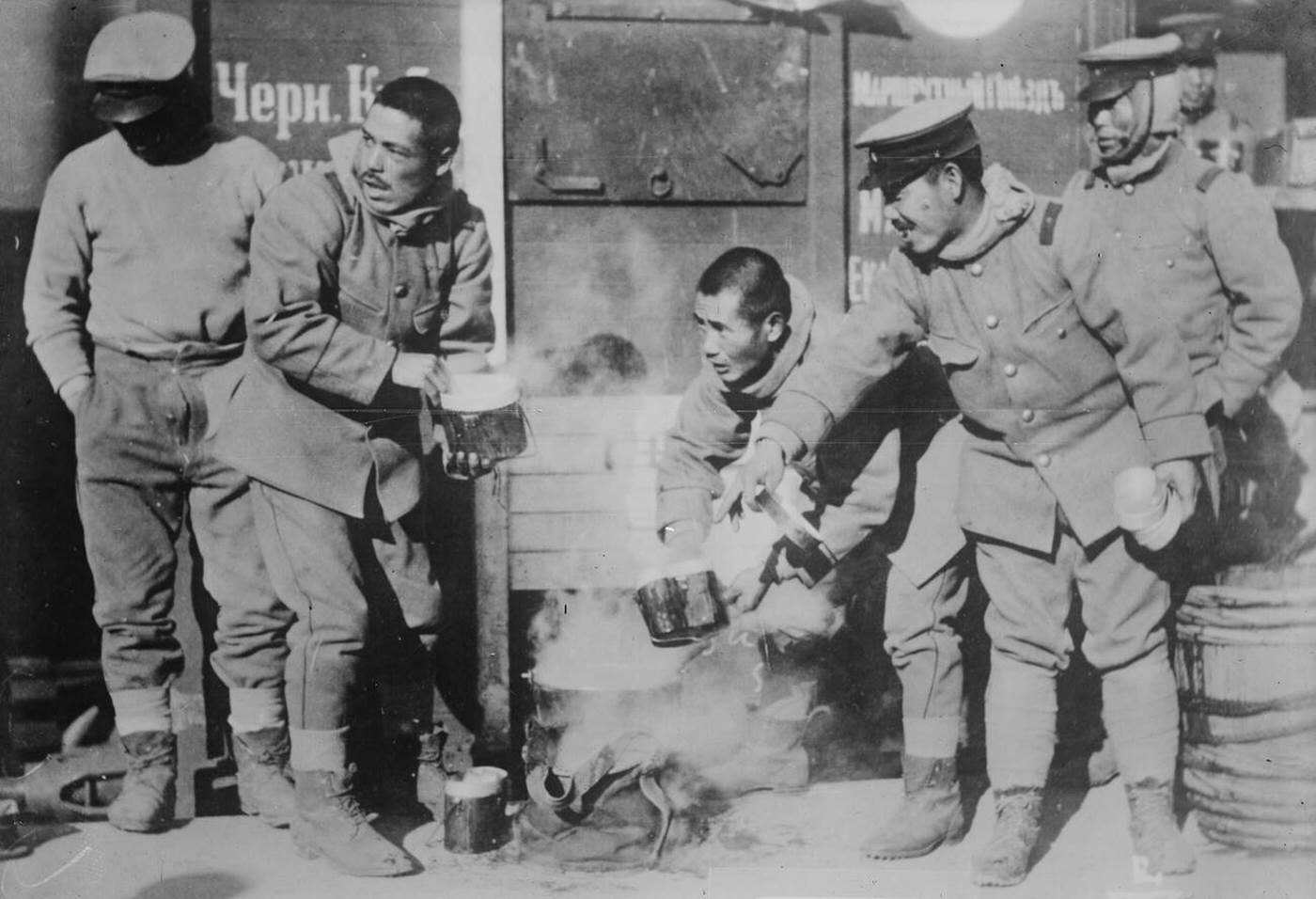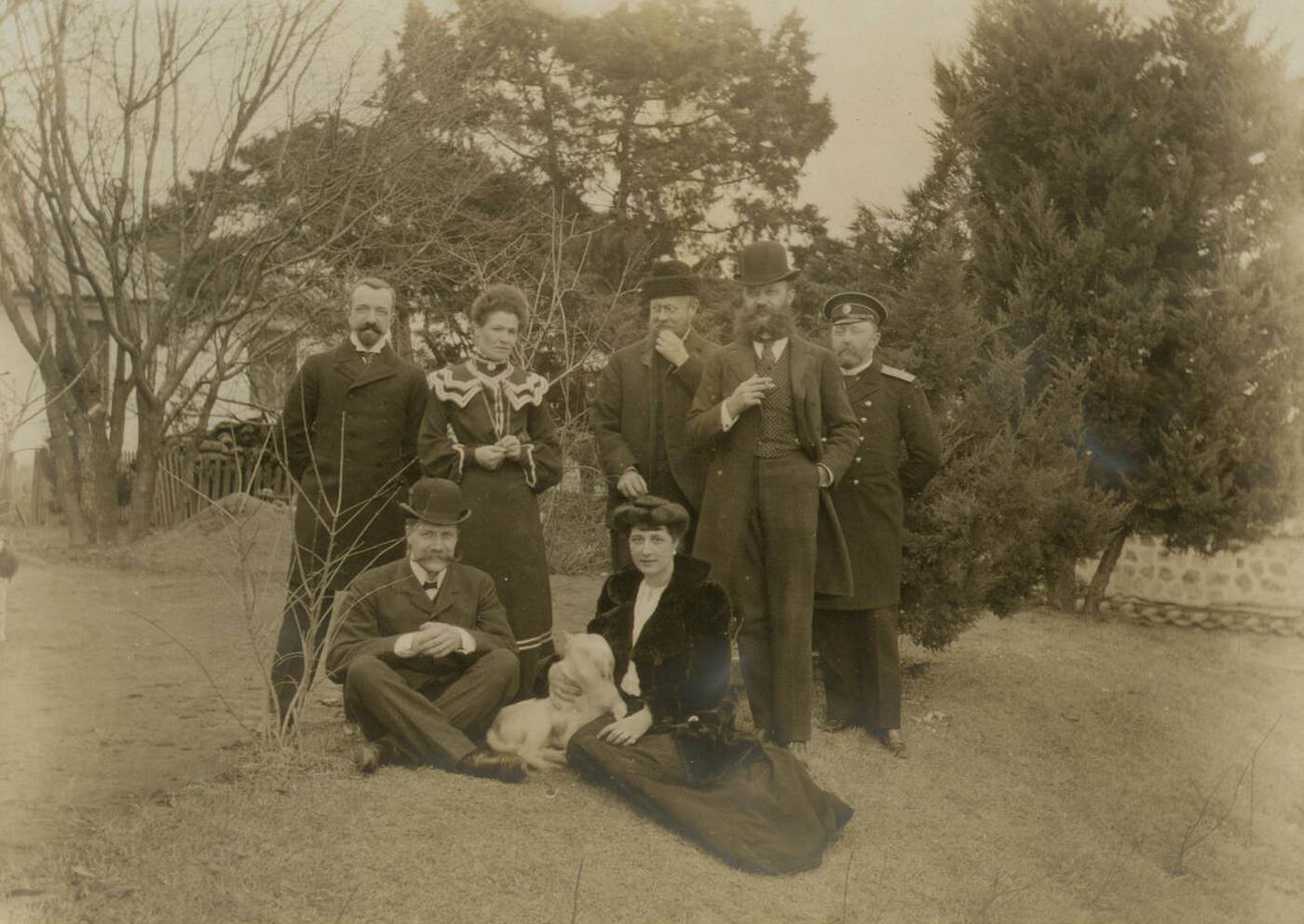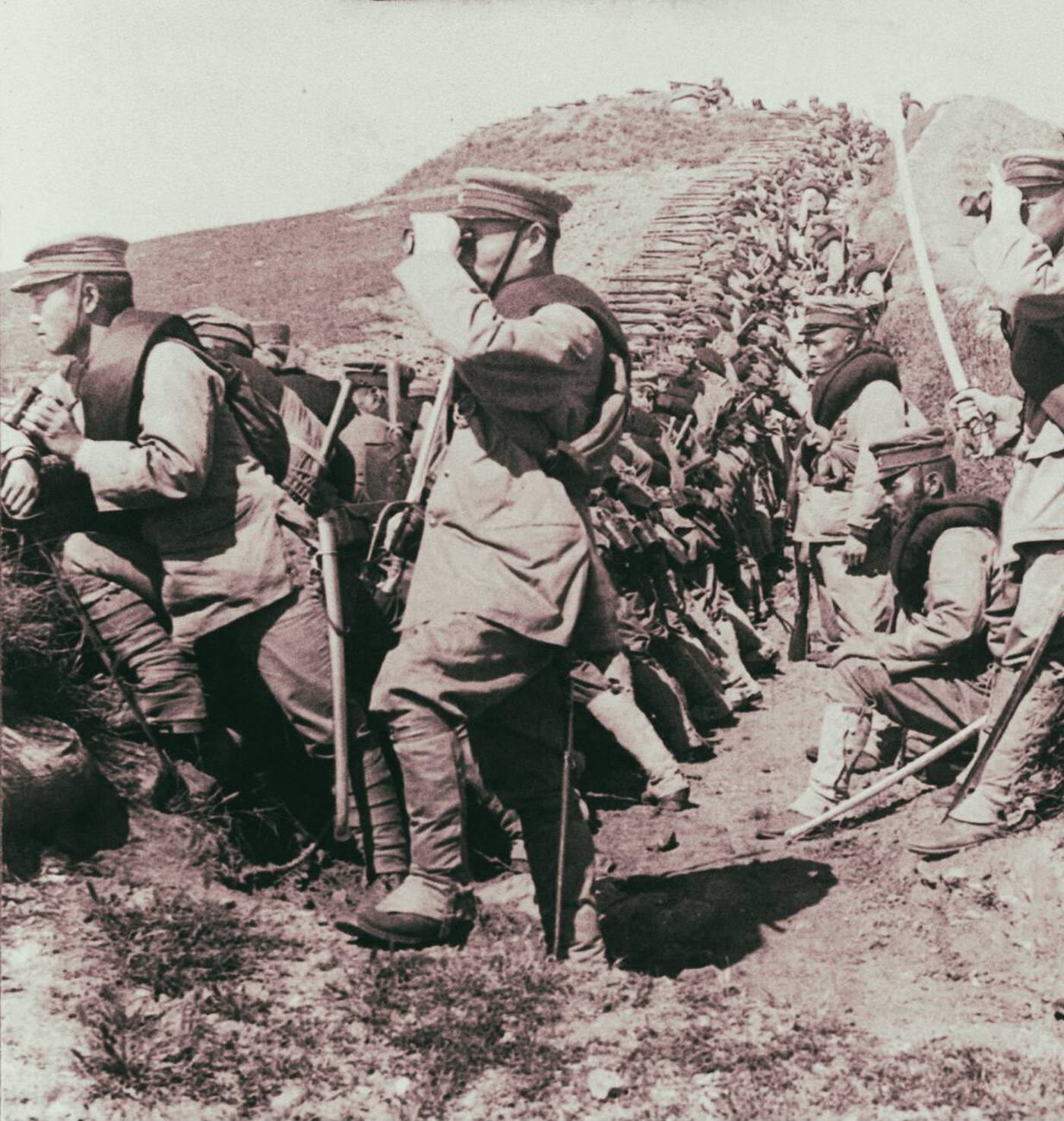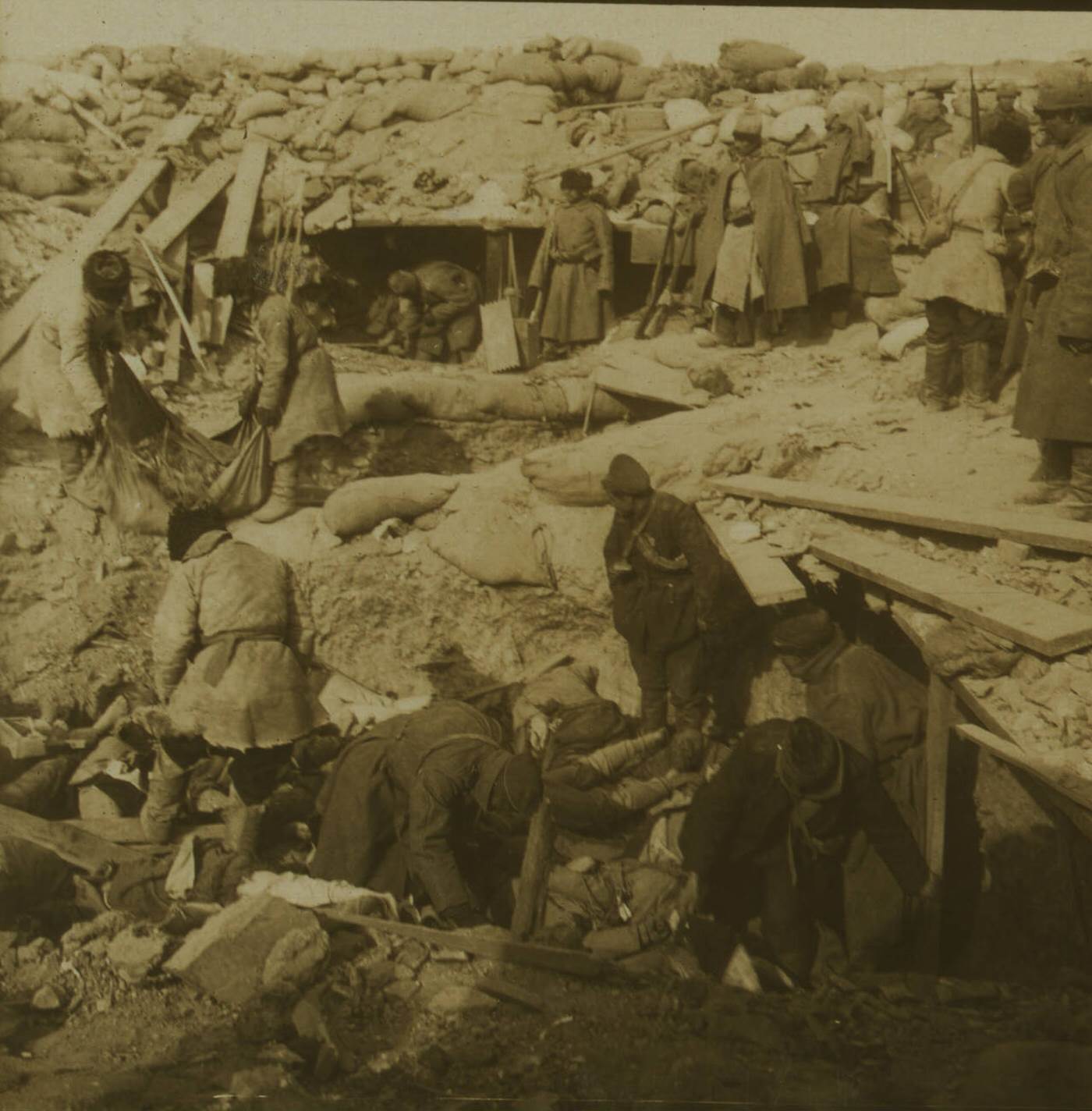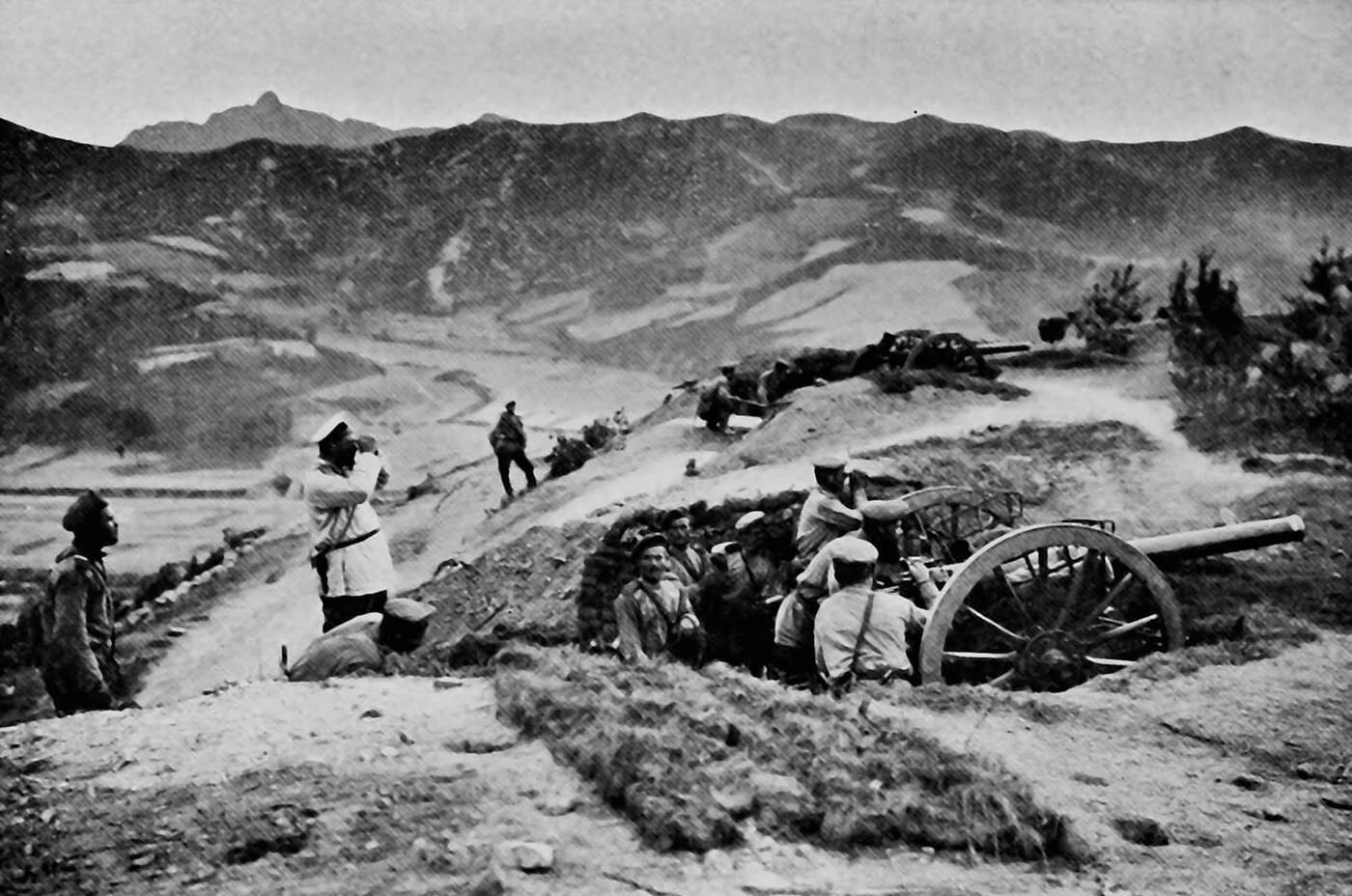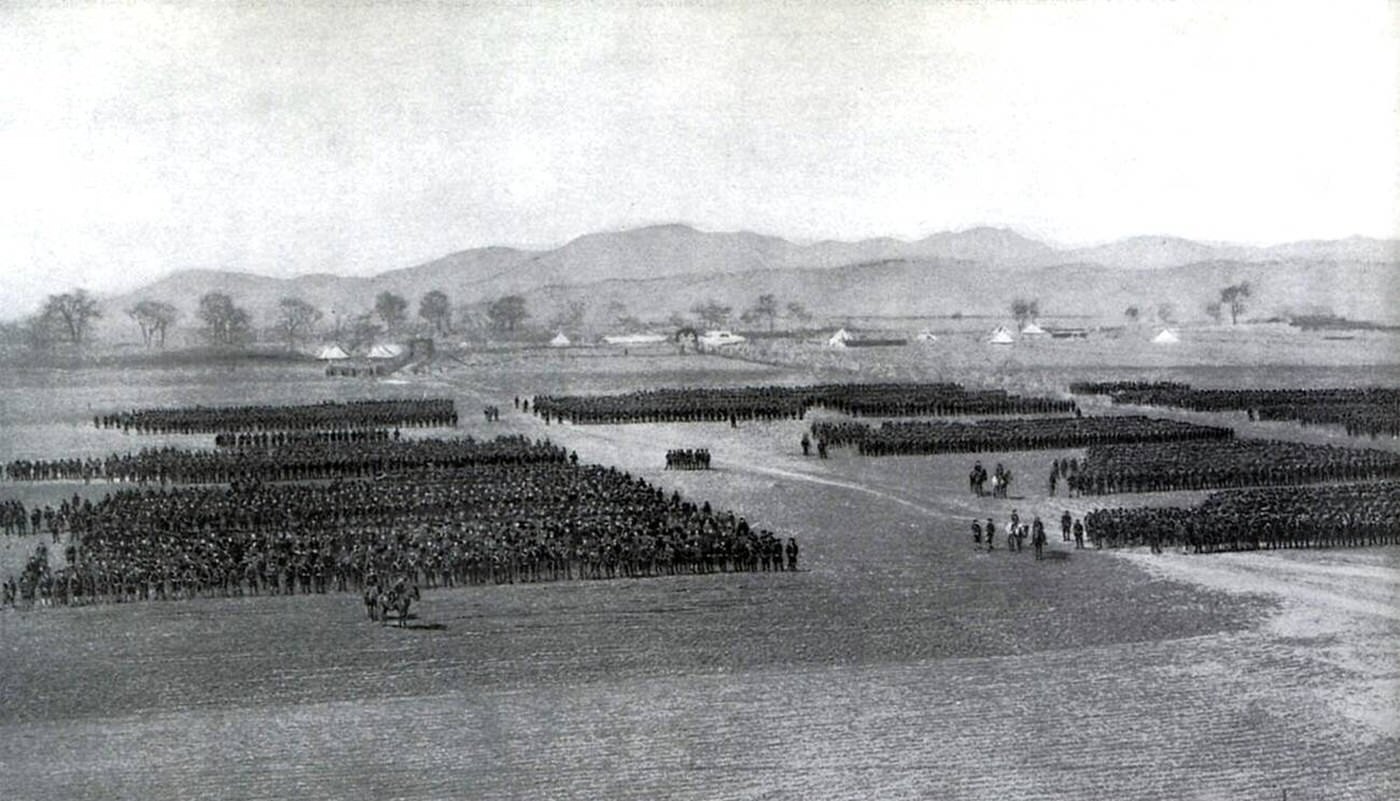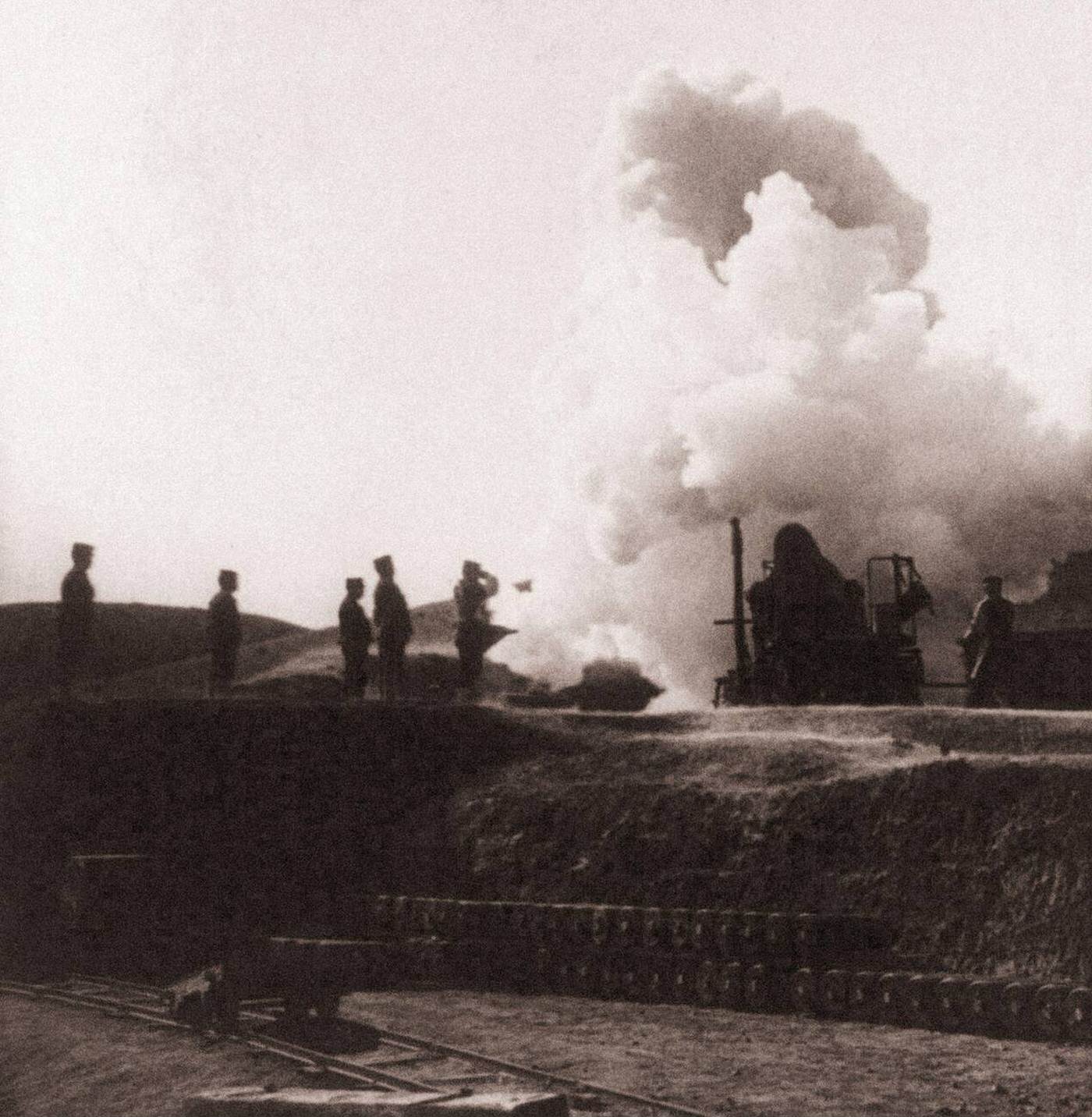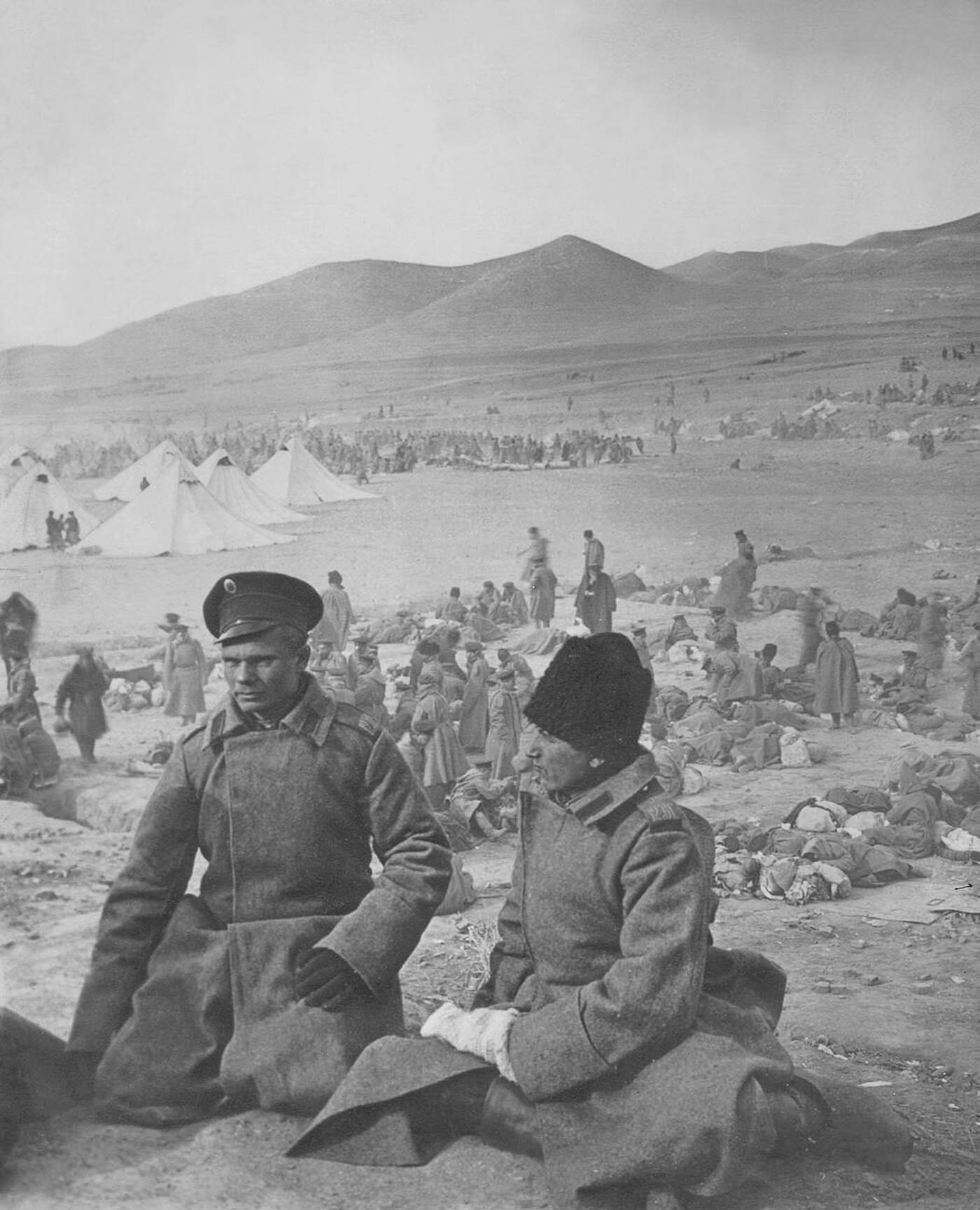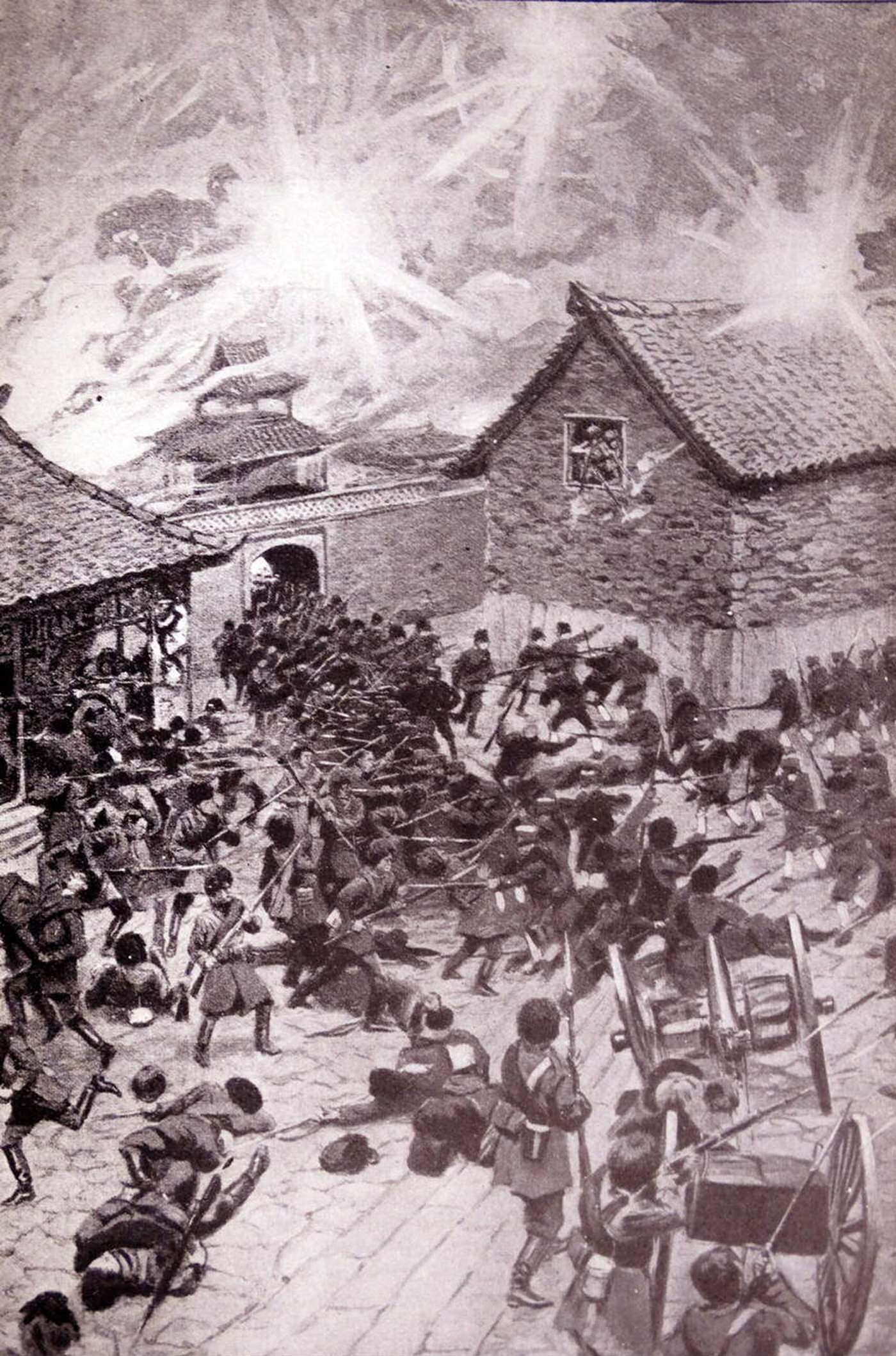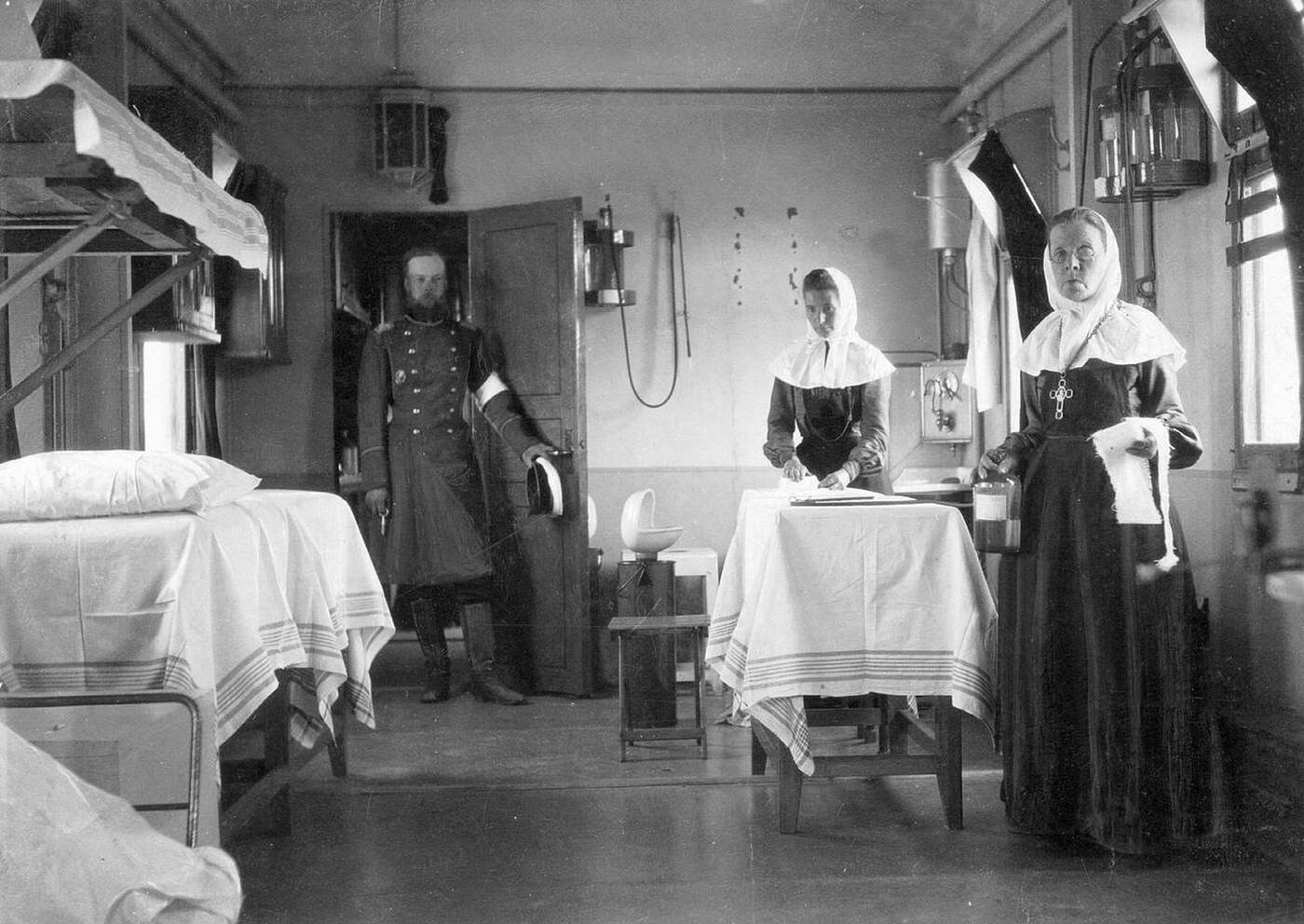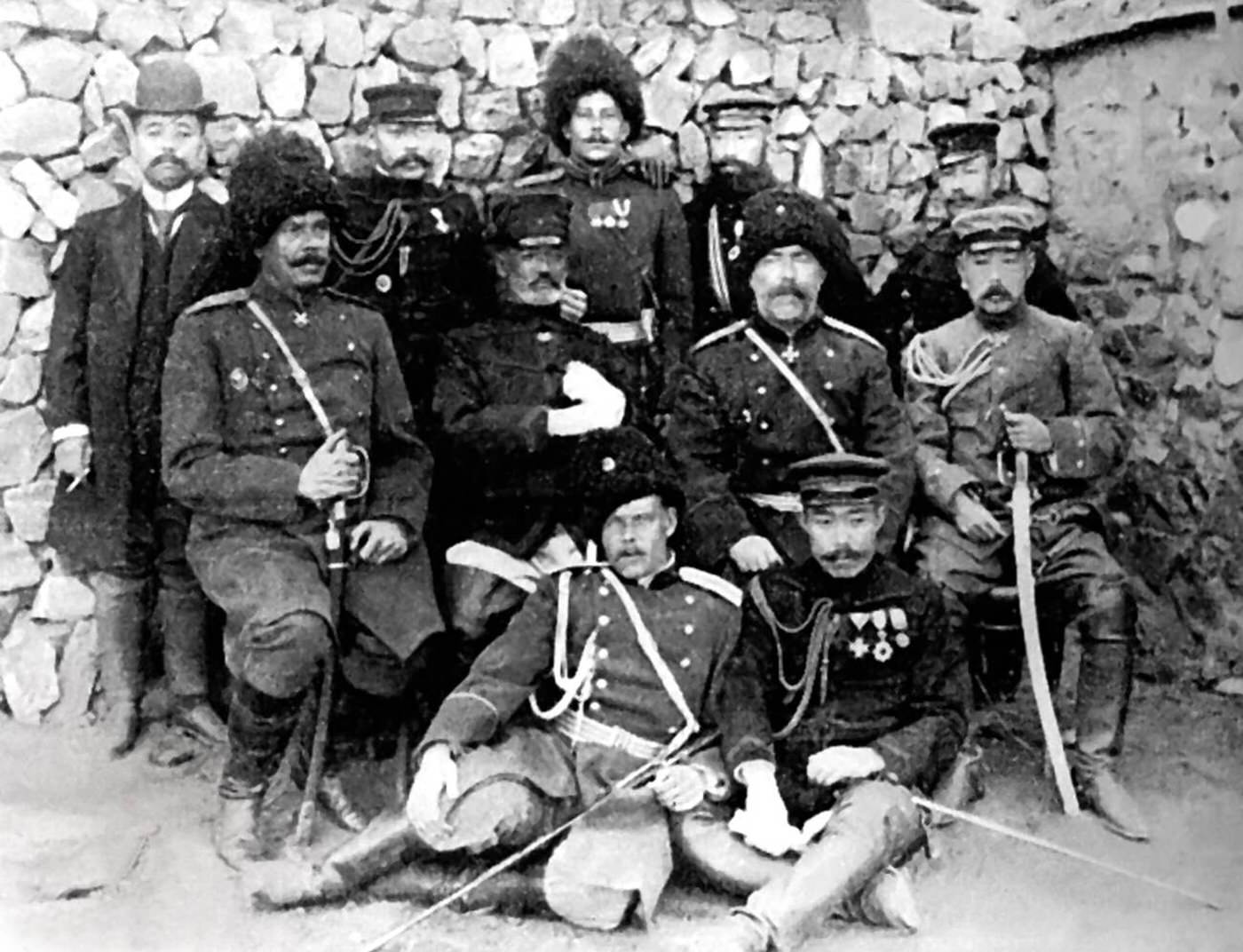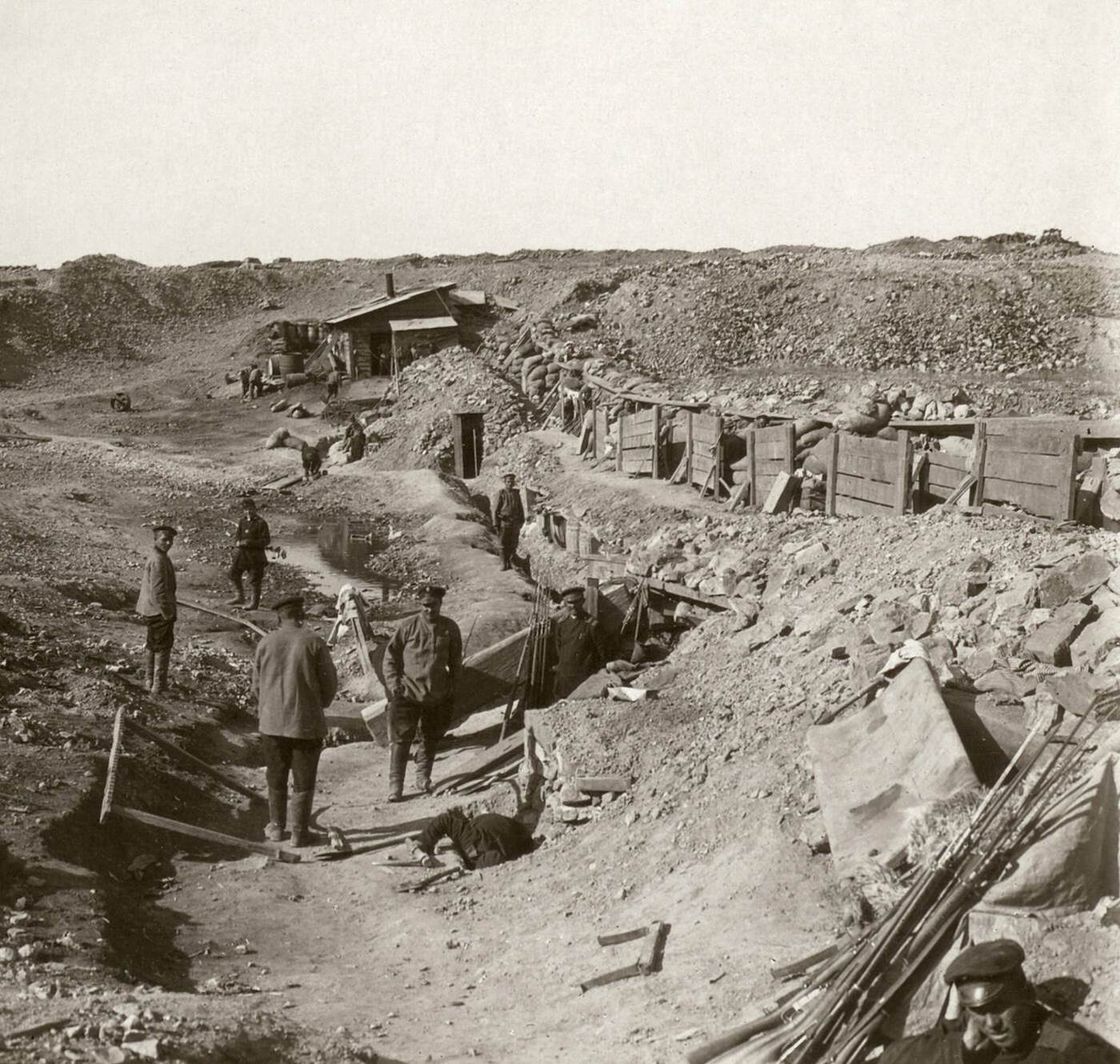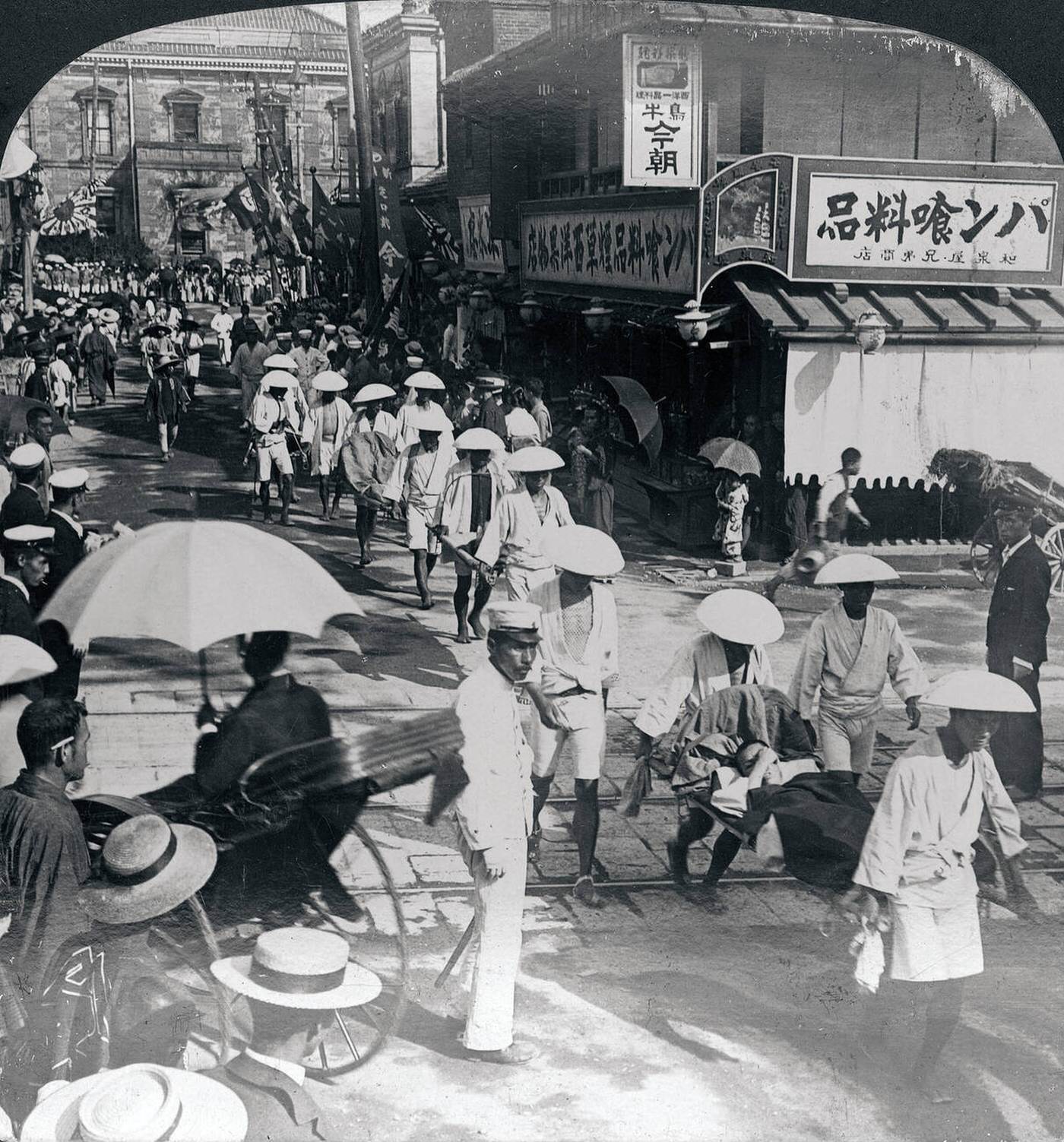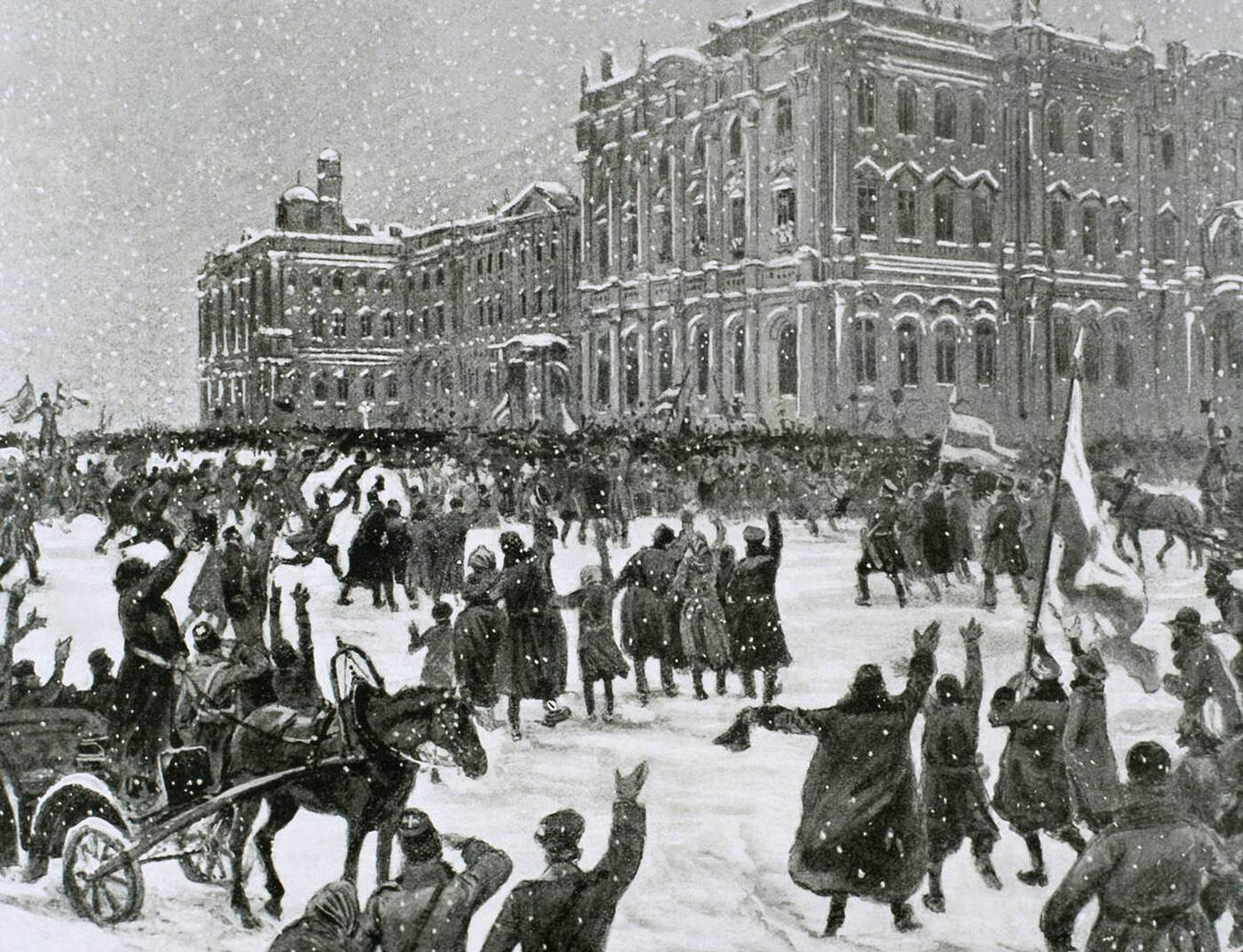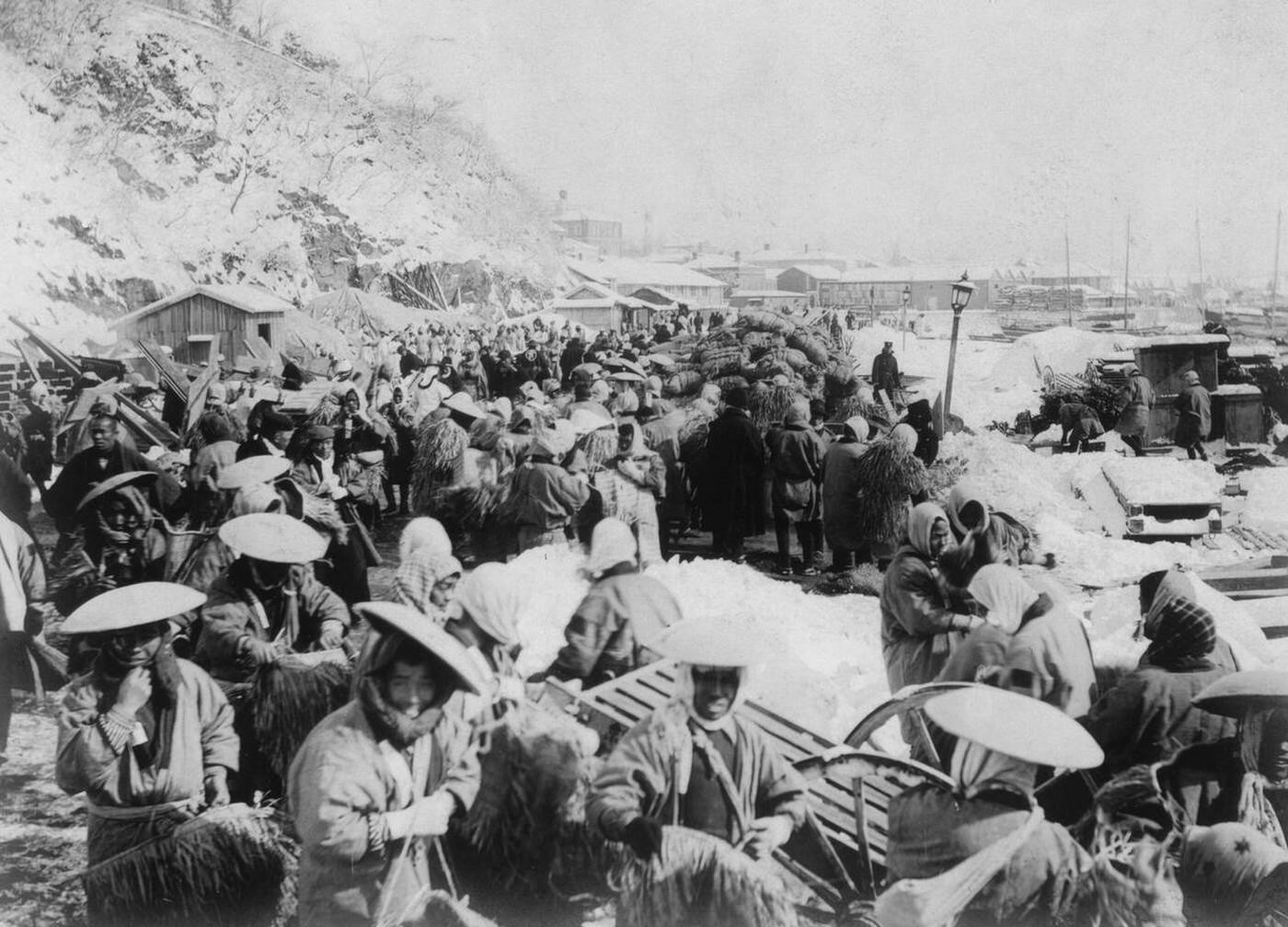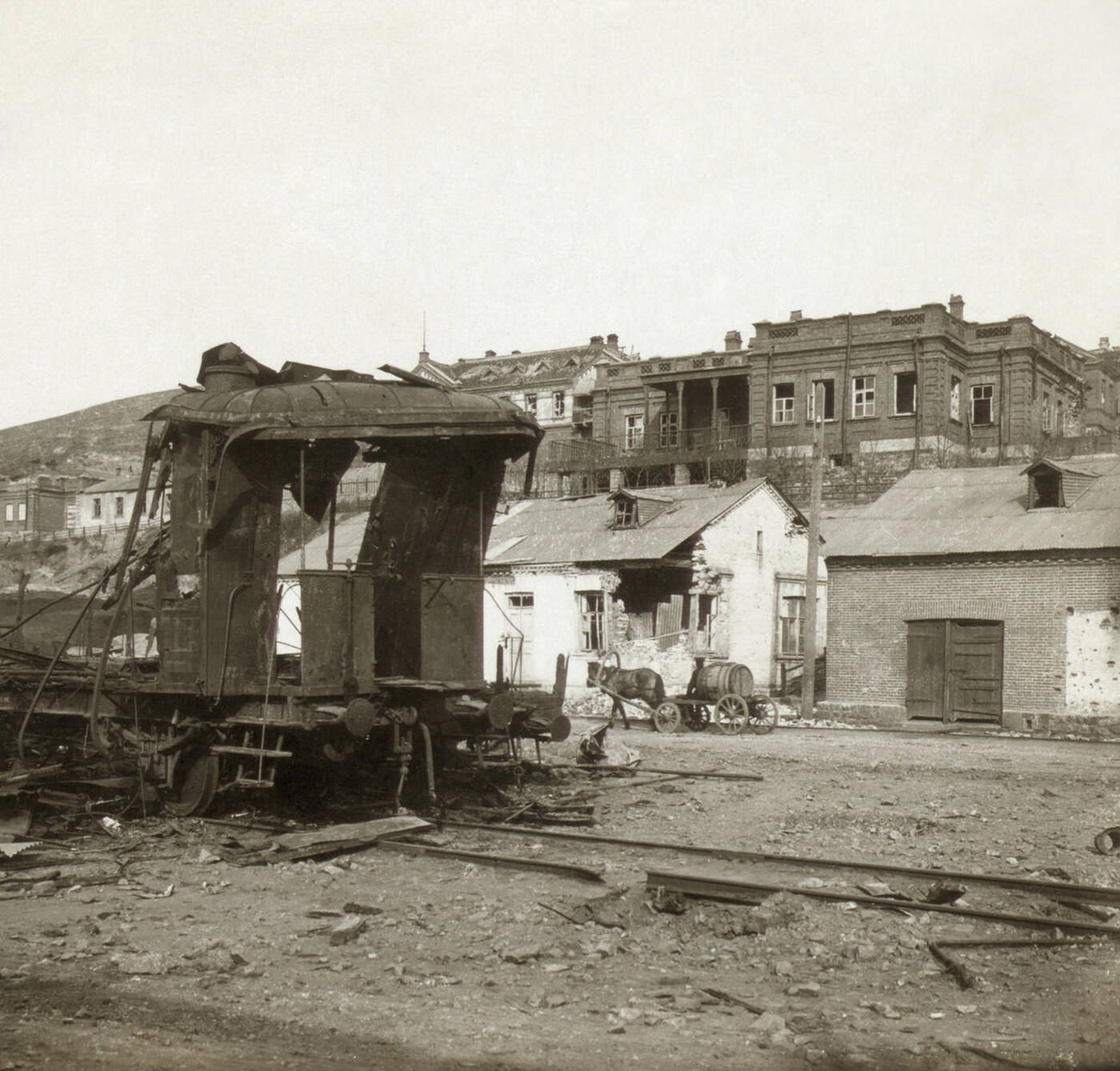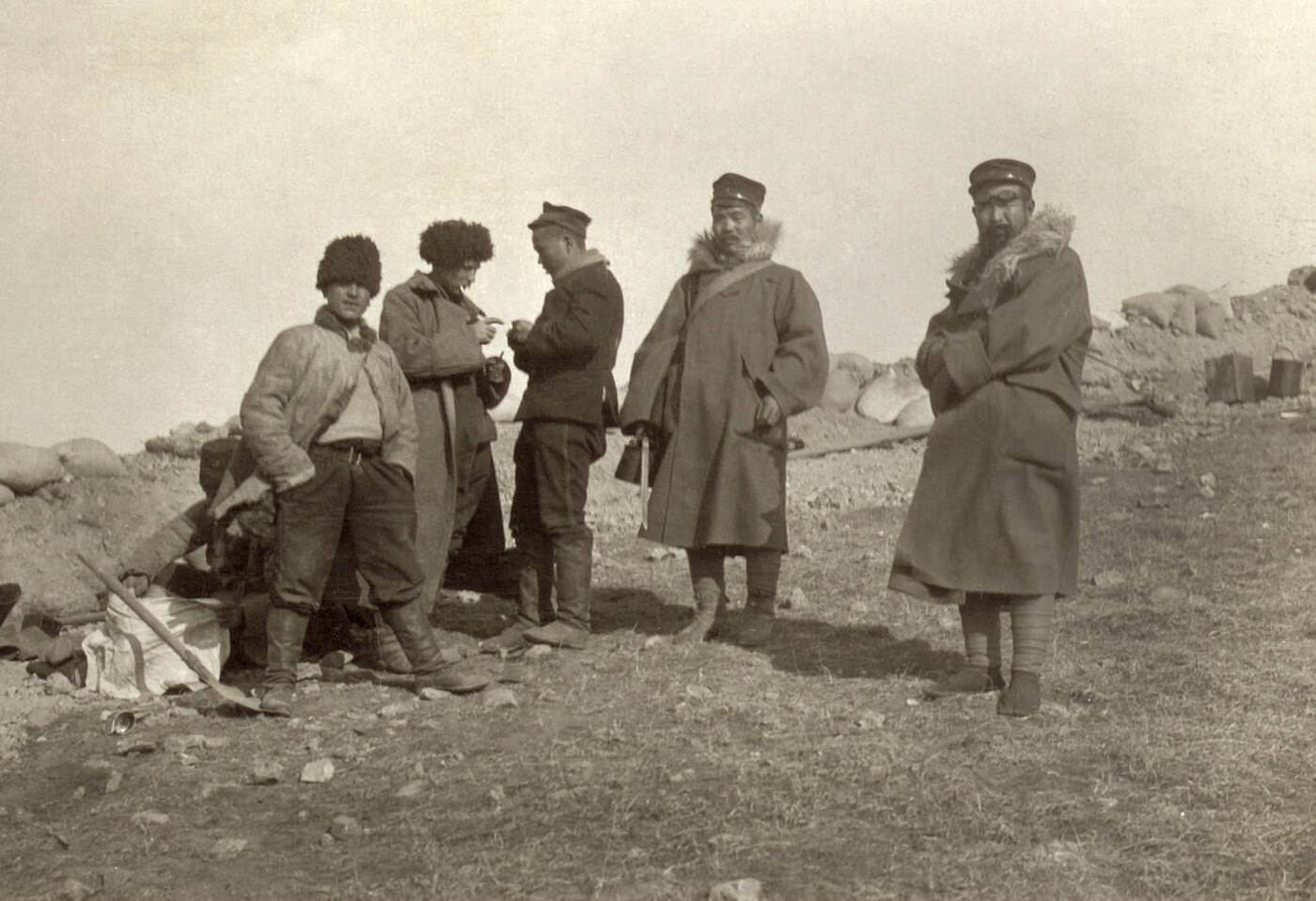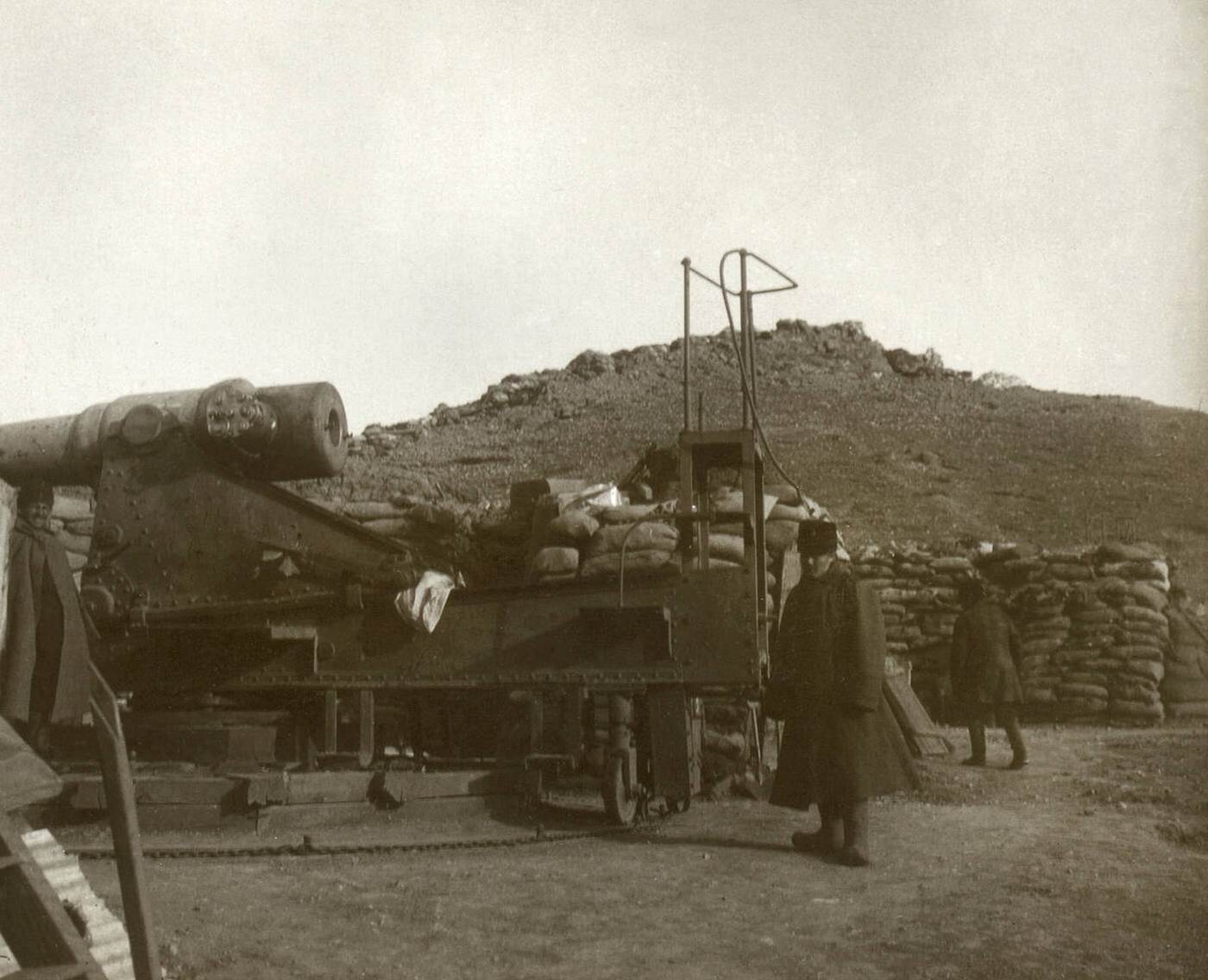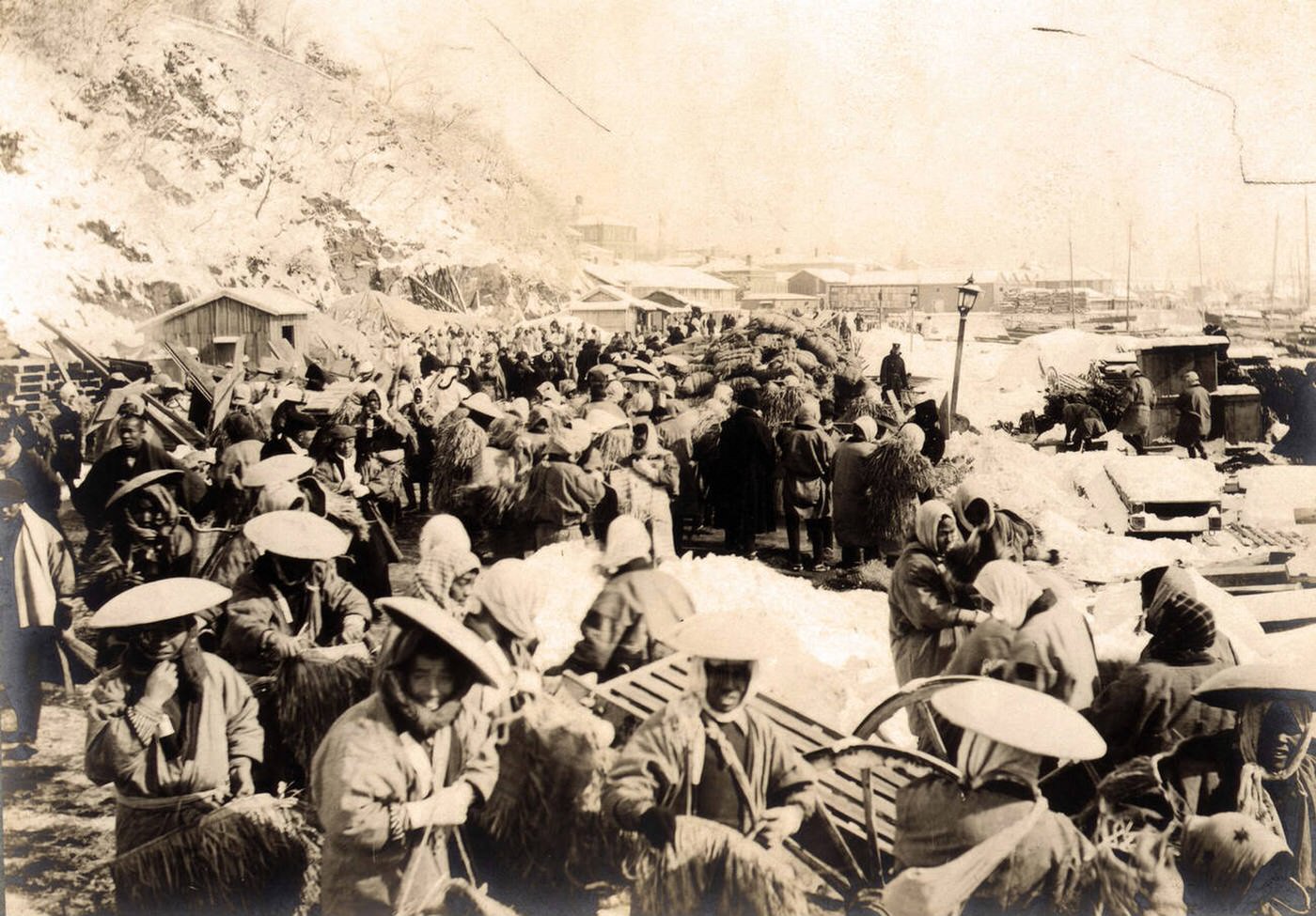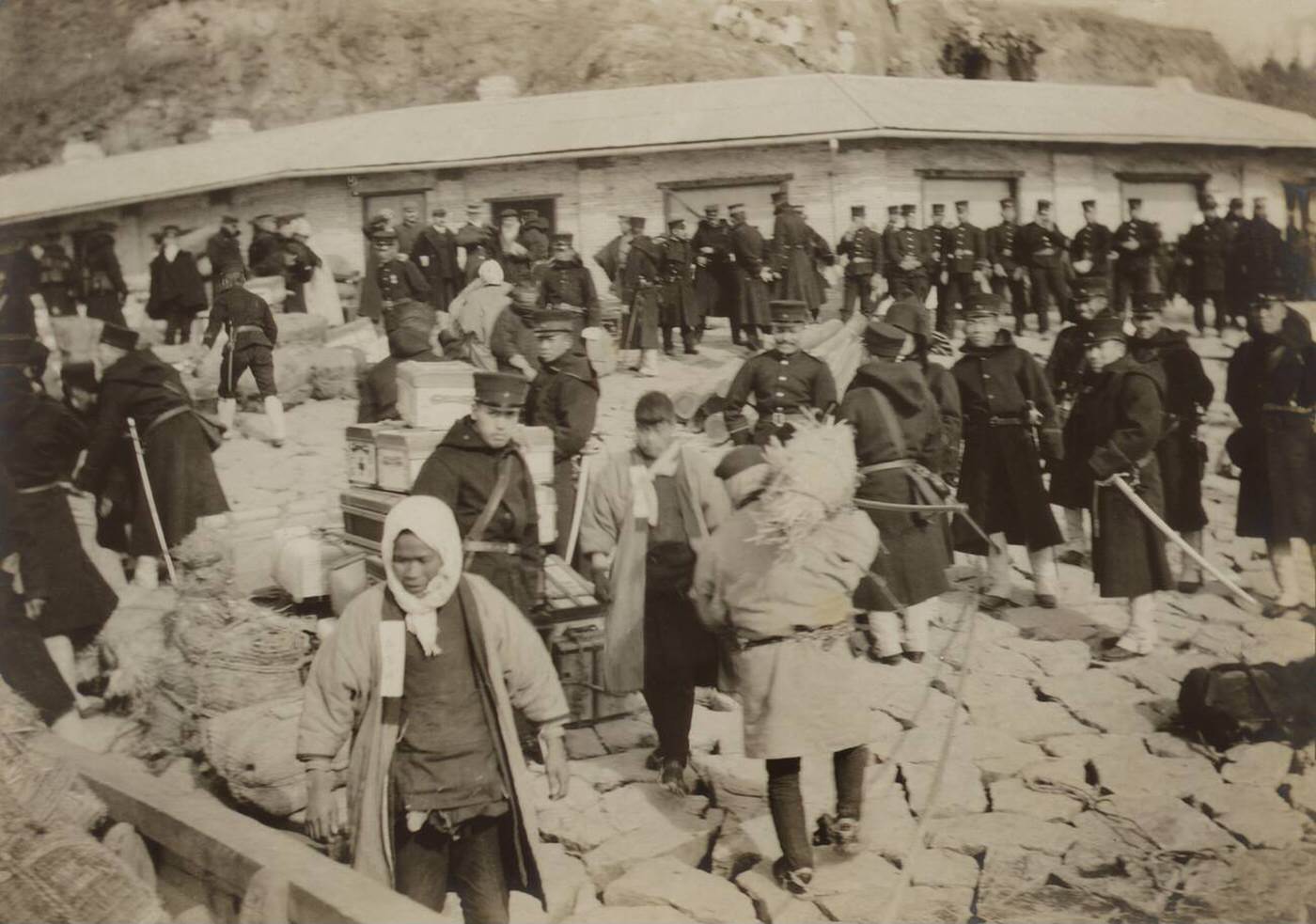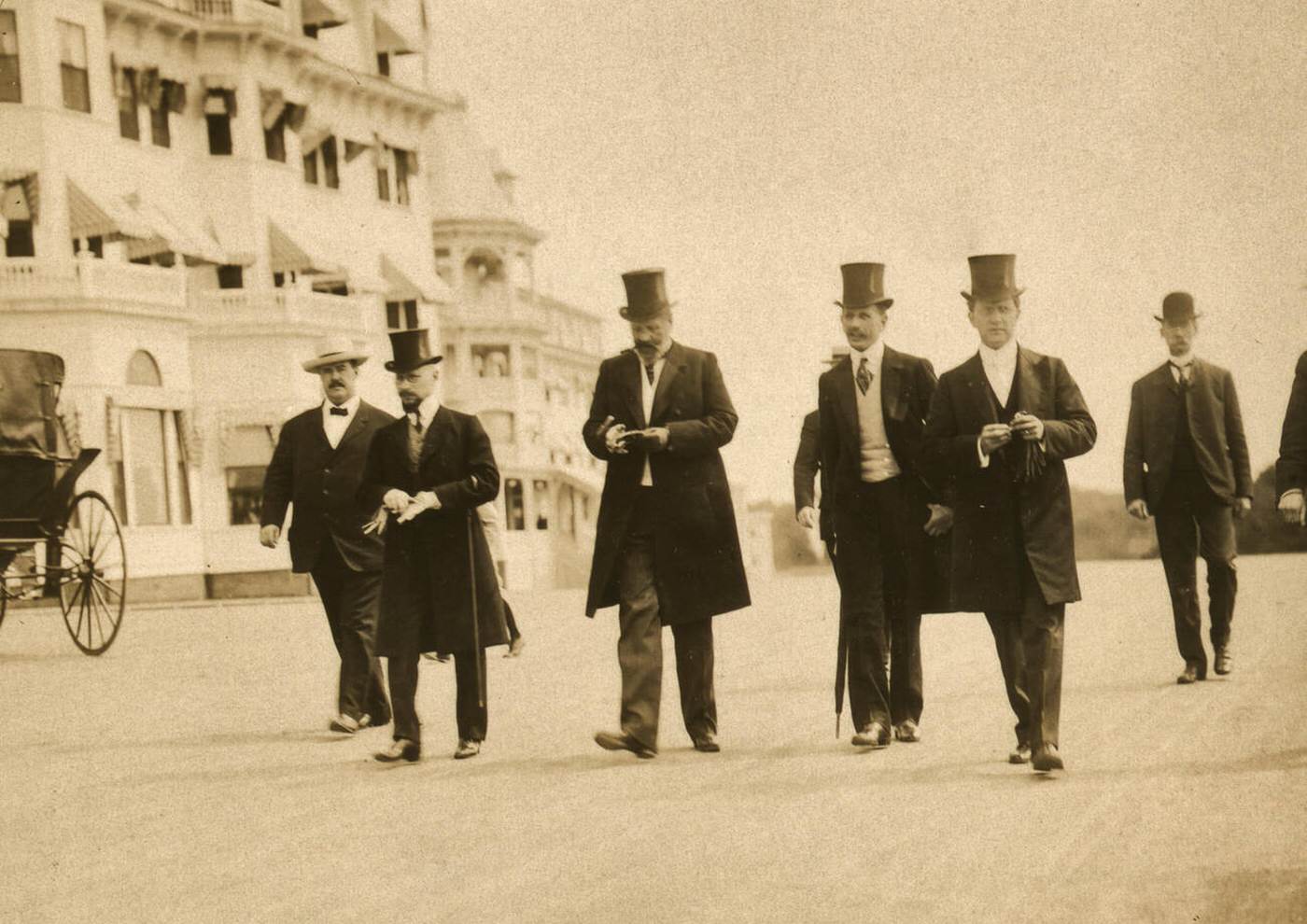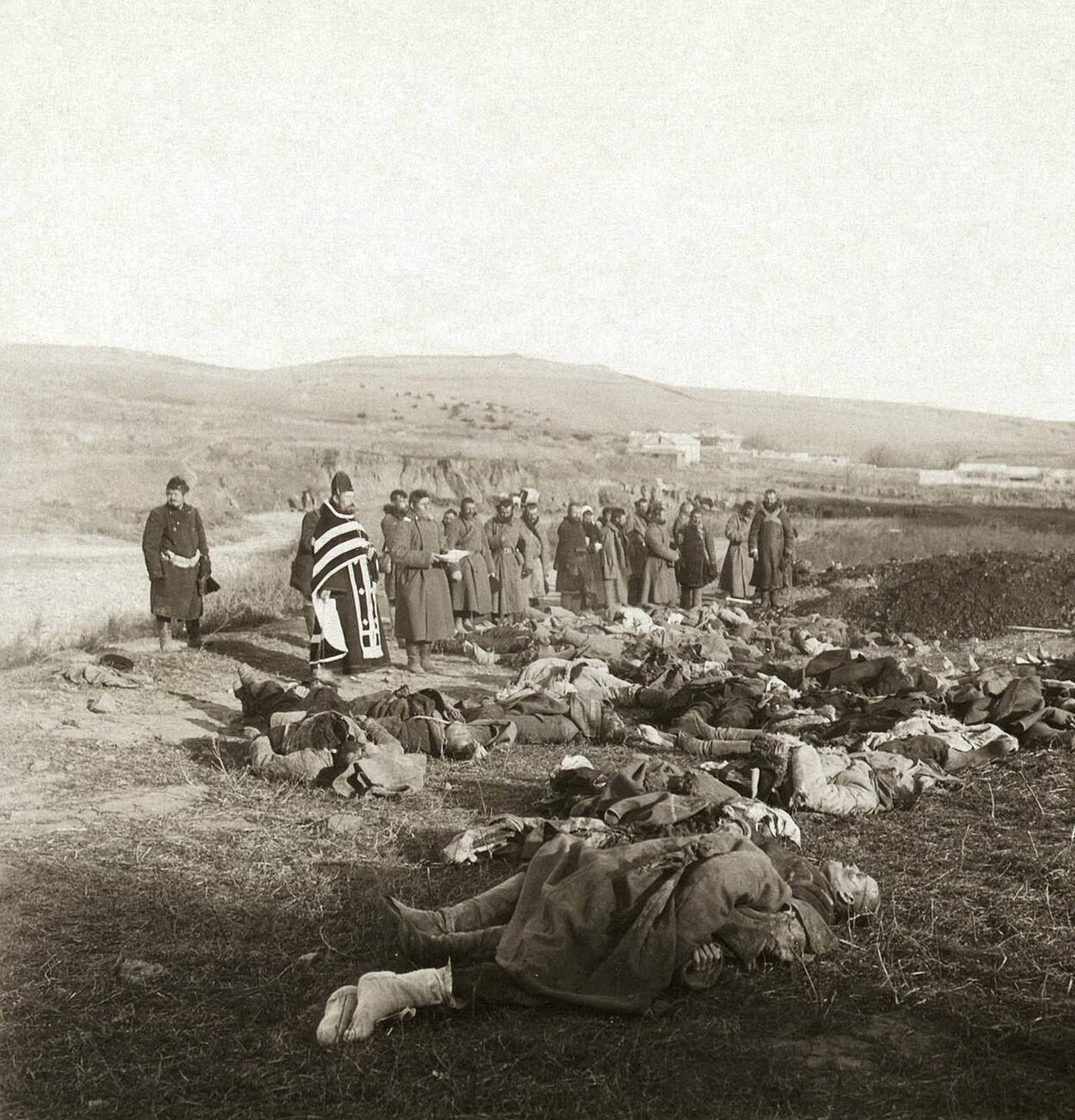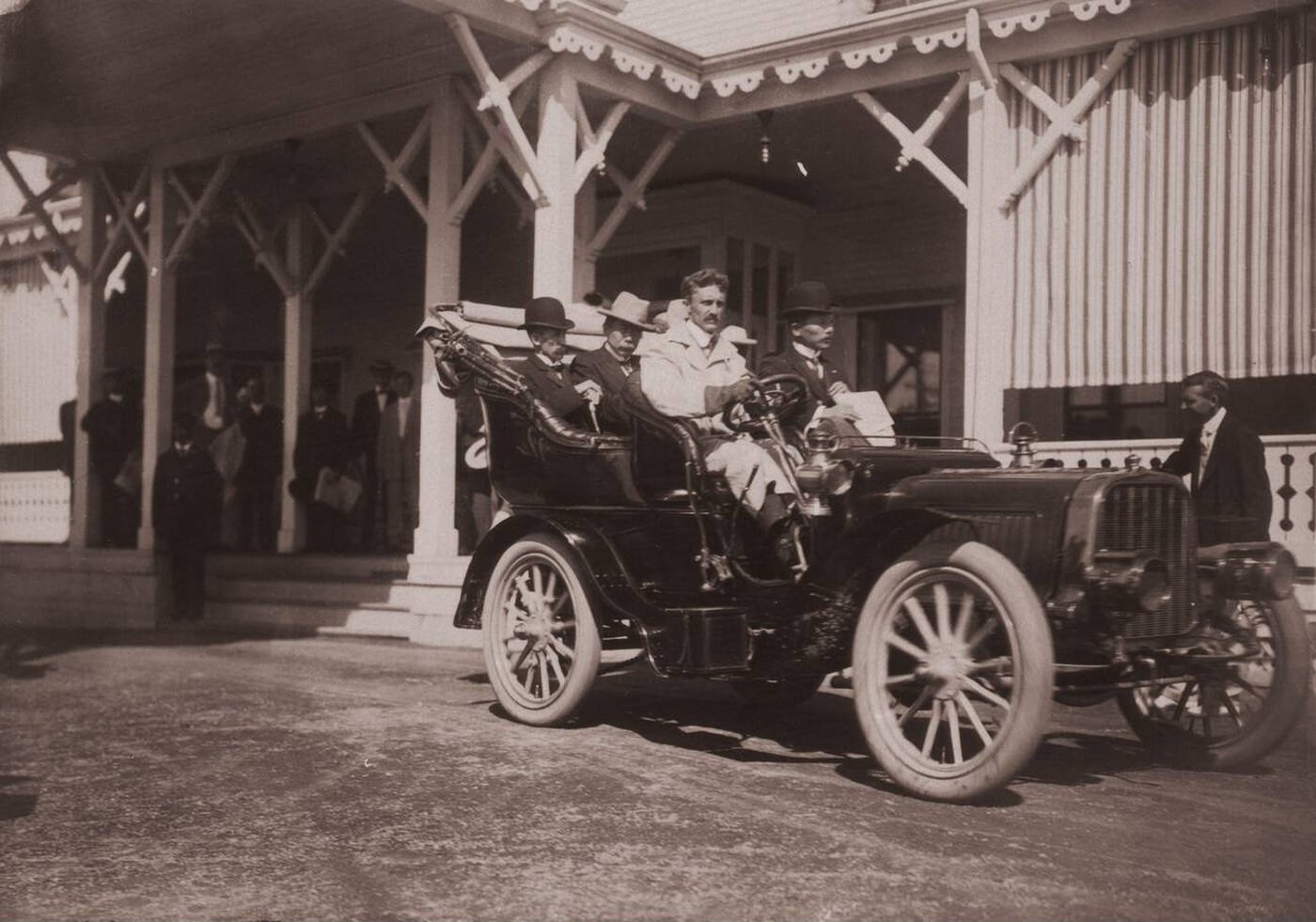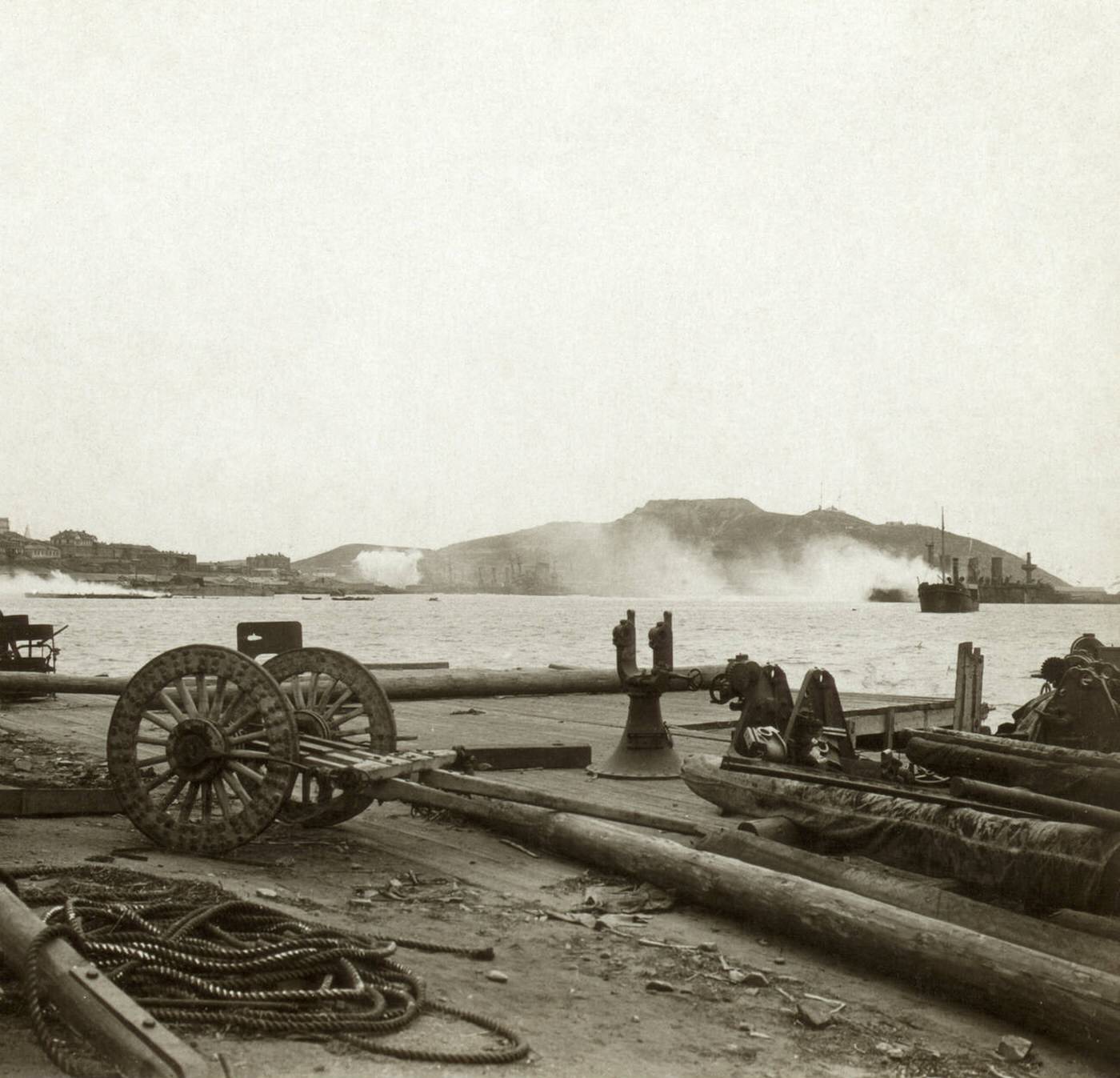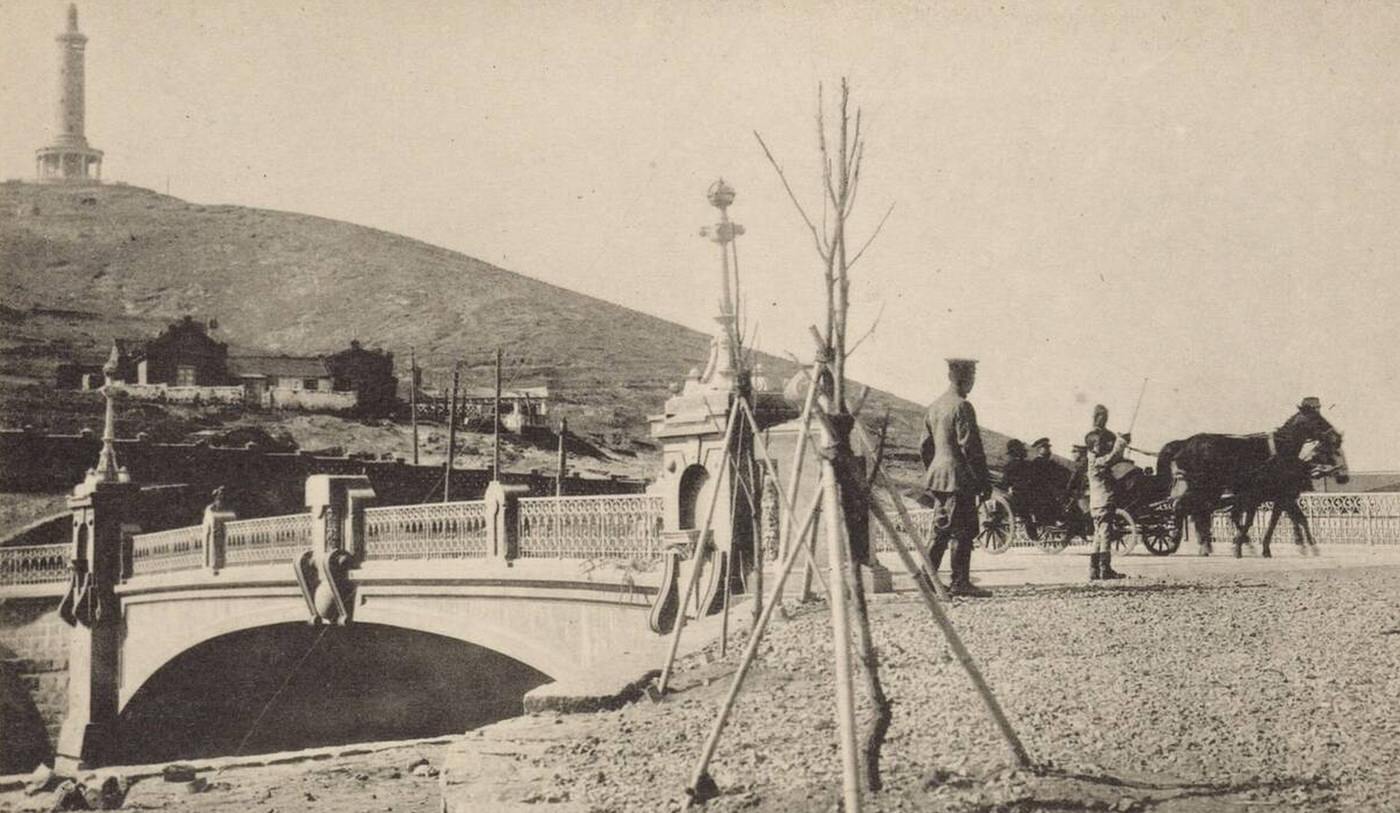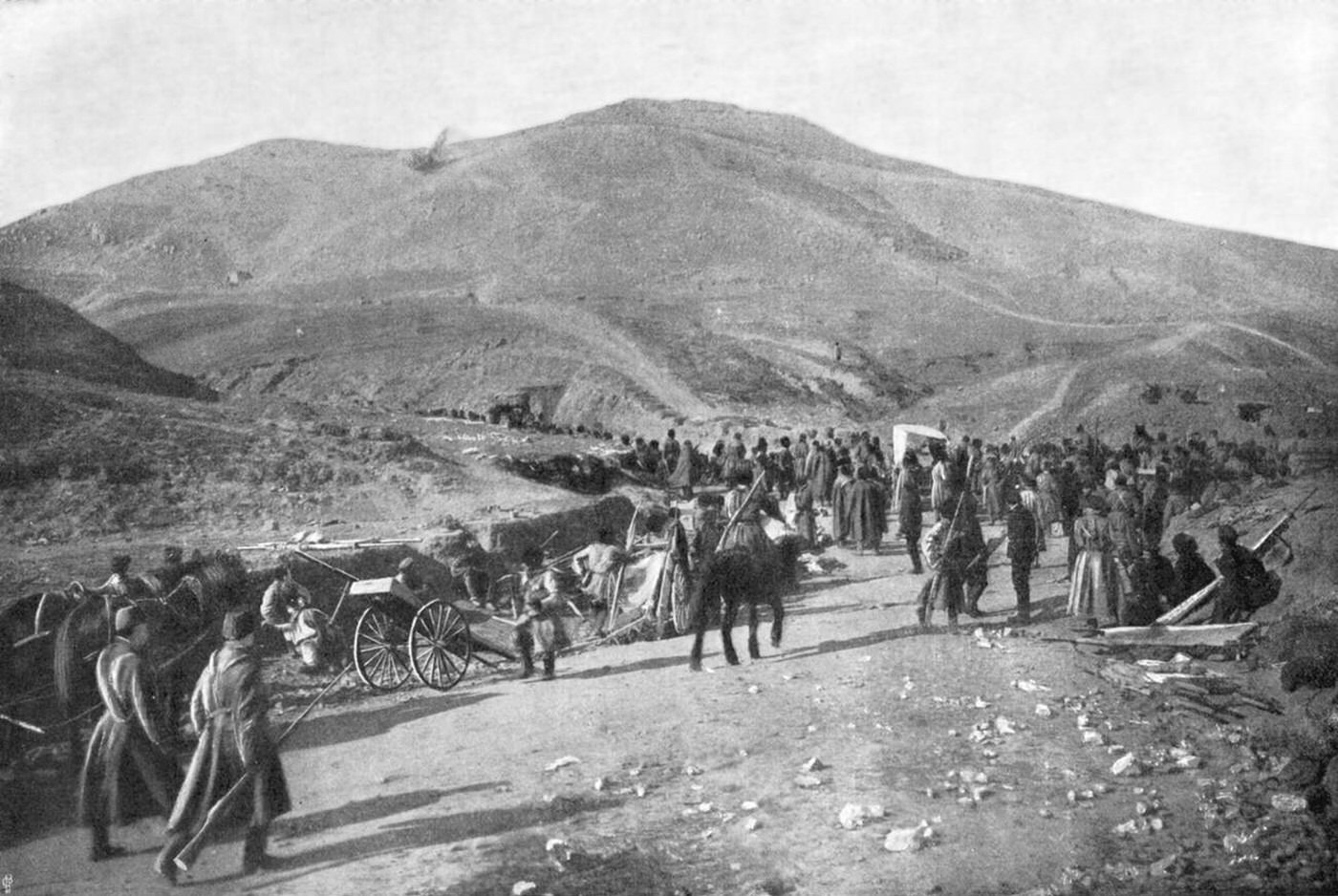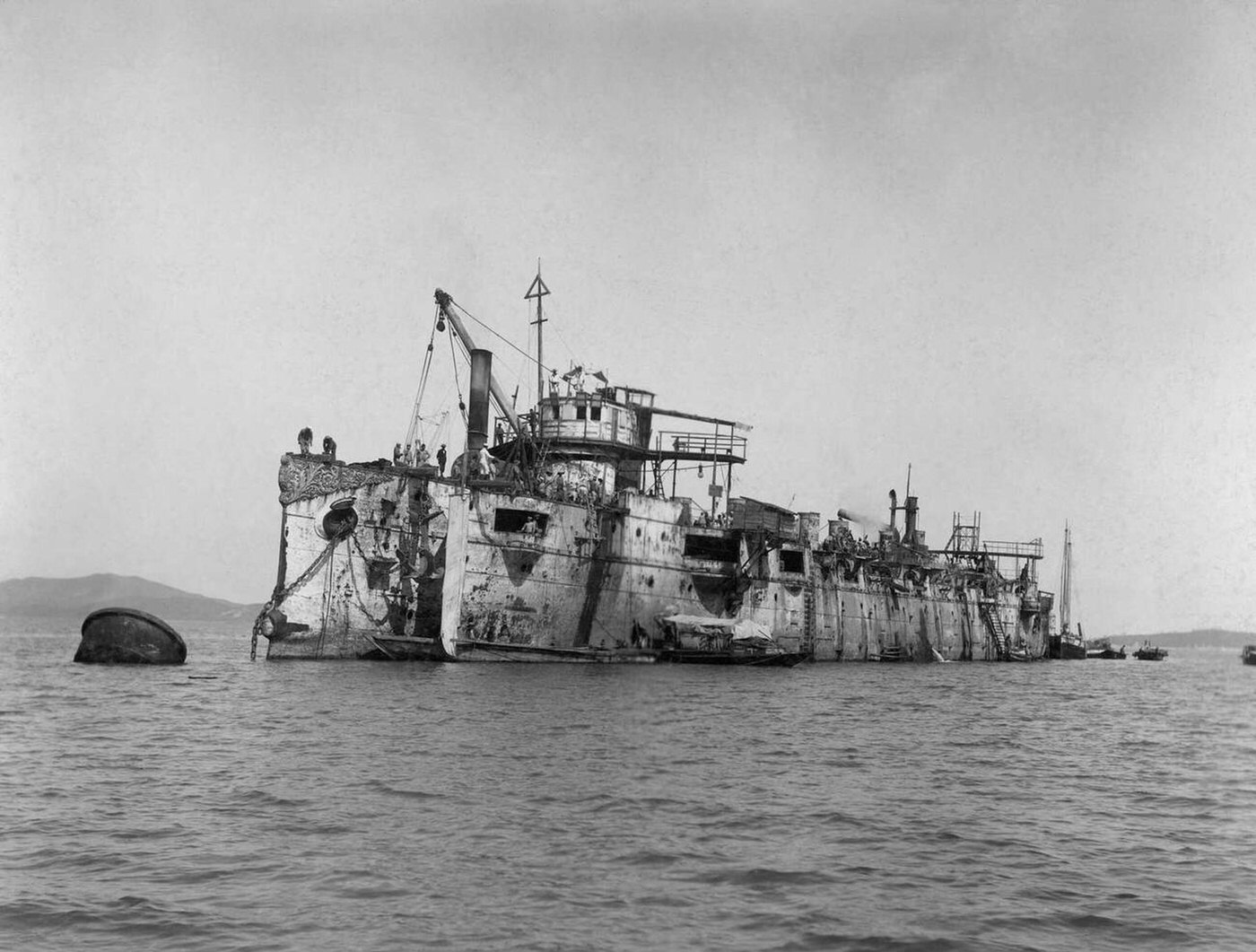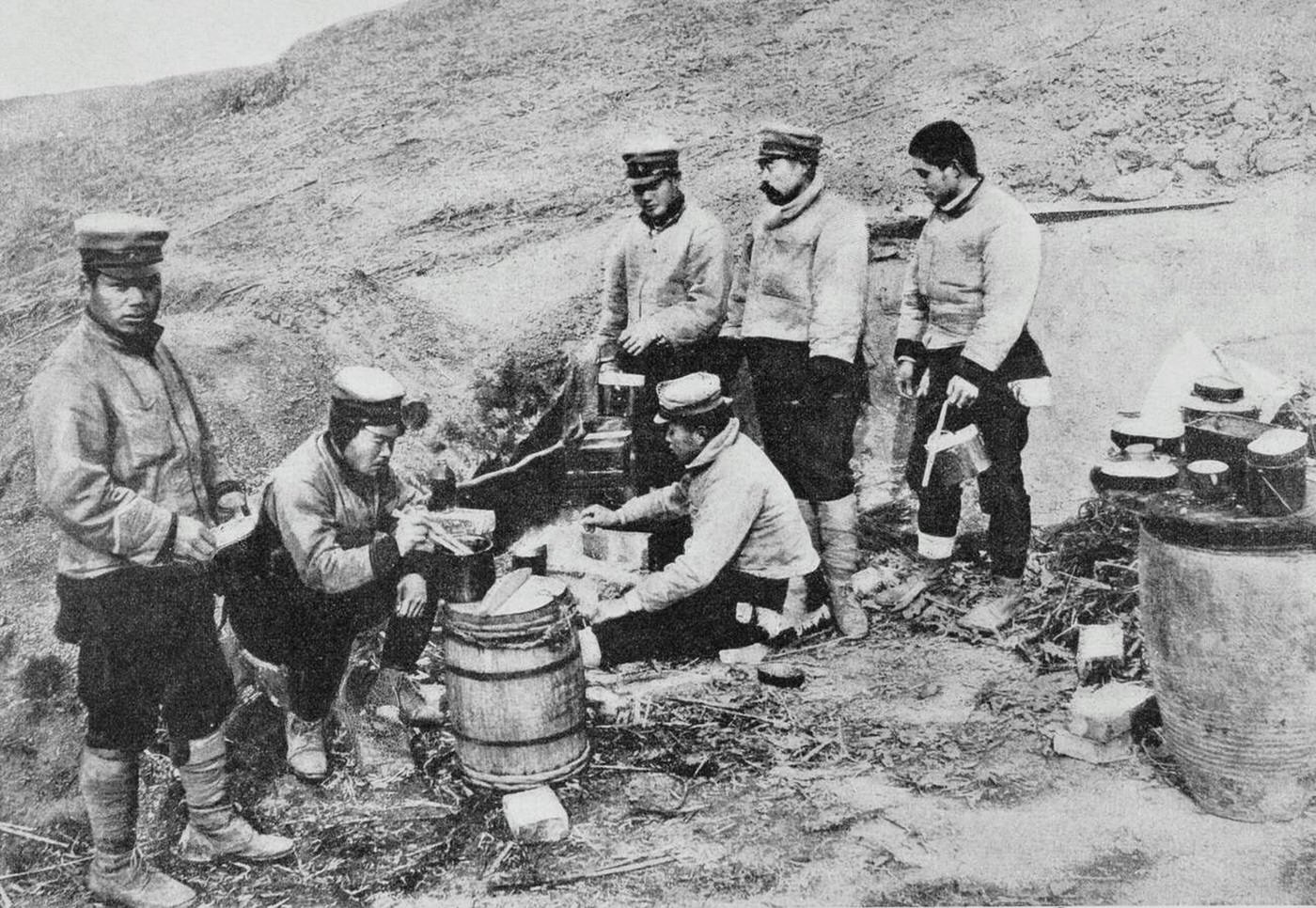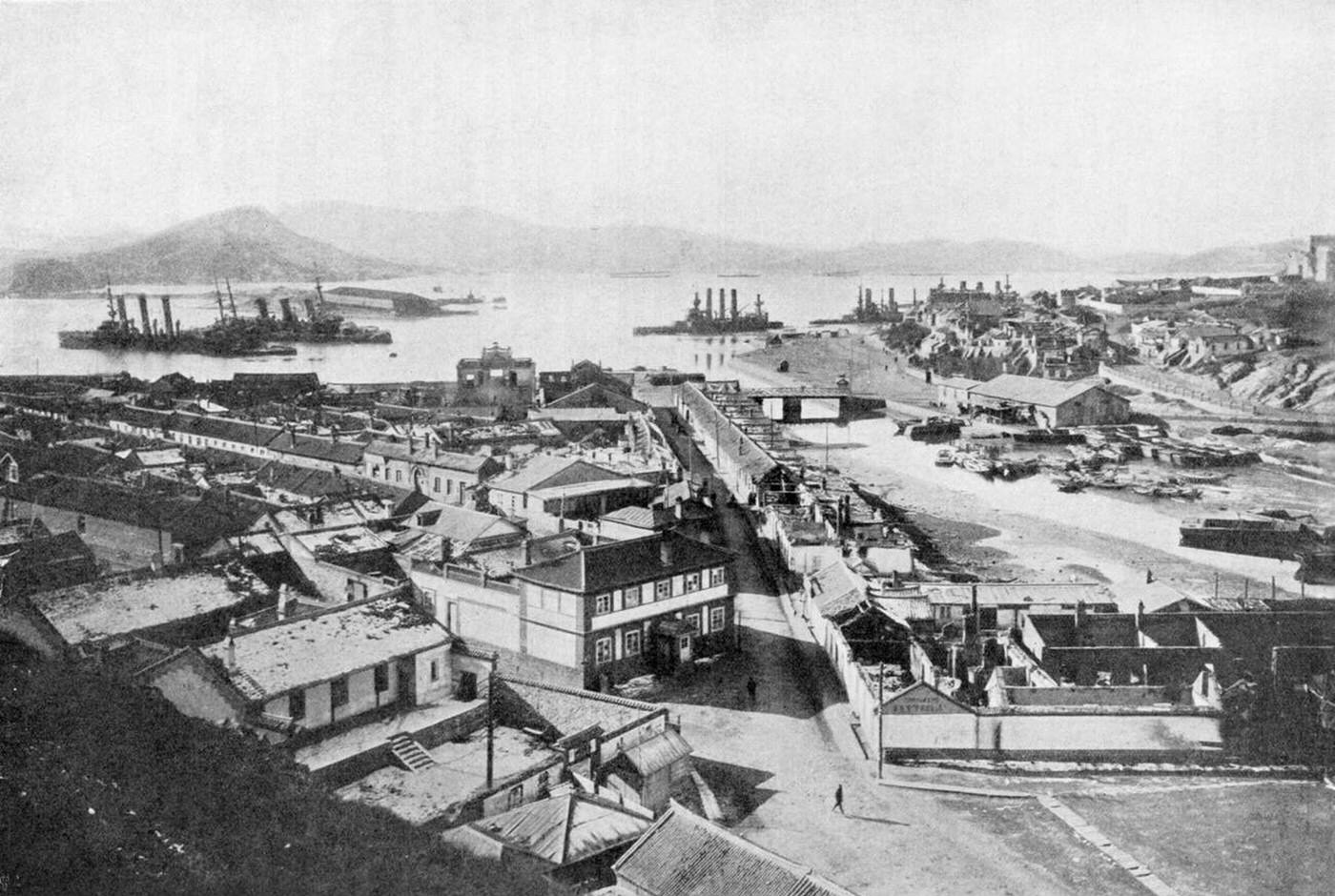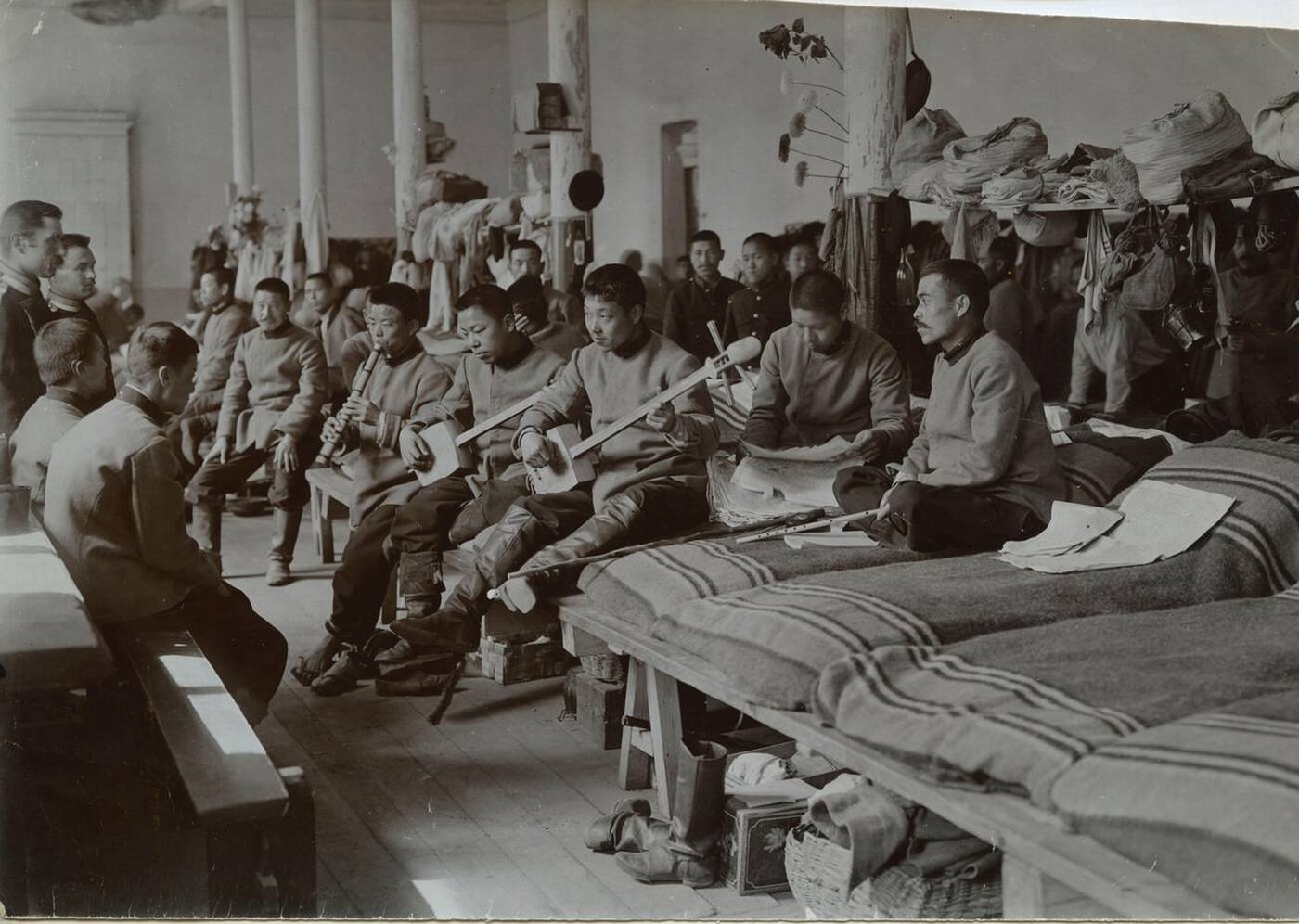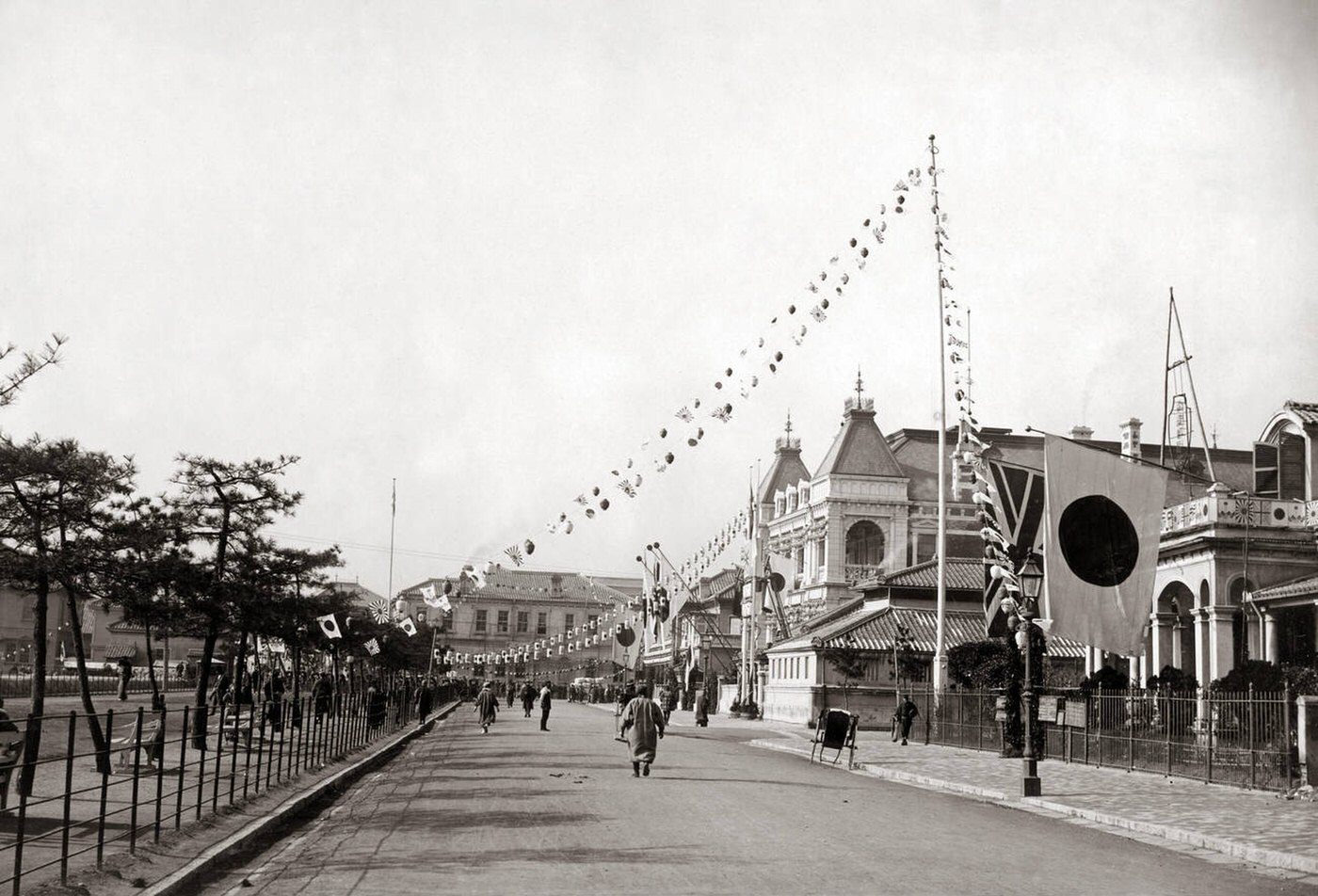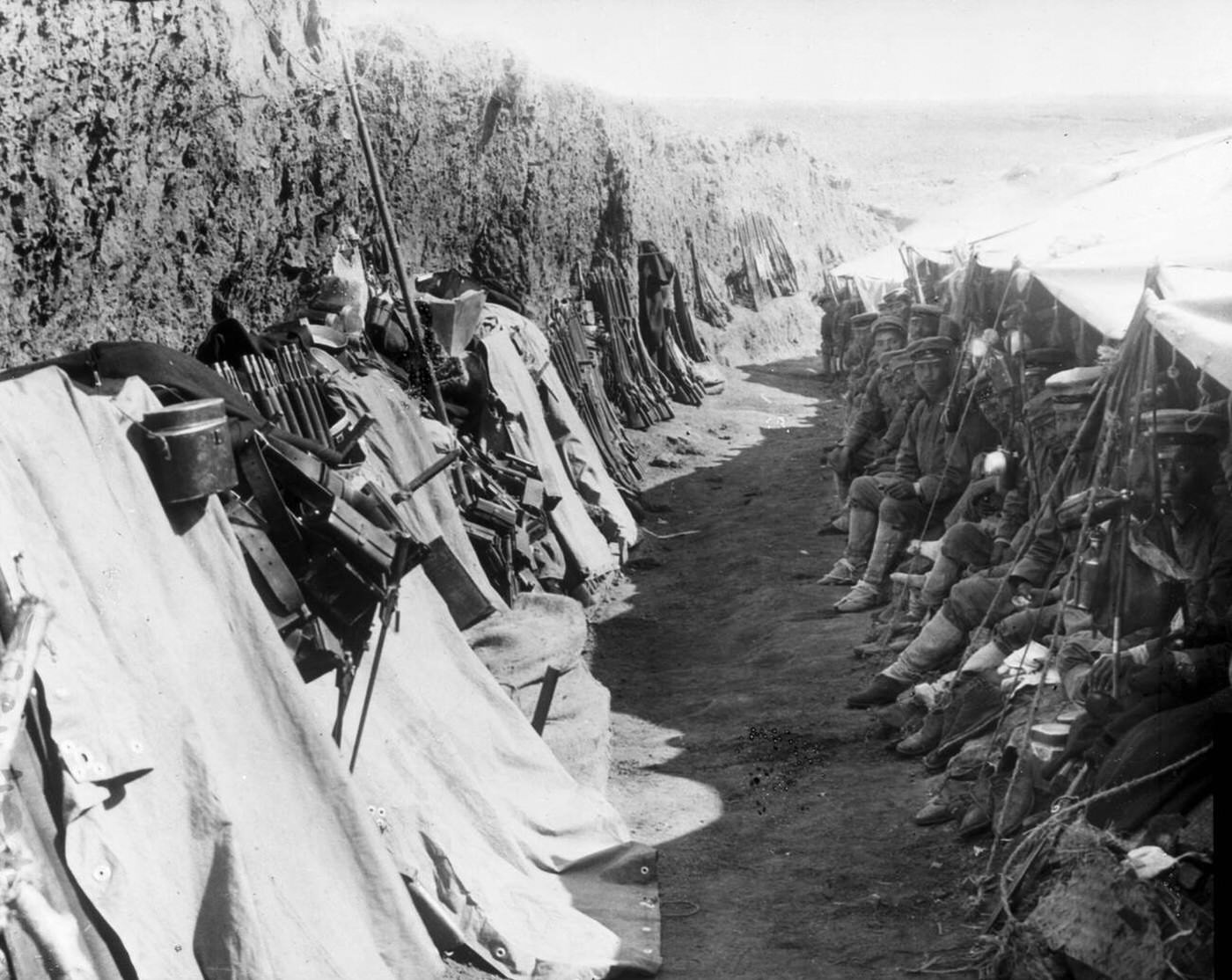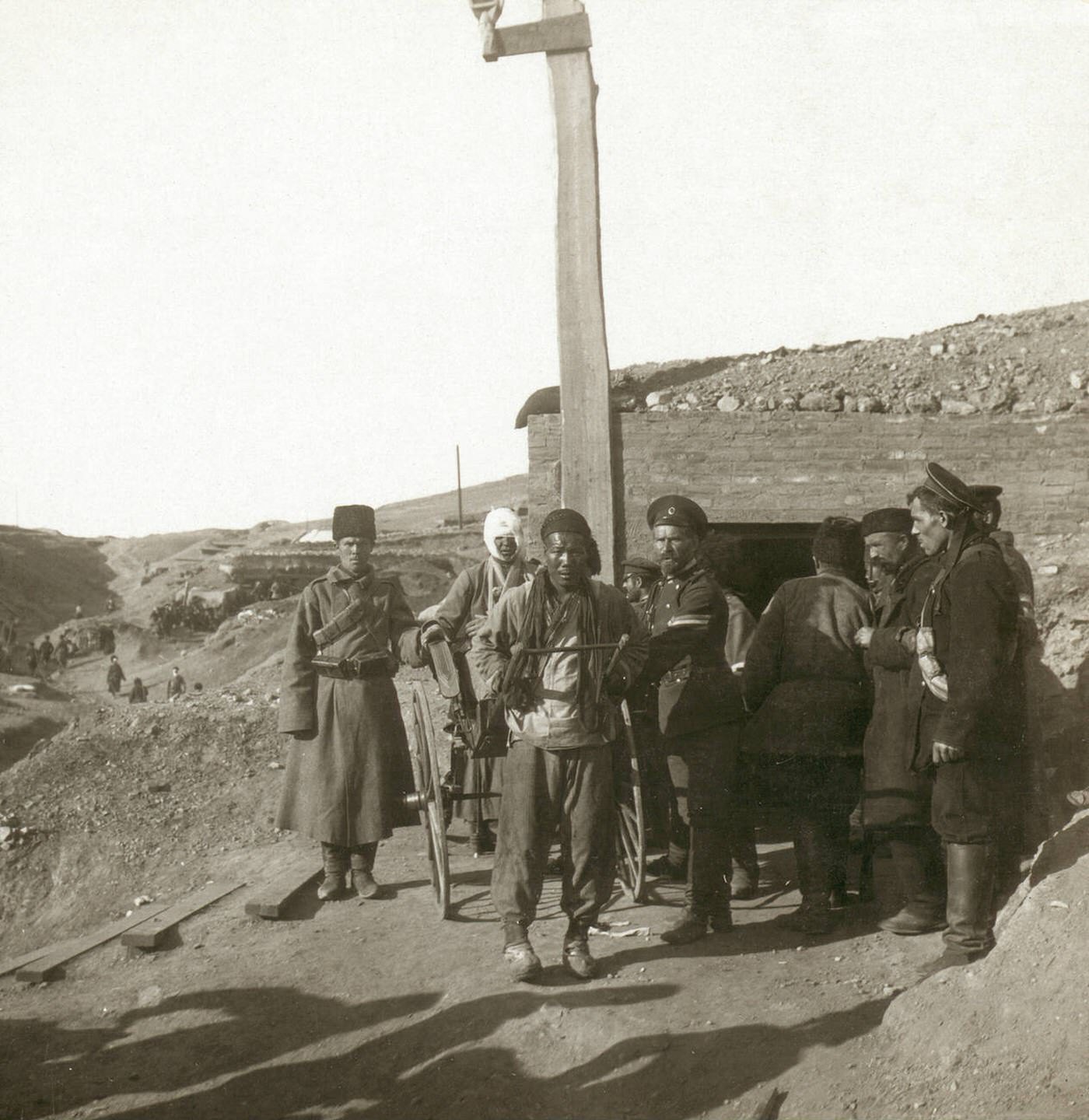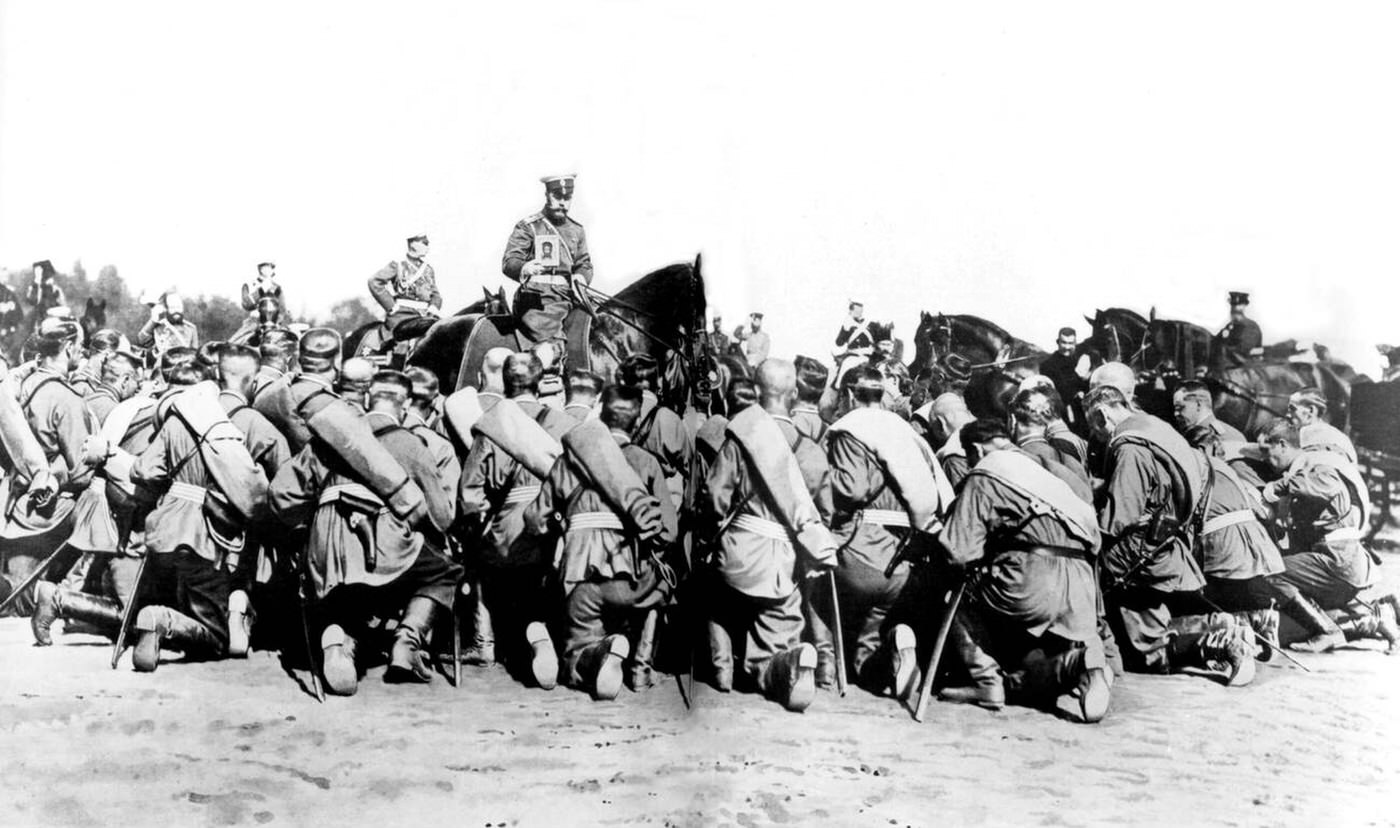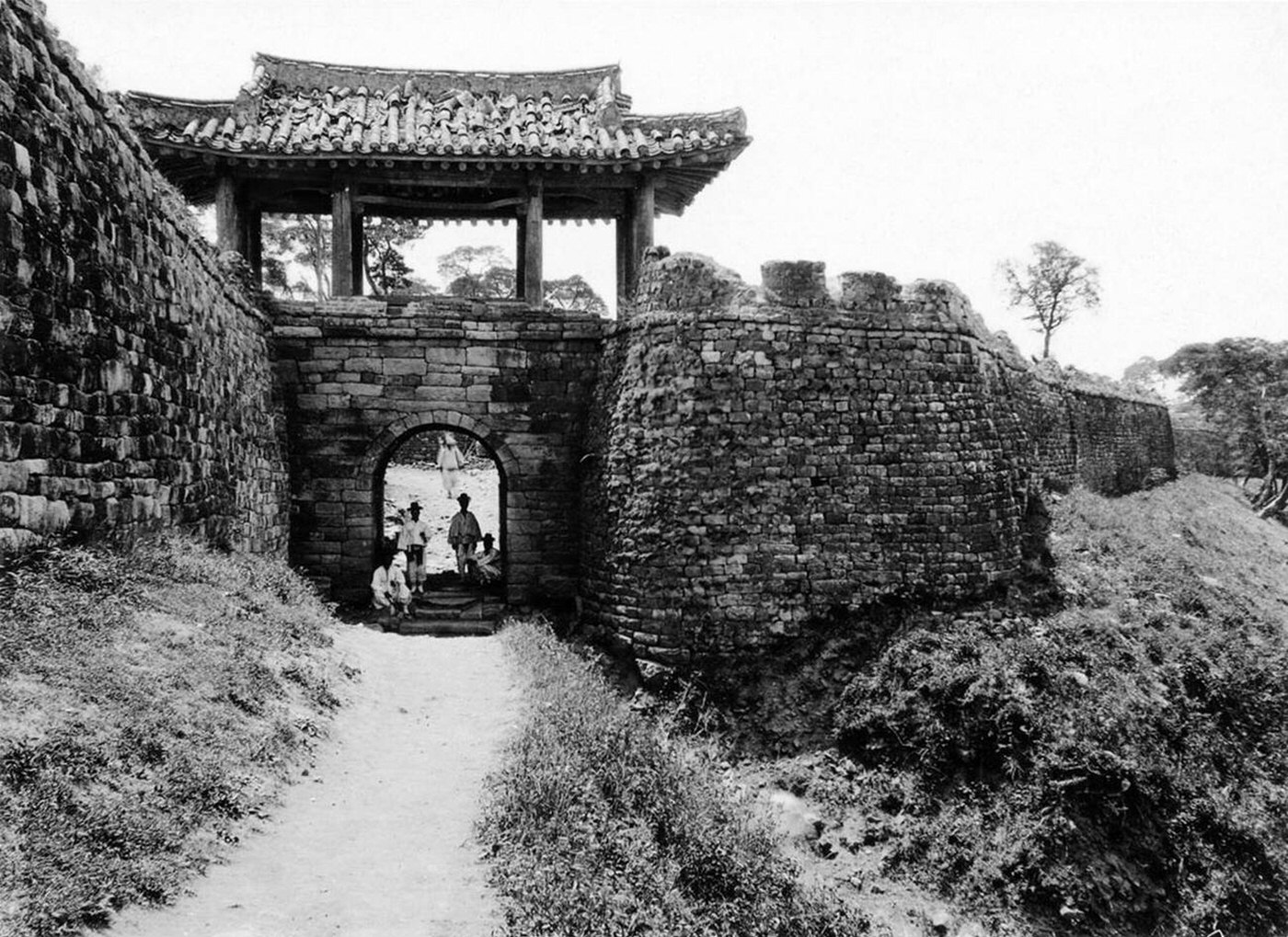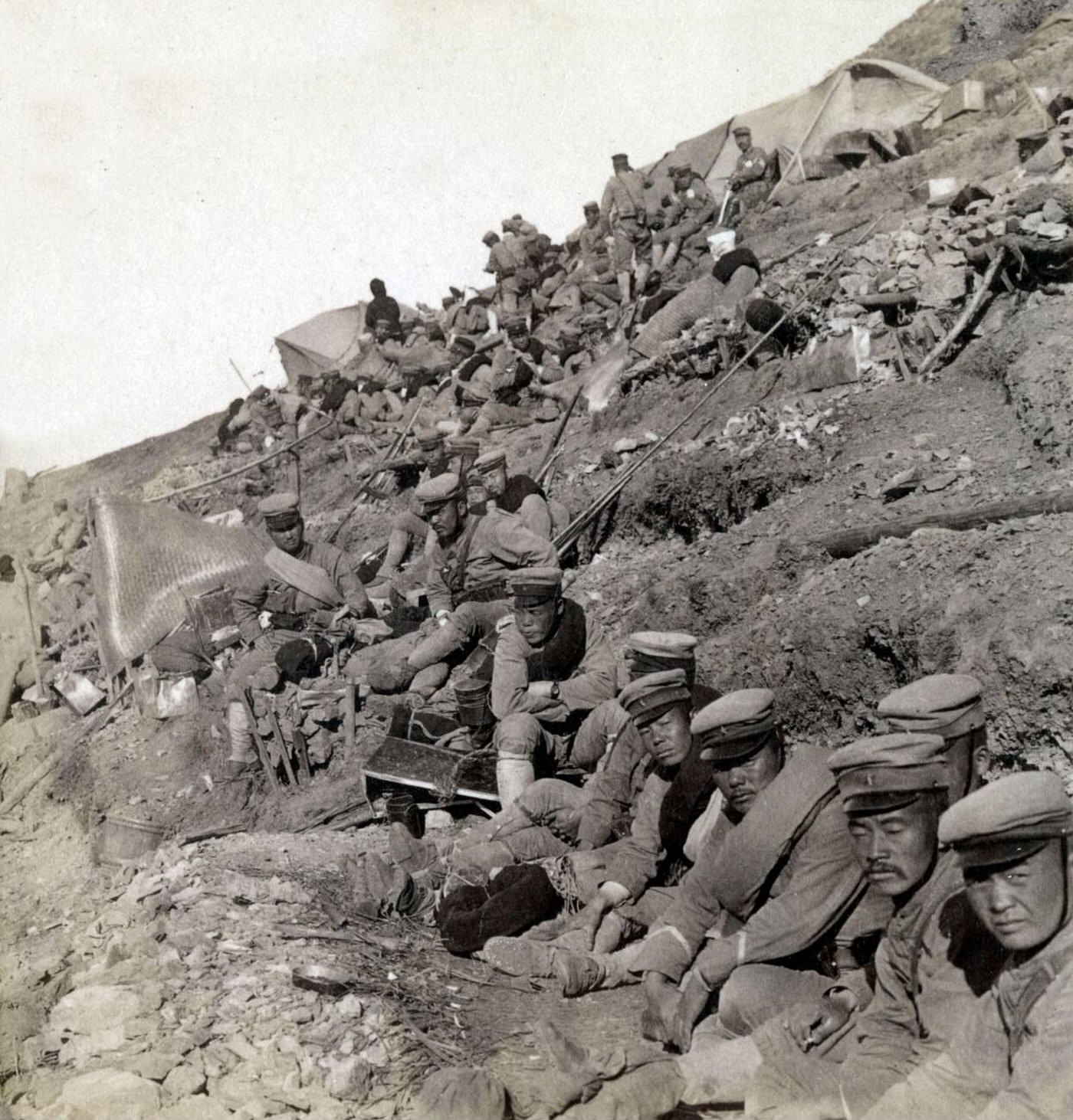At the dawn of the 20th century, two empires, one old and one new, set their sights on the same territories in Northeast Asia. The Russian Empire, under Tsar Nicholas II, sought to expand its influence and secure a warm-water port in the Pacific. The Empire of Japan, modernized and ambitious after the Meiji Restoration, aimed to establish its own dominance in the region. Their competing goals for control over Manchuria and the Korean Peninsula led directly to a military conflict that would reshape the global balance of power.
The War Begins at Port Arthur
Before any formal declaration of war, the Japanese Imperial Navy launched a surprise attack on the night of February 8, 1904. The target was the Russian Far East Fleet, anchored at Port Arthur, a strategic naval base Russia had leased from China on the Liaodong Peninsula. Japanese torpedo boats struck the Russian ships at anchor, causing significant damage to several battleships. Two days later, on February 10, Japan officially declared war on Russia.
The initial attack was followed by a Japanese naval blockade of Port Arthur, trapping the remainder of the Russian fleet. Simultaneously, Japanese ground forces landed in Korea and began to push northward, securing the peninsula and preparing to move into Manchuria. The primary objective for the Japanese army was to capture the heavily fortified city of Port Arthur from the landward side.
Read more
The Siege and Major Land Battles
The Siege of Port Arthur became one of the defining struggles of the war. Beginning in August 1904, Japanese forces under the command of General Nogi Maresuke launched a series of direct, costly assaults against the Russian defensive lines. The Russians had built a network of trenches, machine-gun nests, and artillery positions on the hills surrounding the city.
The fighting involved brutal trench warfare, with both sides using modern weapons like rapid-firing artillery and Maxim guns. Japanese soldiers made repeated, bloody charges against fortified positions like 203 Meter Hill. After months of heavy fighting and immense casualties on both sides, the Japanese captured this key hill in December 1904. From this vantage point, their artillery could directly target the Russian warships still in the harbor, sinking what remained of the fleet. The Russian defenders of Port Arthur officially surrendered on January 2, 1905.
While the siege was ongoing, another major land battle unfolded. The Battle of Mukden, fought from late February to early March 1905, was one of the largest land battles the world had seen up to that point. Nearly 330,000 Japanese soldiers faced off against 275,000 Russian troops. The Russian army, led by General Aleksey Kuropatkin, was ultimately outmaneuvered and defeated, forced into a disorganized retreat.
The Decisive Naval Battle of Tsushima
With its Far East Fleet destroyed, Russia made a final, desperate move to regain control of the seas. It dispatched its Baltic Fleet, which sailed for seven months over 18,000 nautical miles from Europe to Asia. The Russian fleet, under the command of Admiral Zinovy Rozhestvensky, consisted of a mix of modern and outdated warships.
The Japanese Imperial Navy, led by Admiral Togo Heihachiro, was prepared. The Japanese fleet was more modern, its crews were better trained, and its ships were faster. On May 27, 1905, the two fleets met in the Tsushima Strait, the body of water between Korea and Japan.
In the ensuing Battle of Tsushima, the Japanese navy achieved a decisive victory. Admiral Togo executed a maneuver known as “crossing the T,” which allowed his battleships to fire their full broadsides at the lead Russian ships, while the Russian fleet could only bring its forward guns to bear. Over two days, the Russian Baltic Fleet was annihilated. Of the 38 Russian ships that entered the battle, 21 were sunk, and seven were captured. The Japanese lost only three torpedo boats.
The Treaty of Portsmouth
The catastrophic defeat at Tsushima, combined with the loss at Mukden and growing unrest back home, forced Russia to seek peace. U.S. President Theodore Roosevelt mediated the negotiations, which took place in Portsmouth, New Hampshire.
The Treaty of Portsmouth was signed on September 5, 1905. Under its terms, Russia recognized Japan’s paramount interests in Korea. Russia also agreed to cede the southern half of Sakhalin Island to Japan and transfer its lease on Port Arthur and the Liaodong Peninsula. Both nations agreed to evacuate their troops from Manchuria, returning it to Chinese control, though Japan maintained significant influence there.


